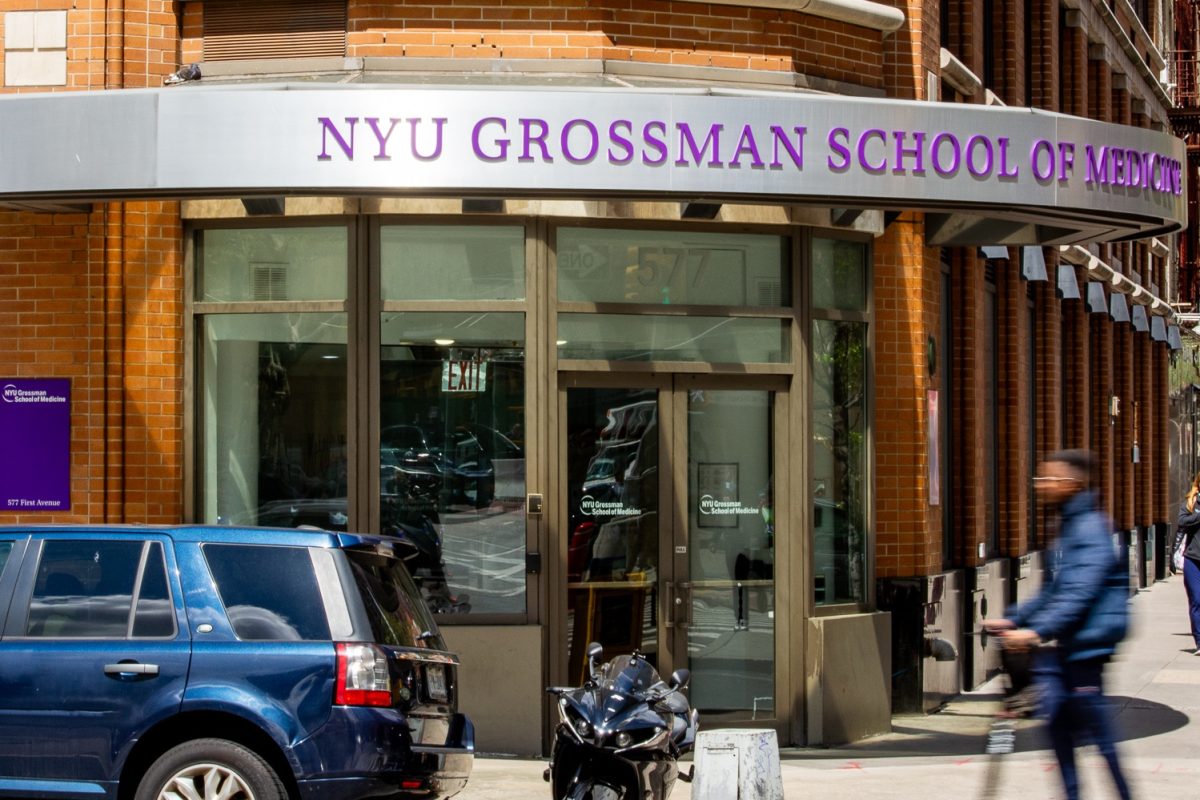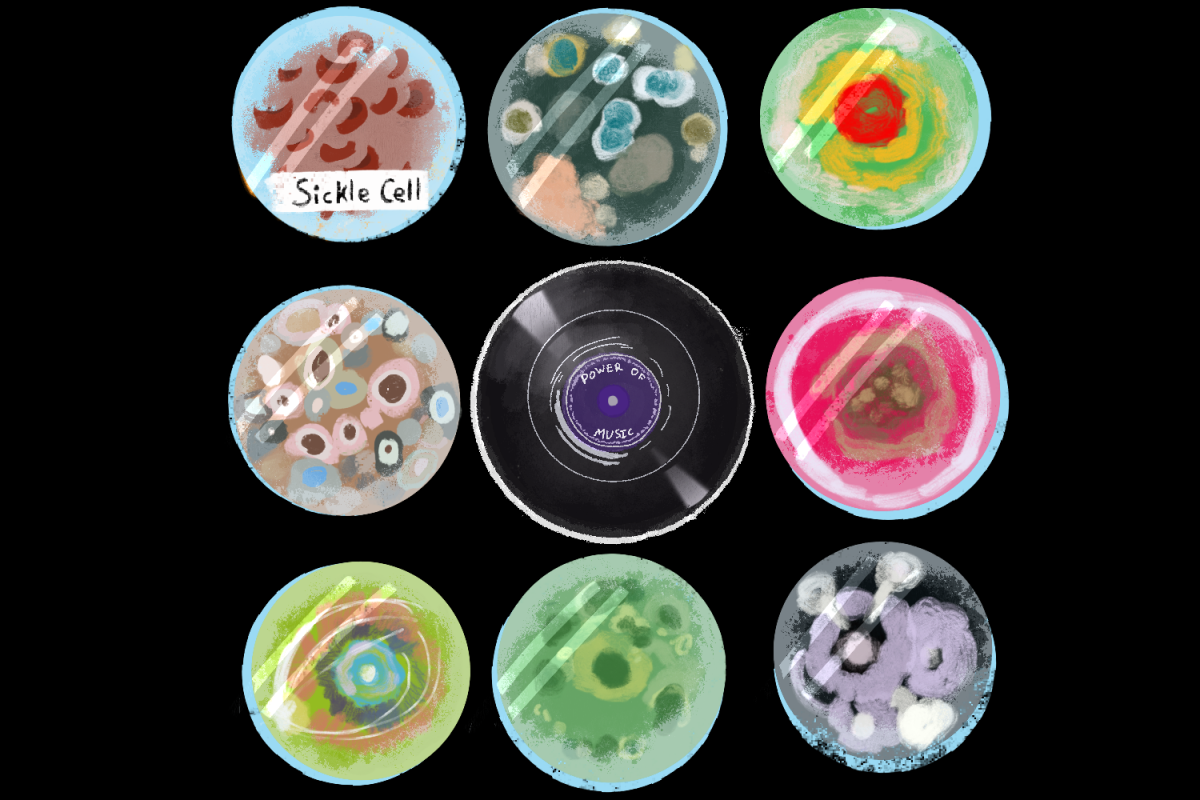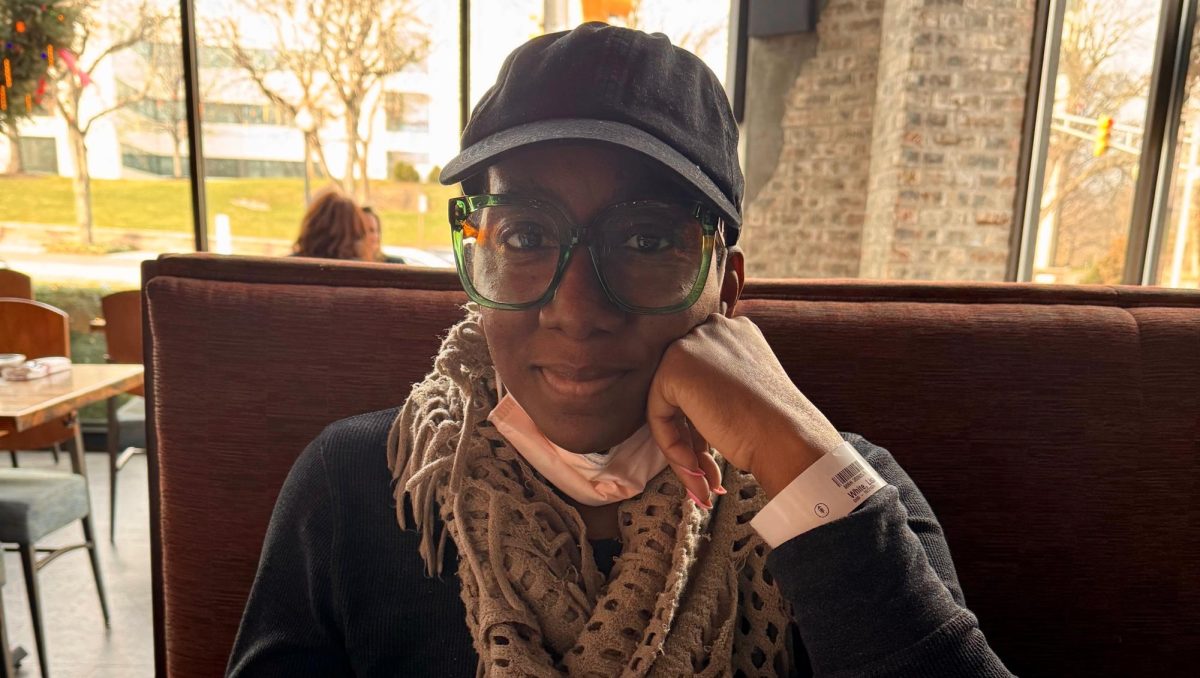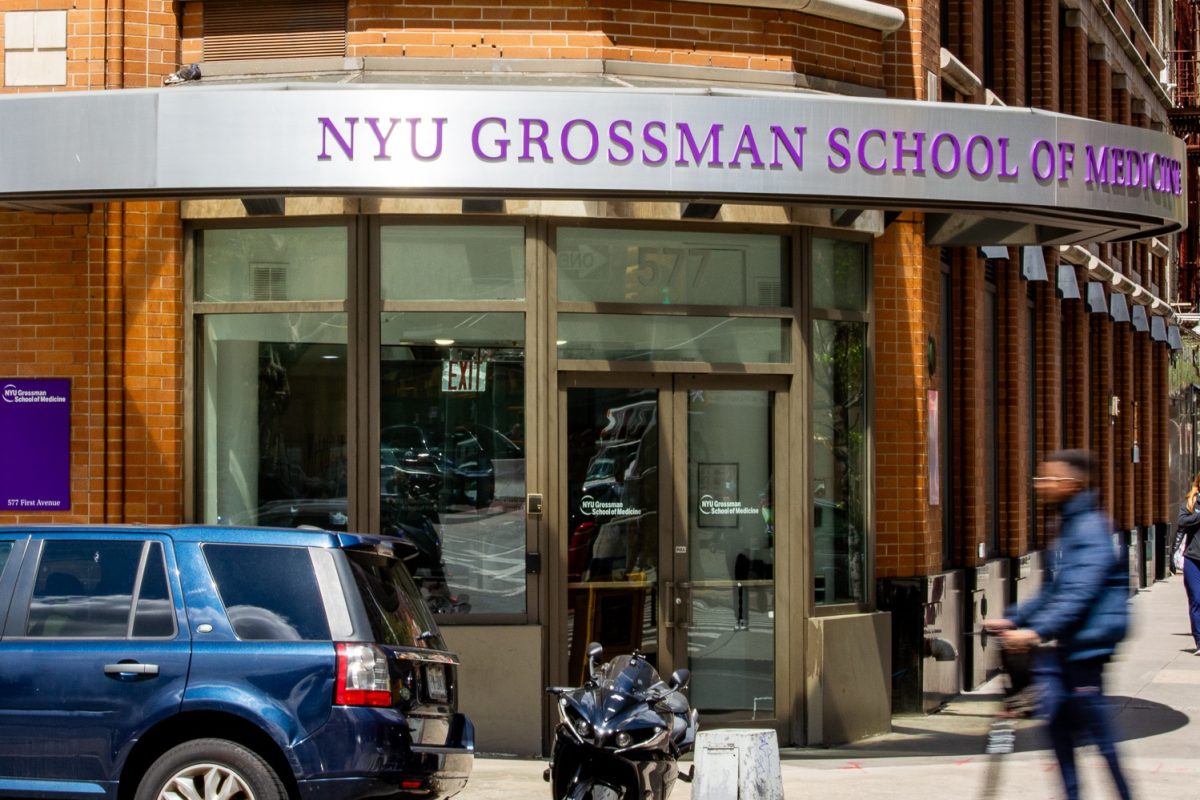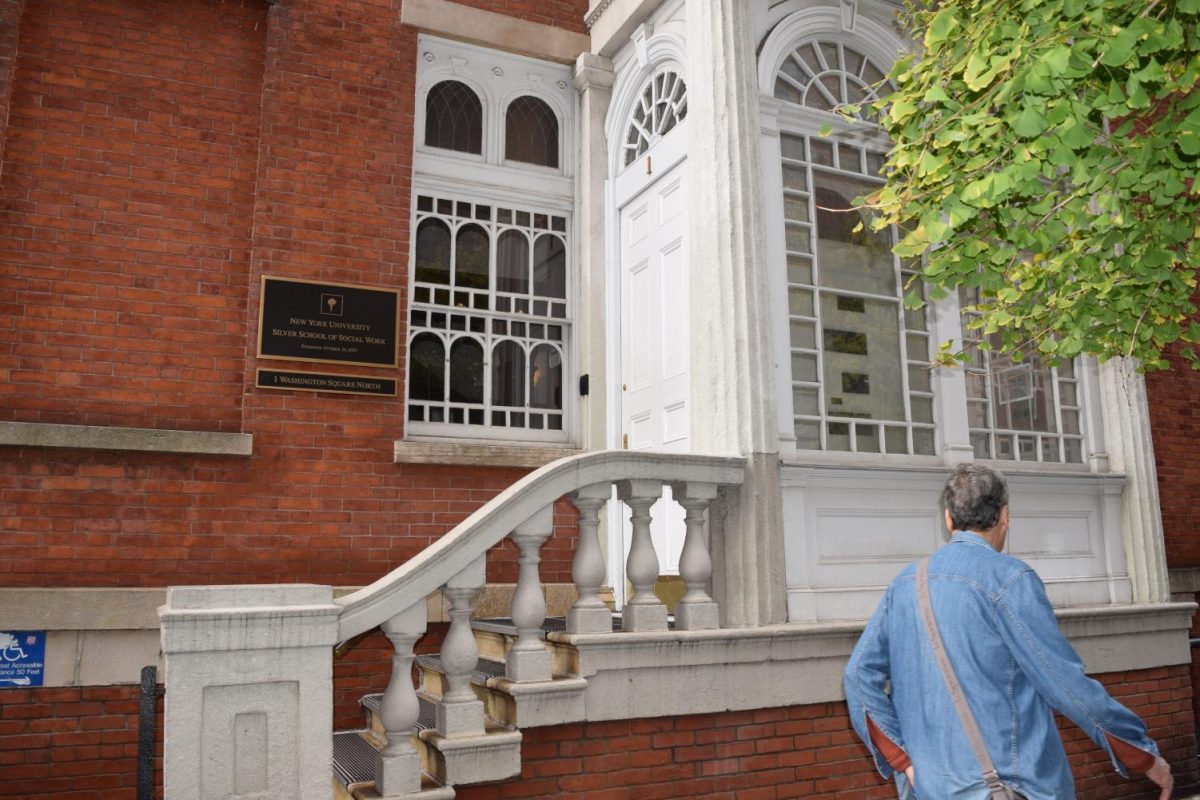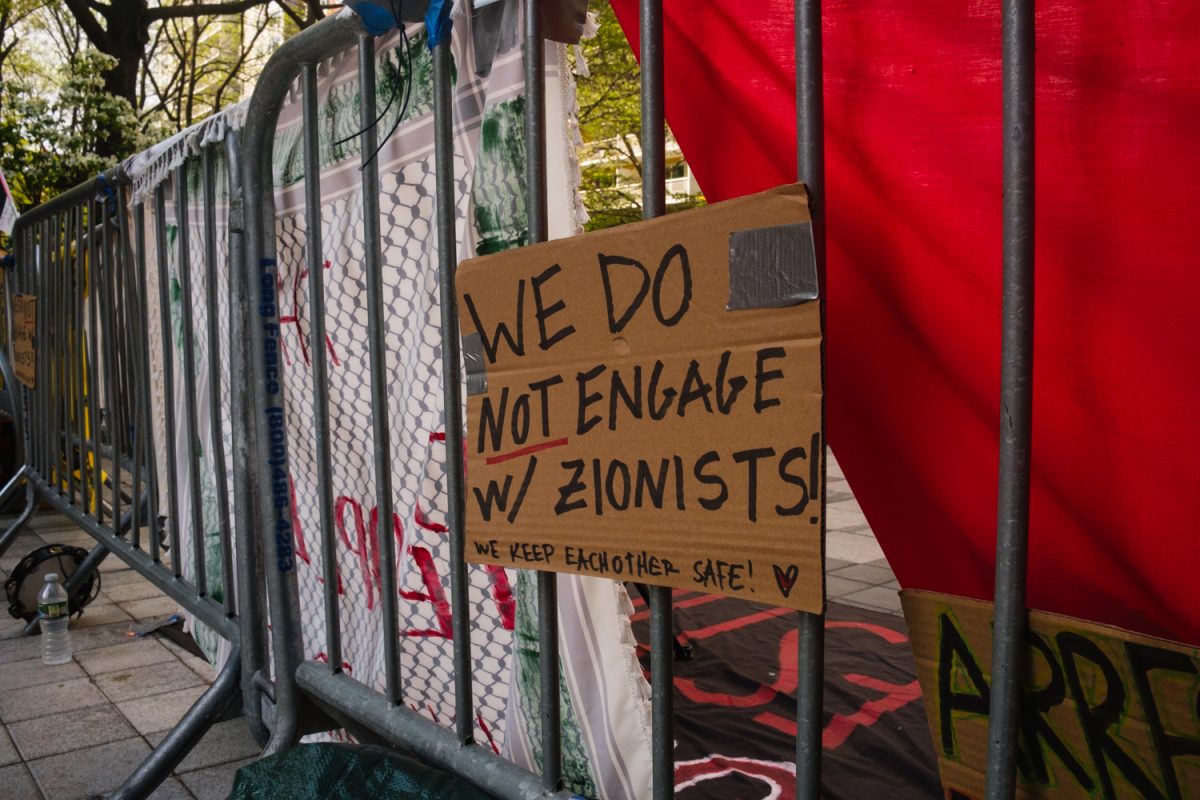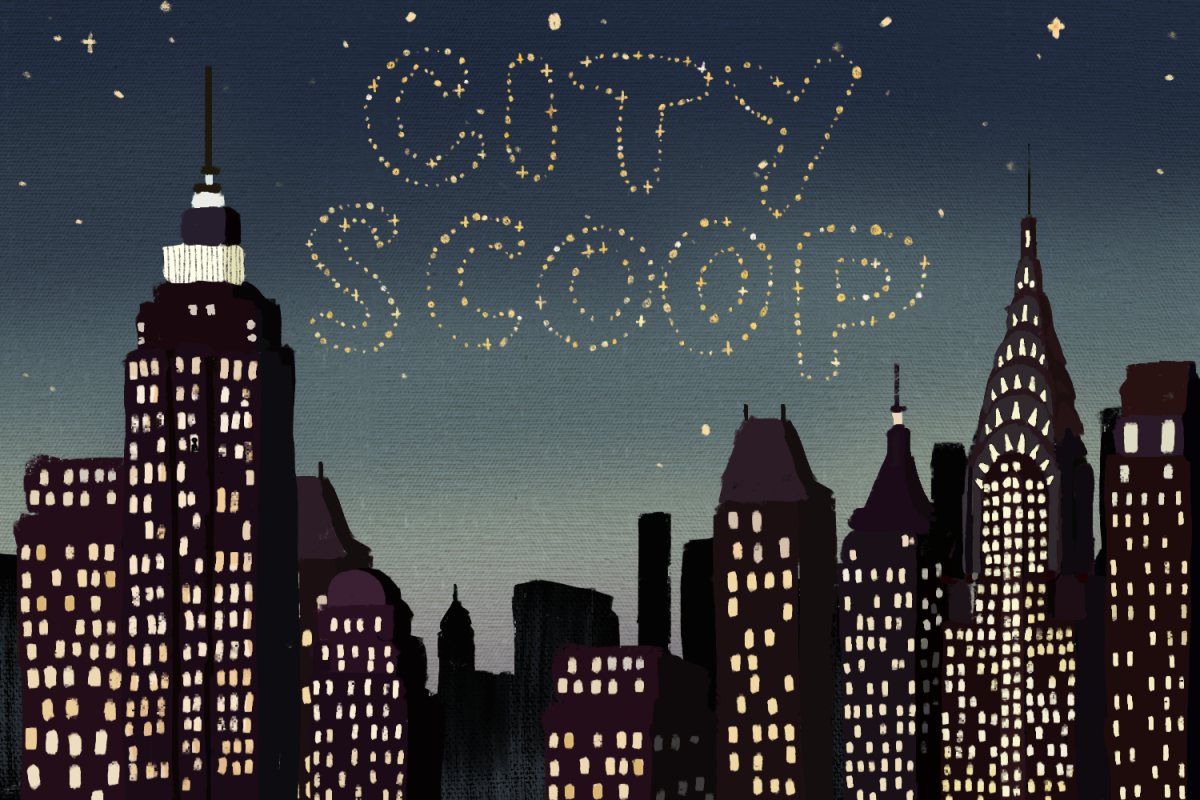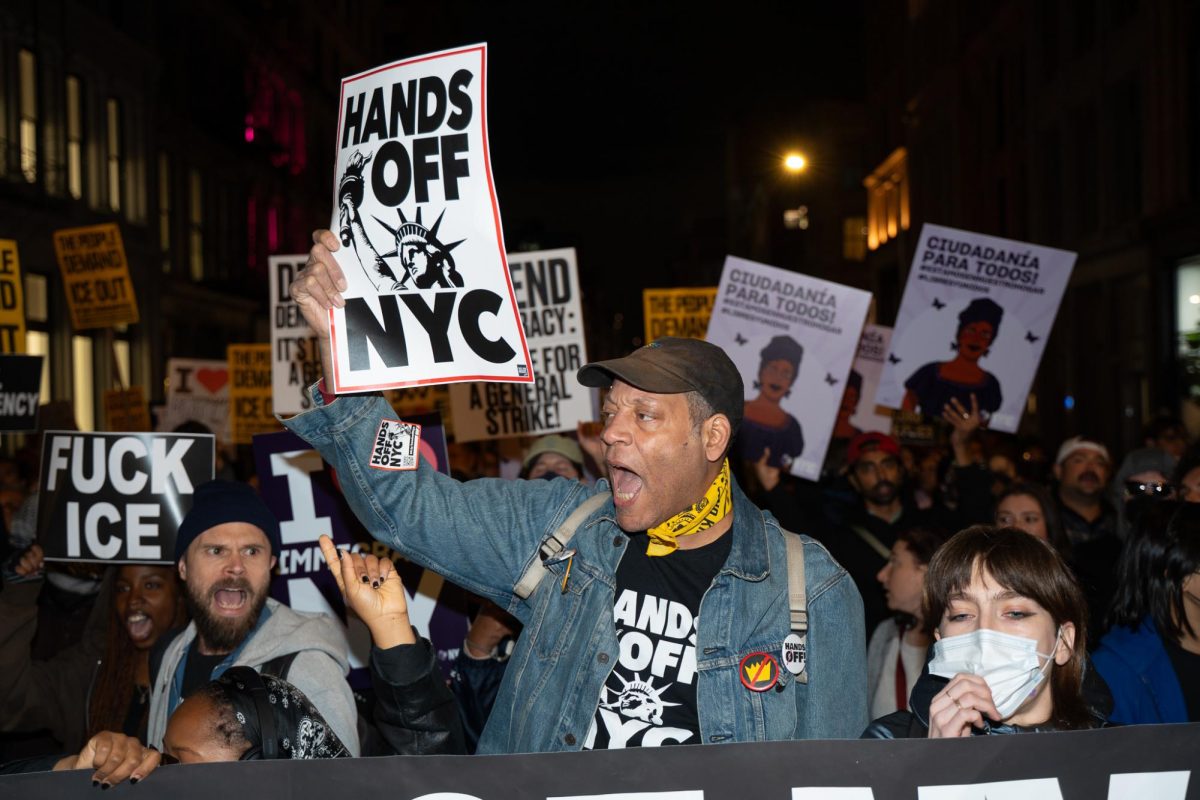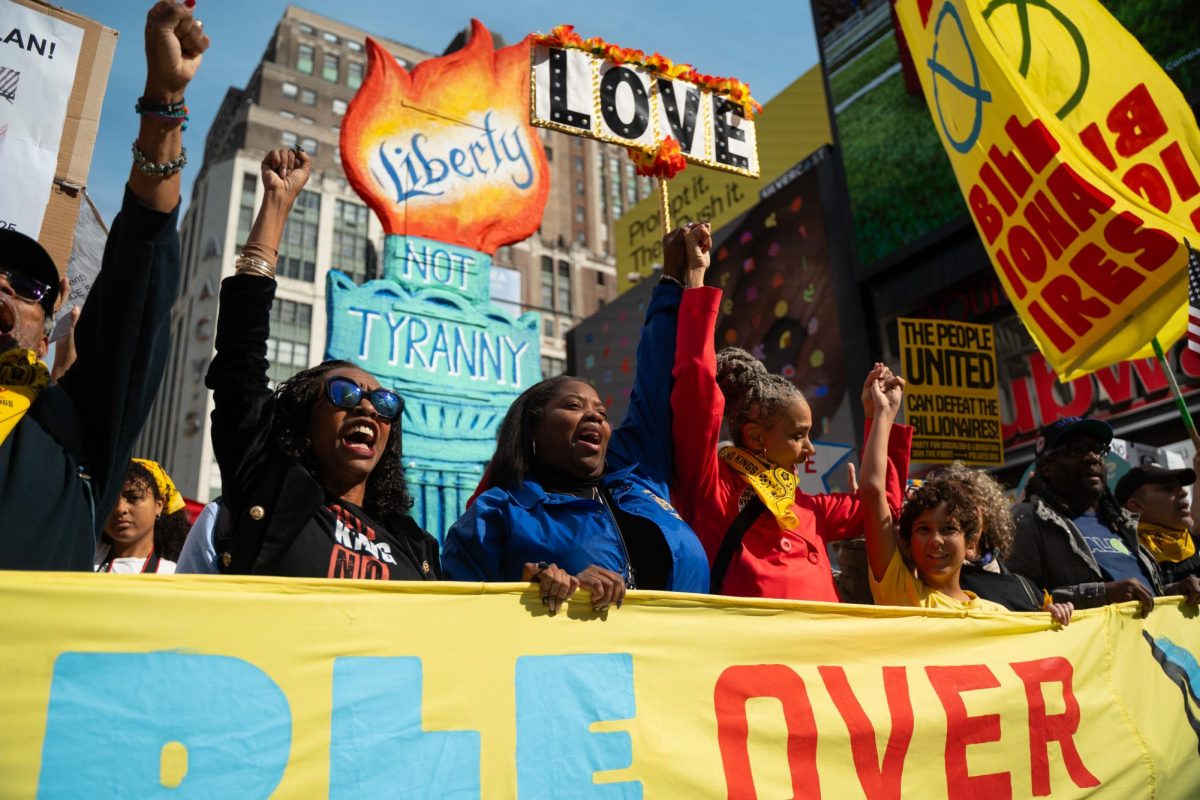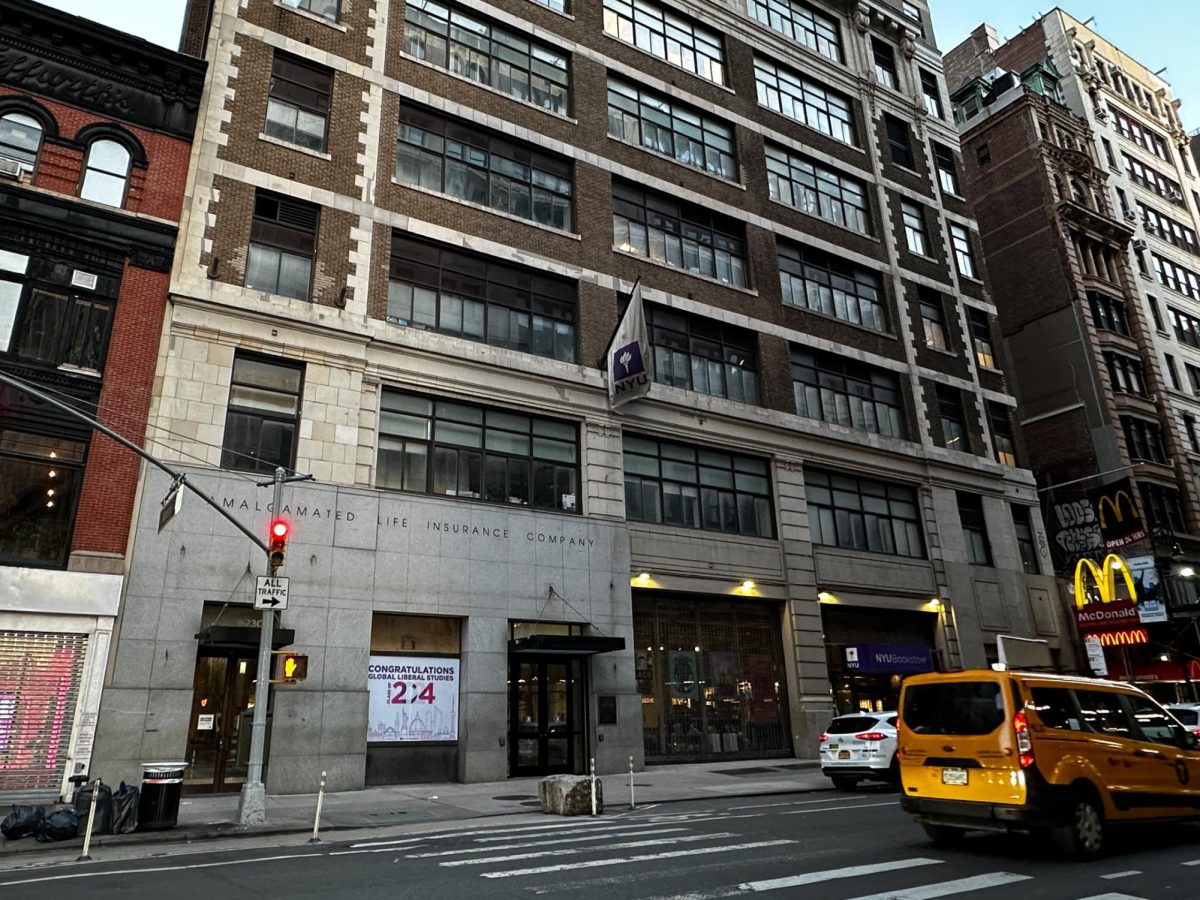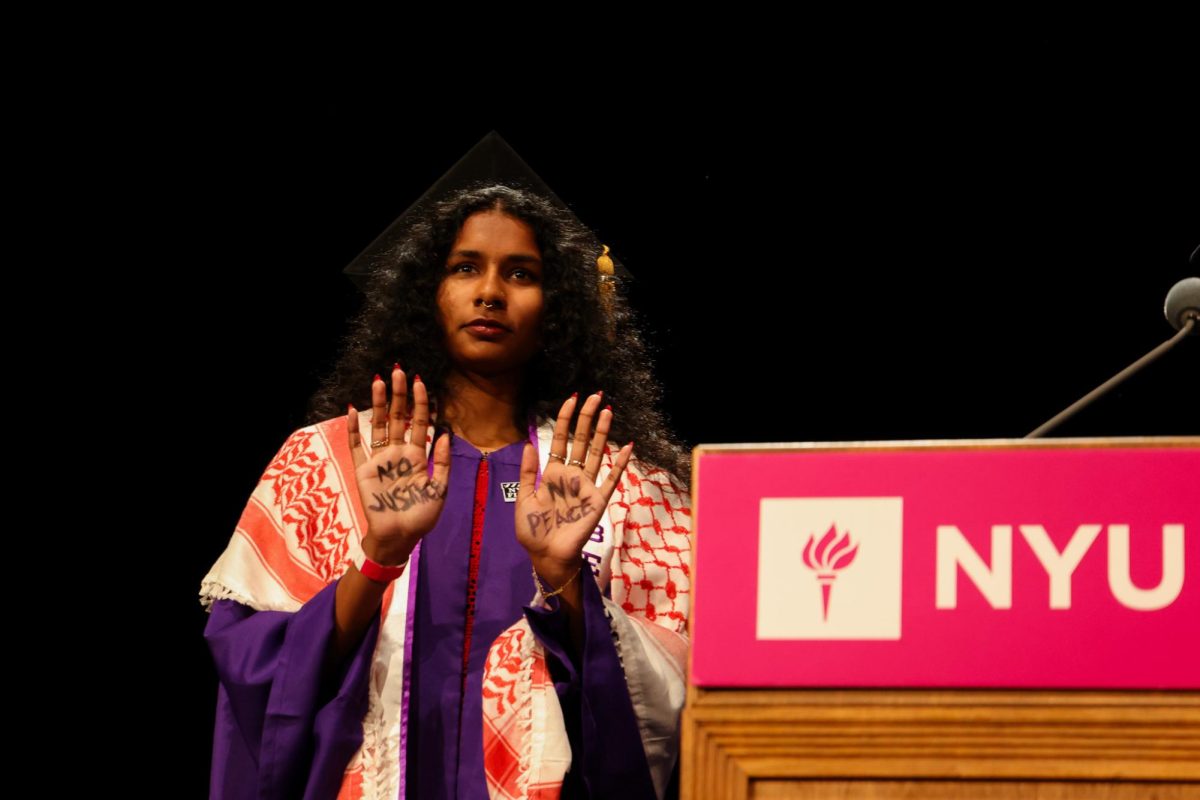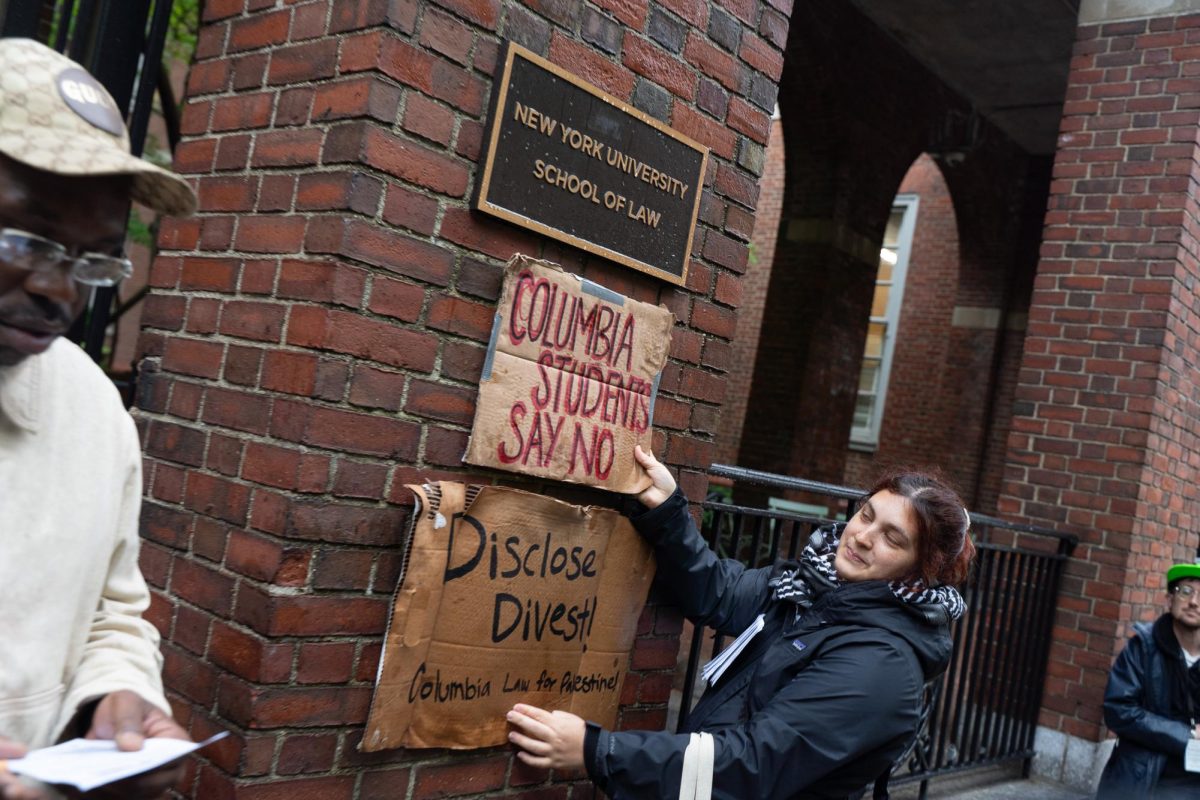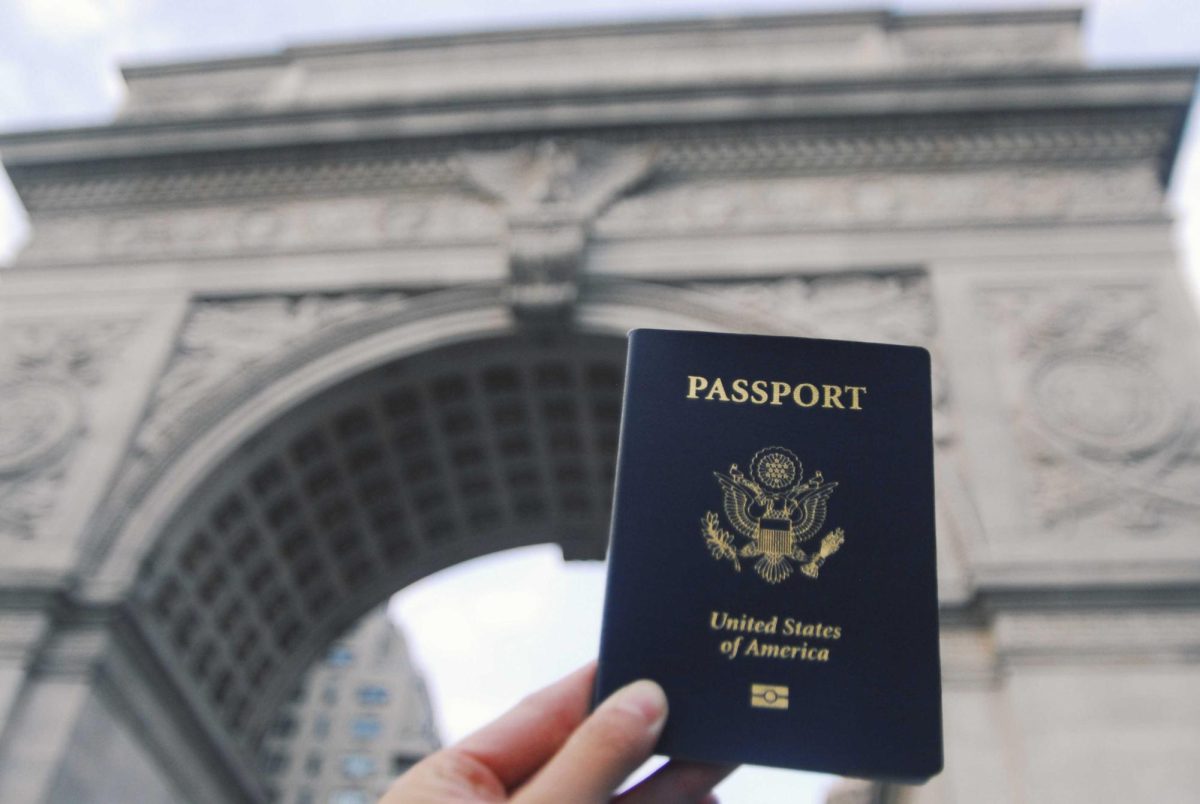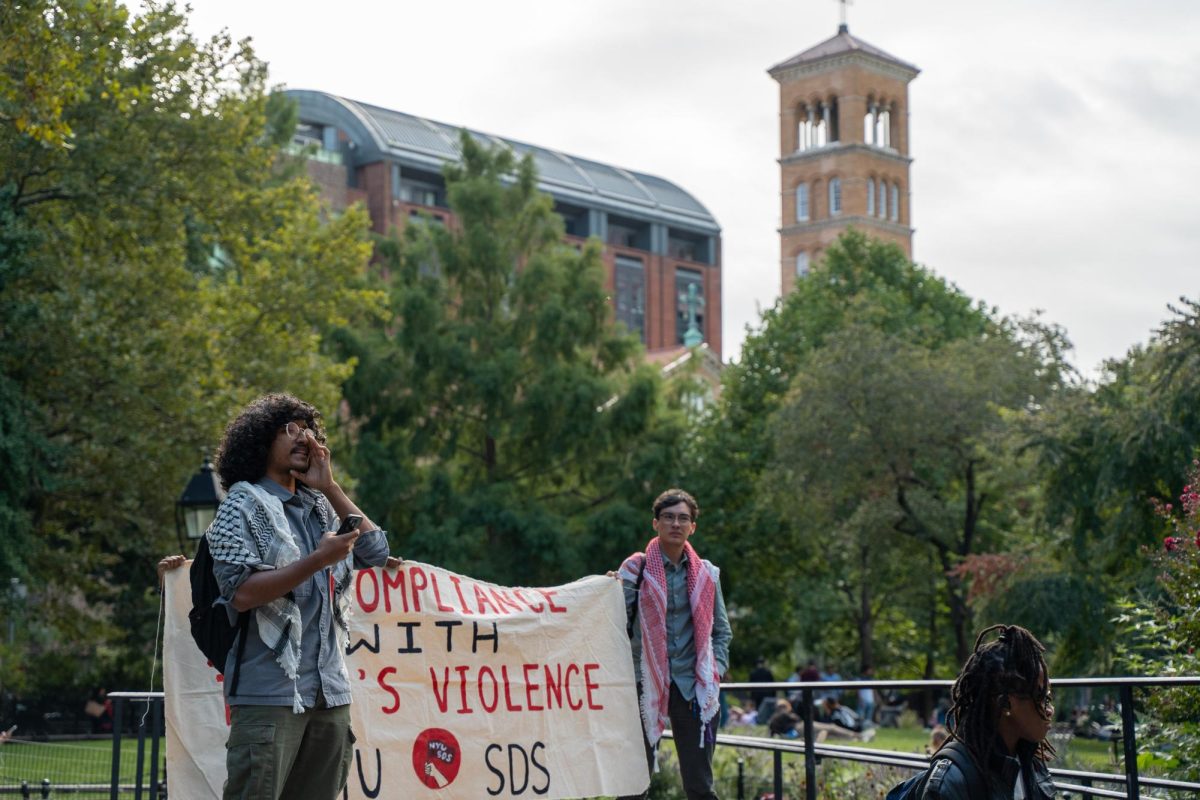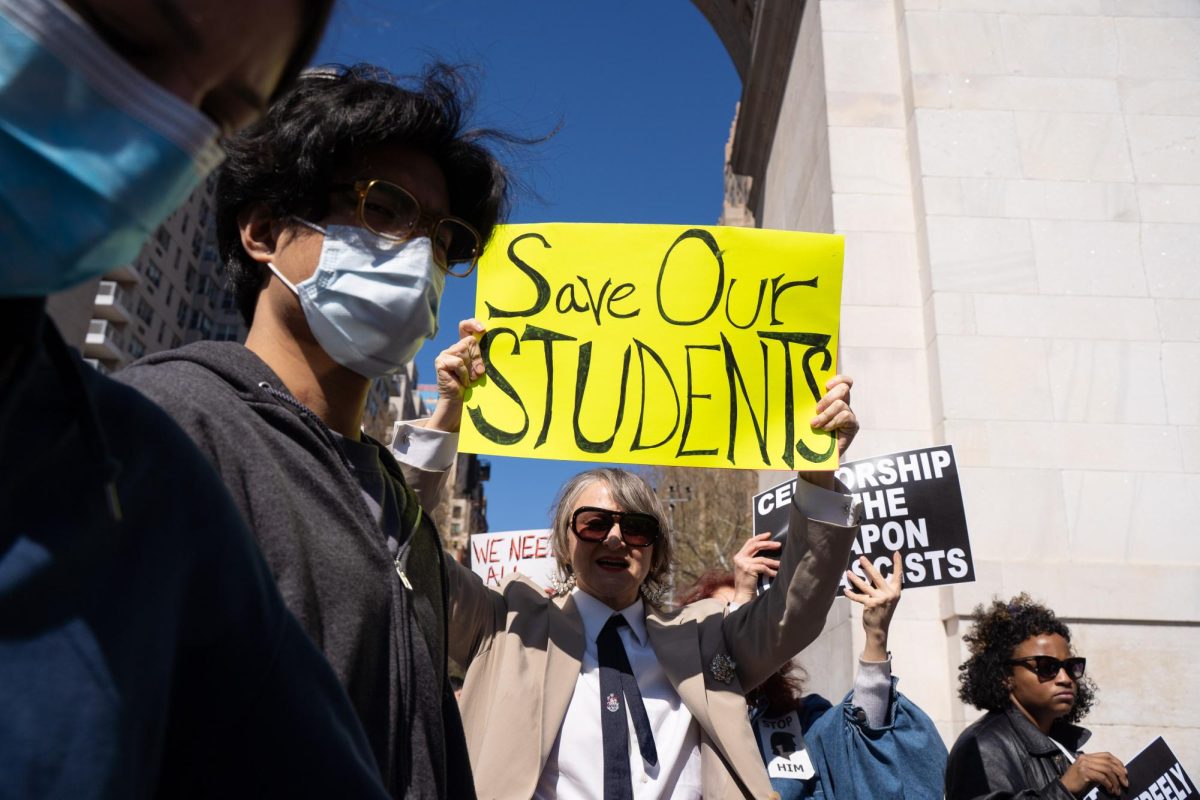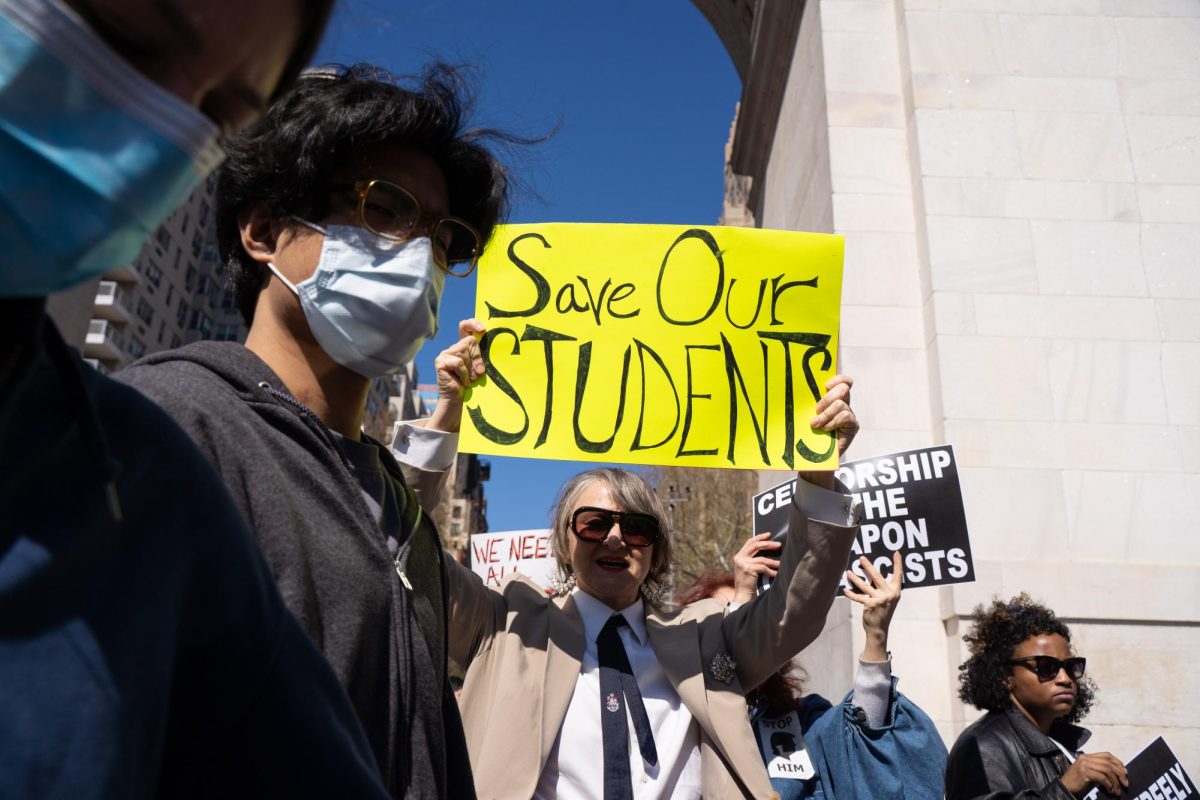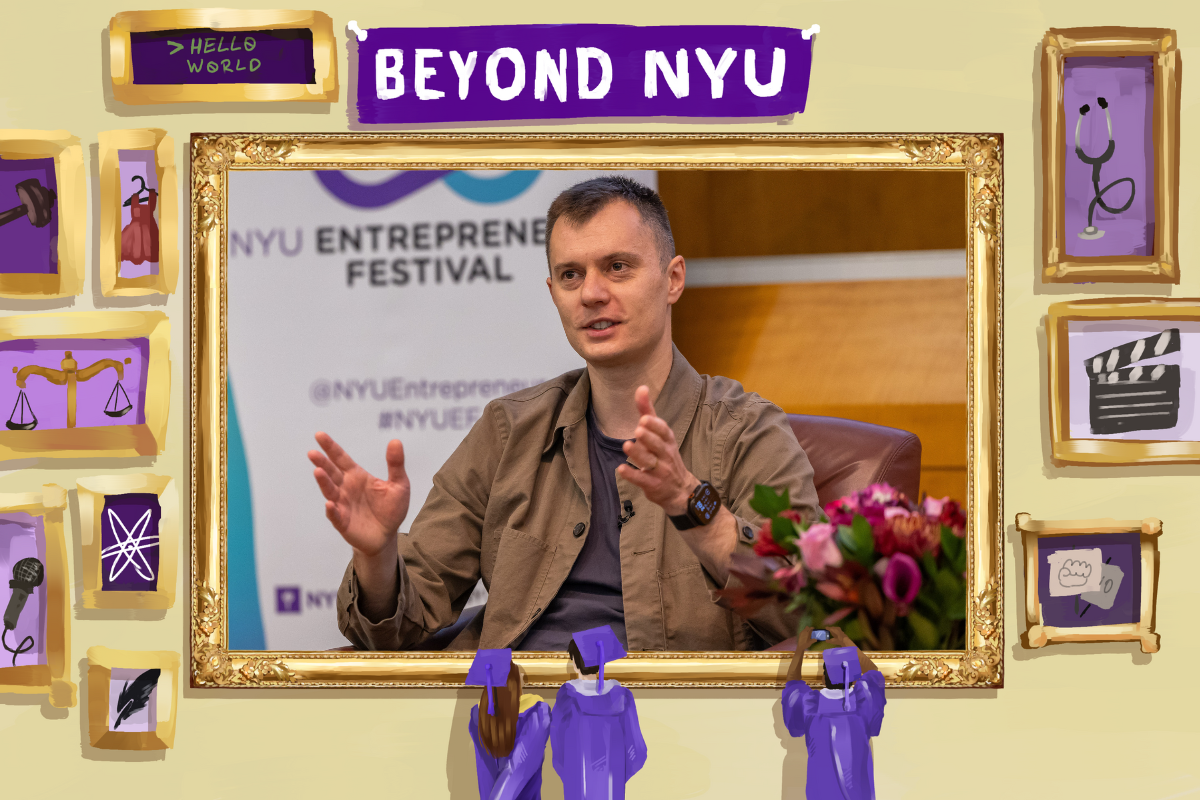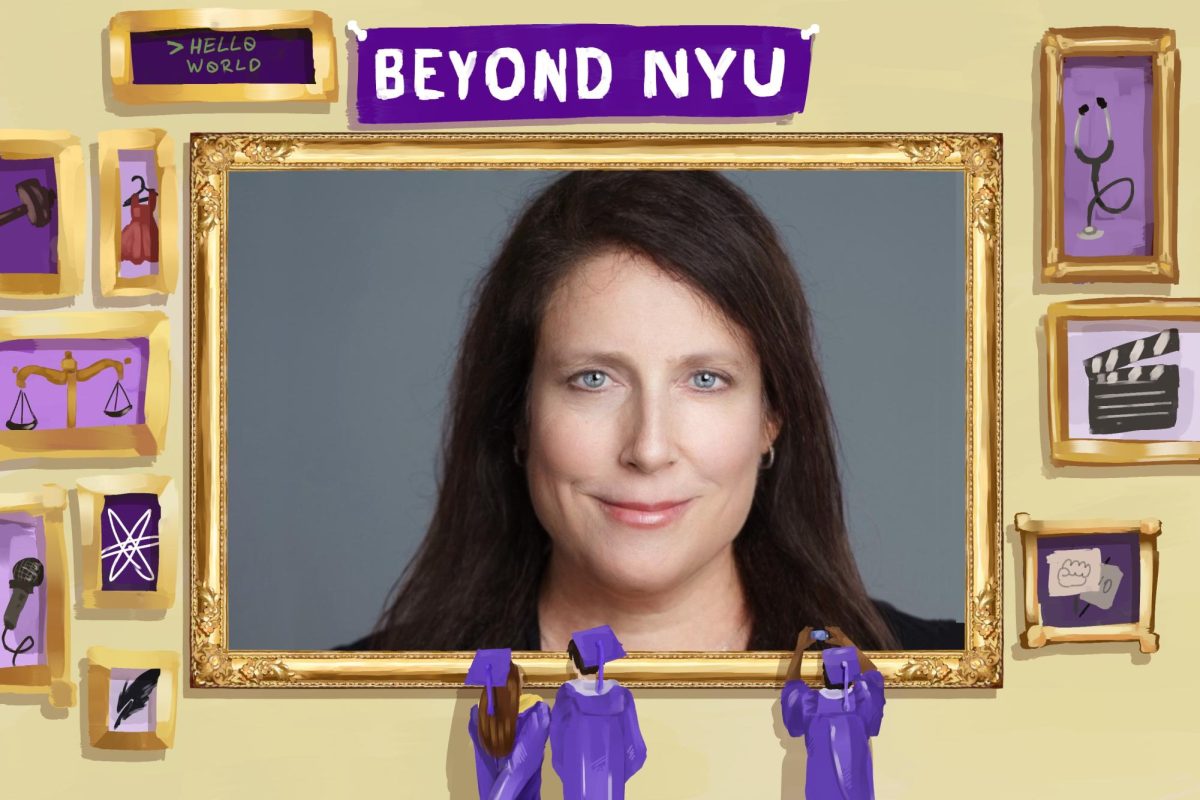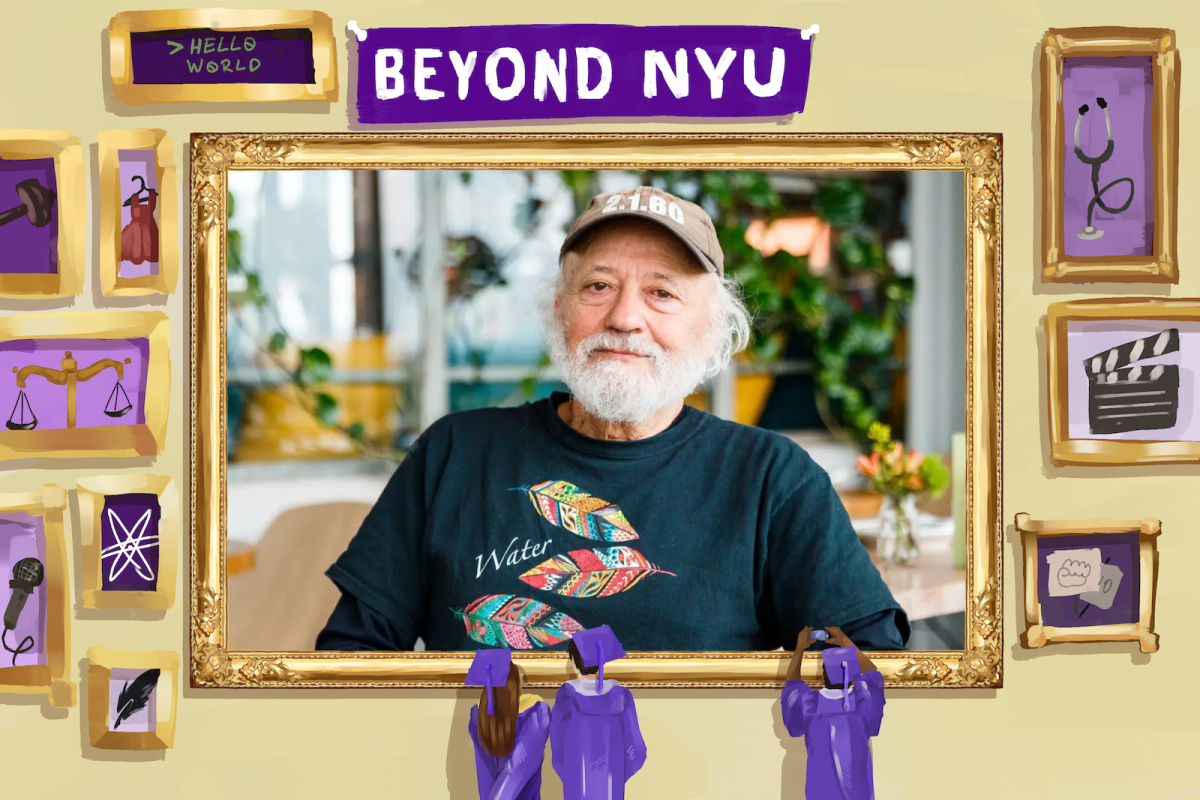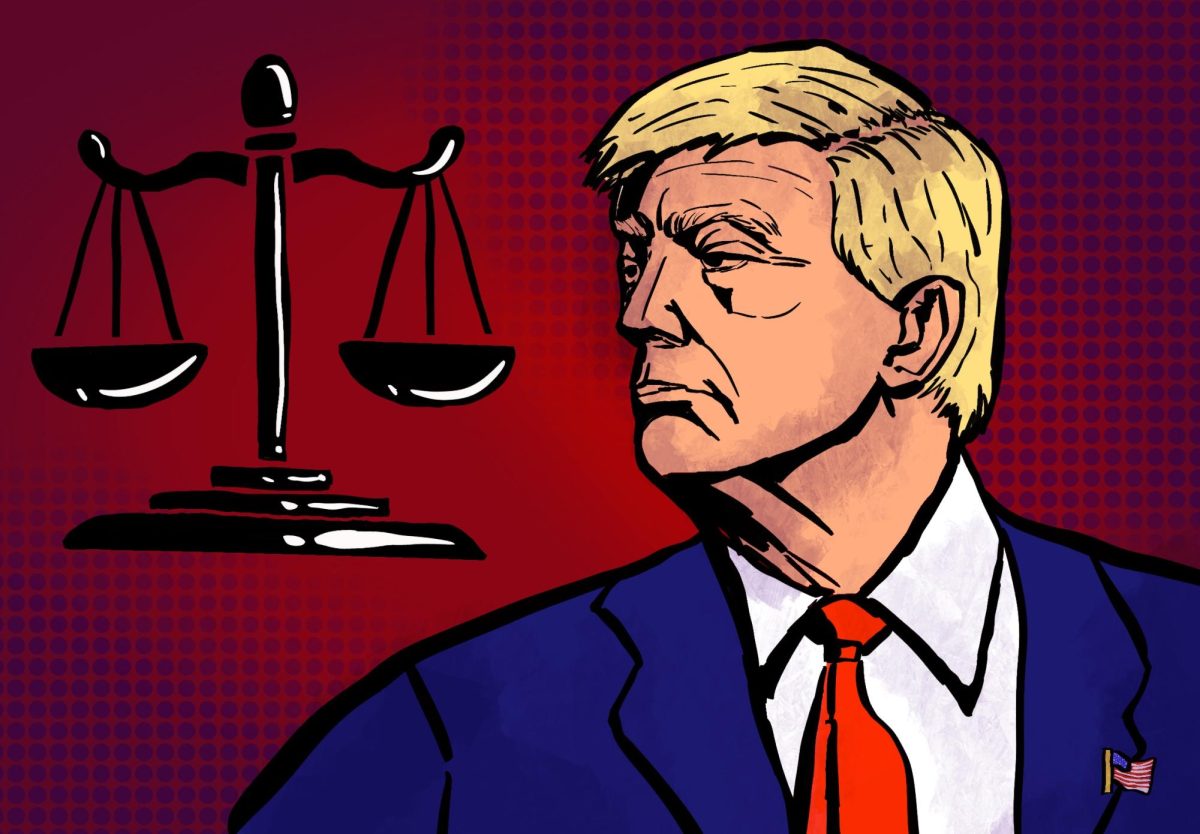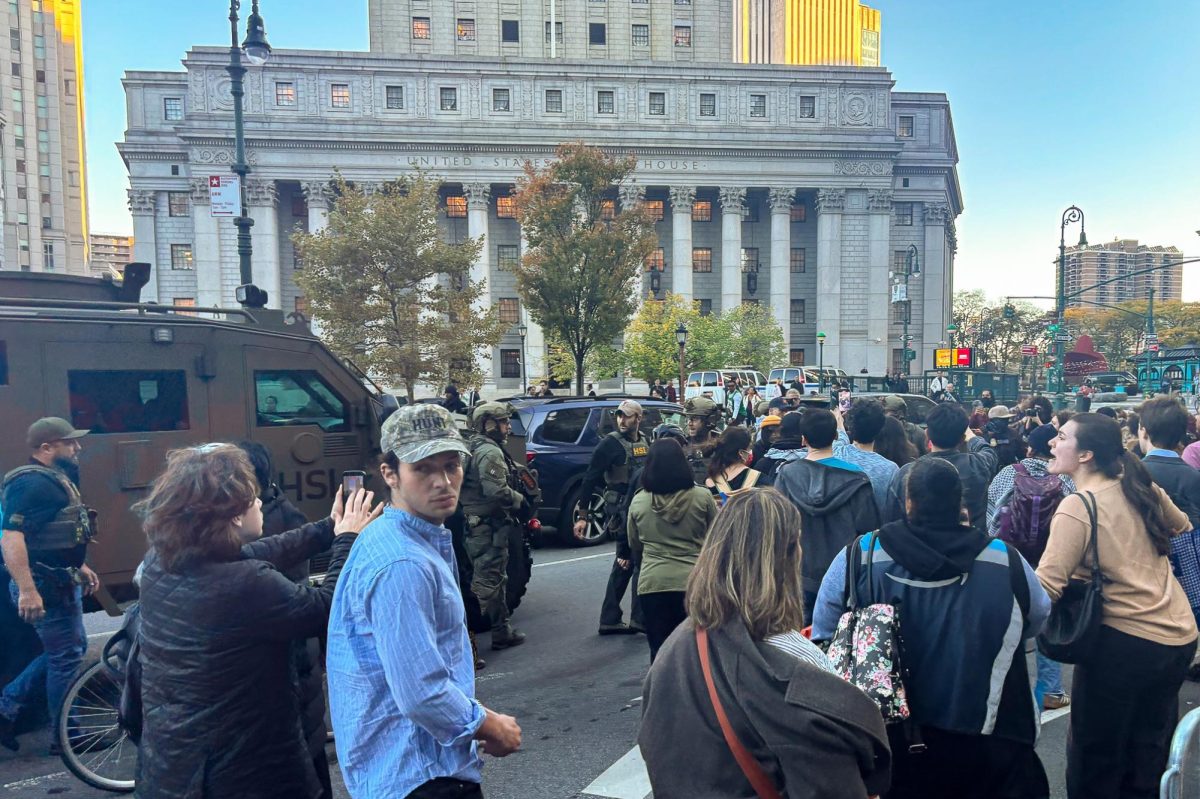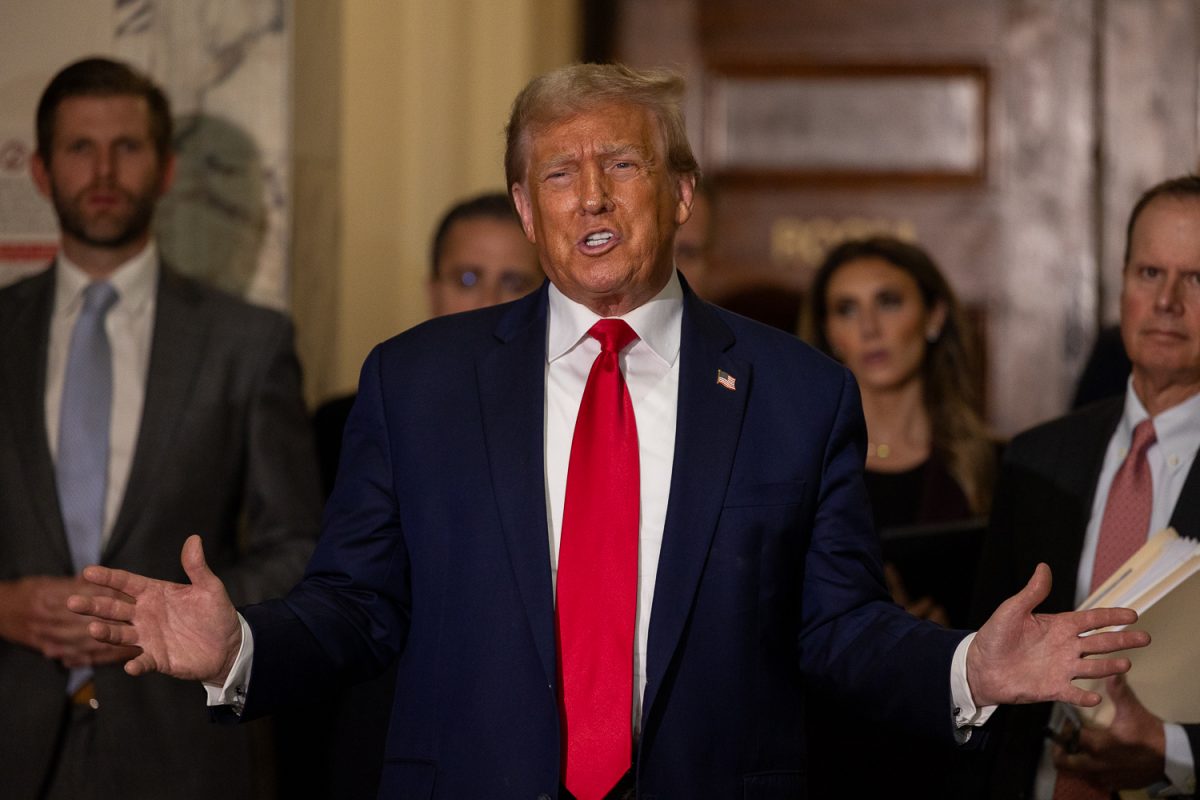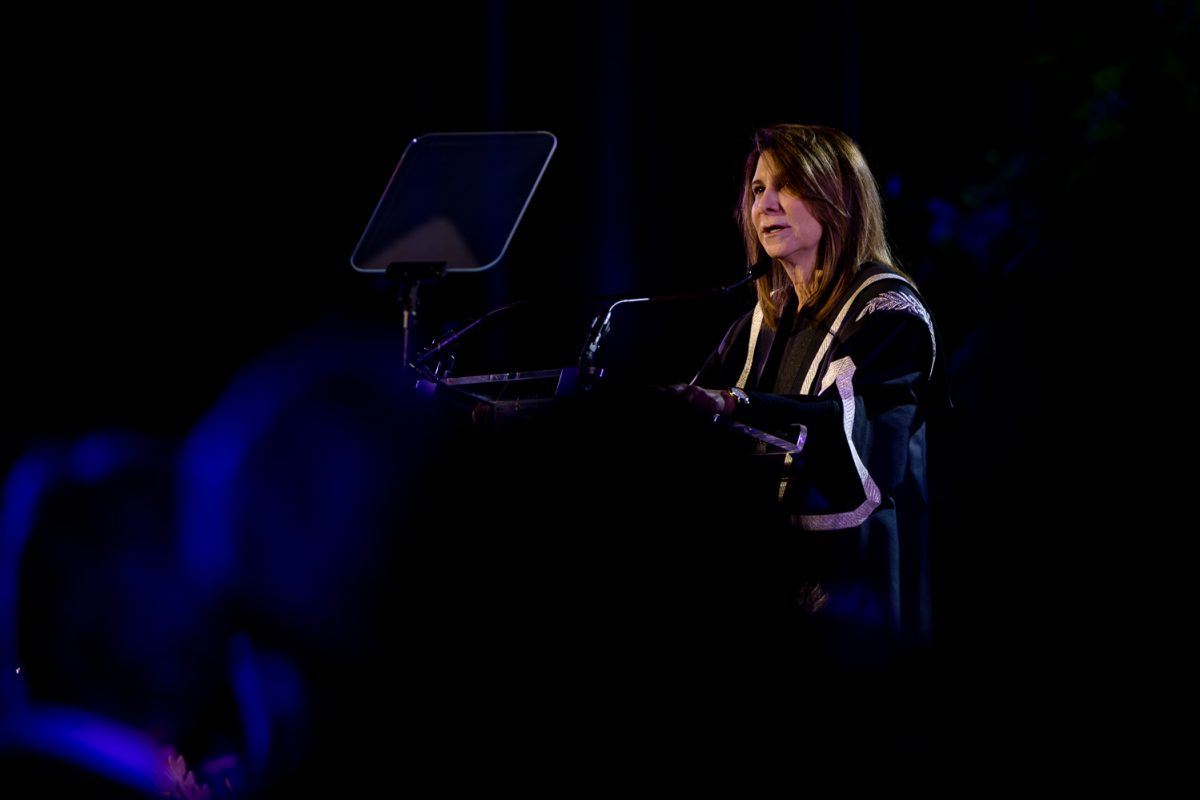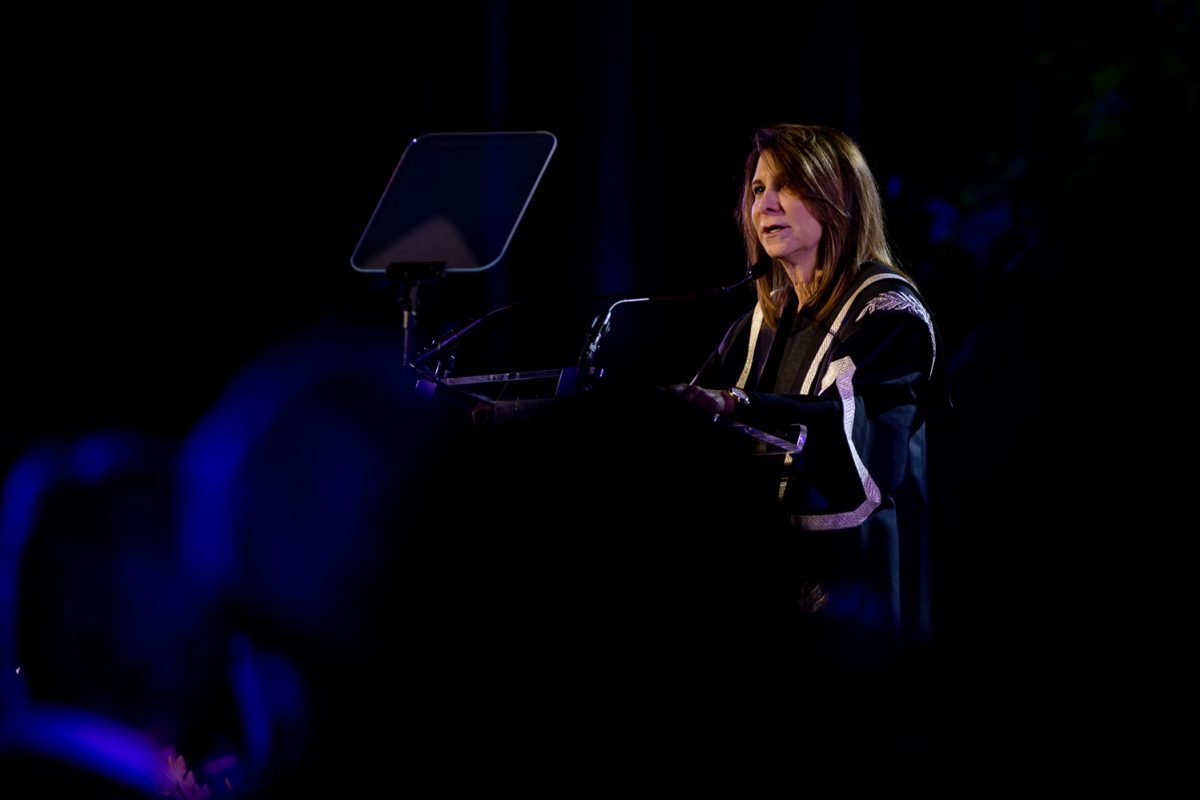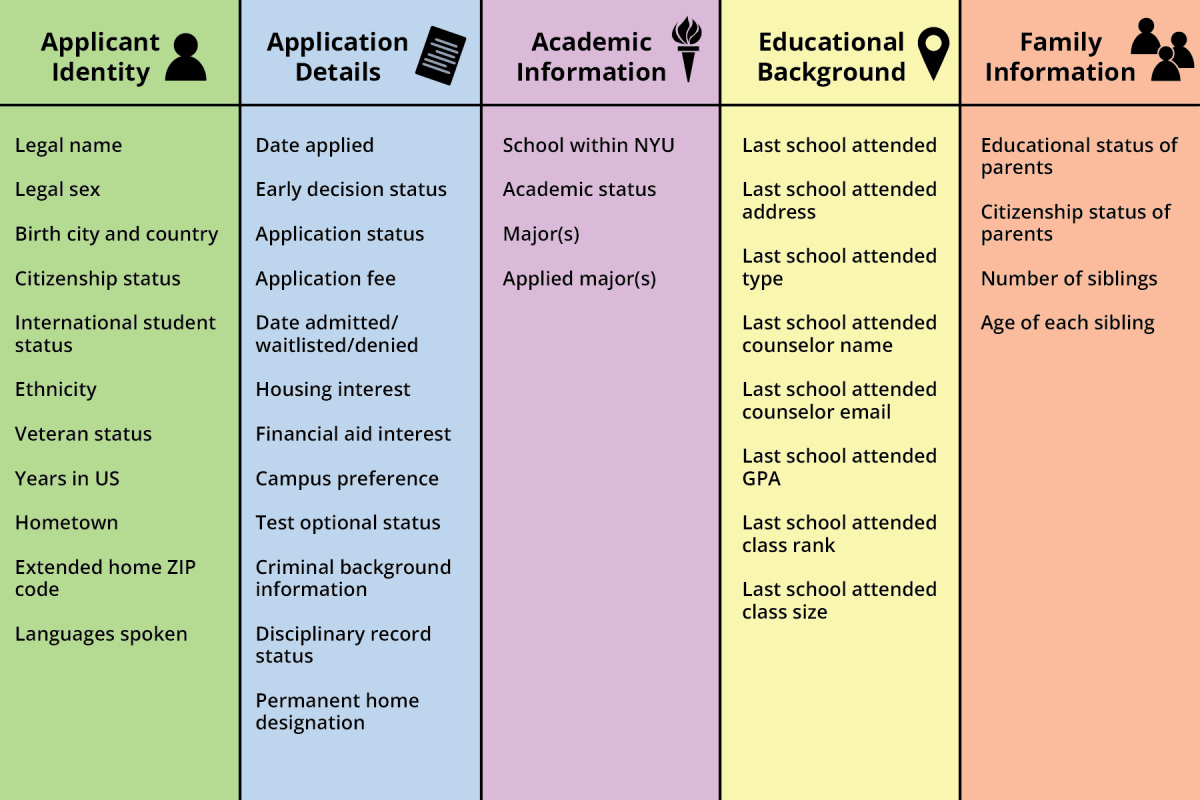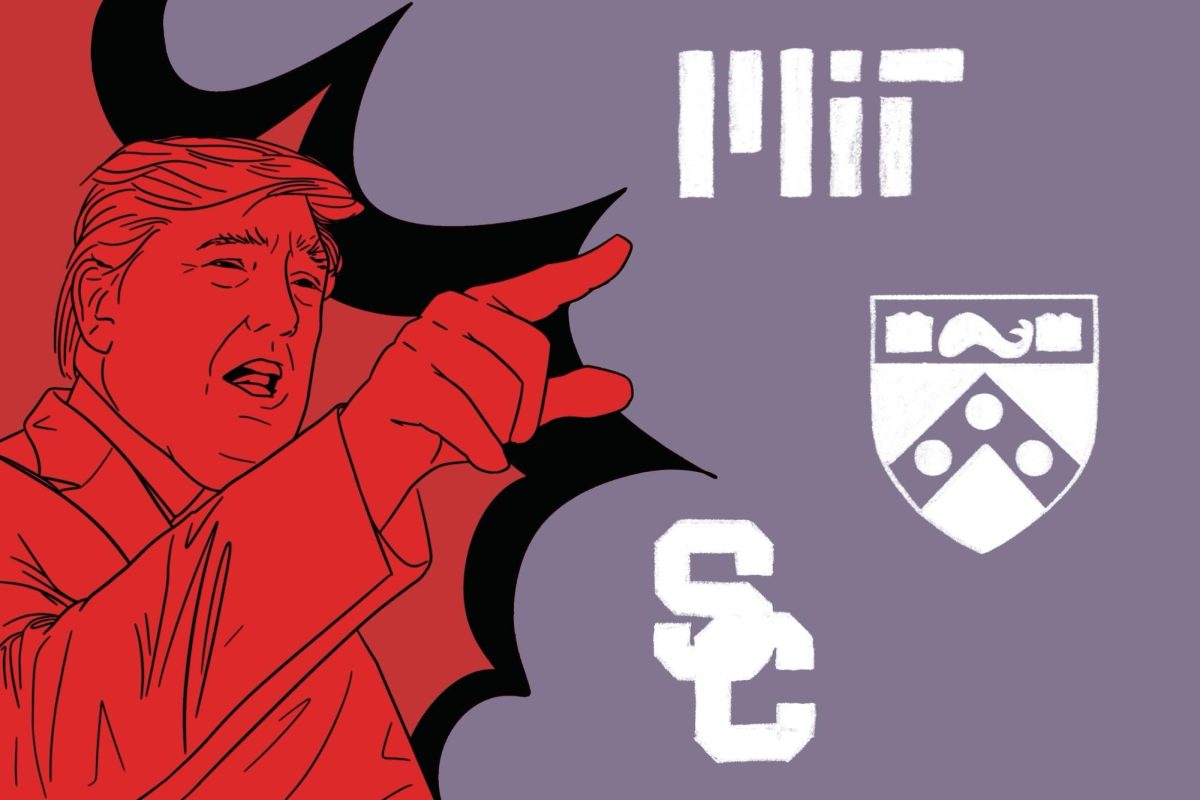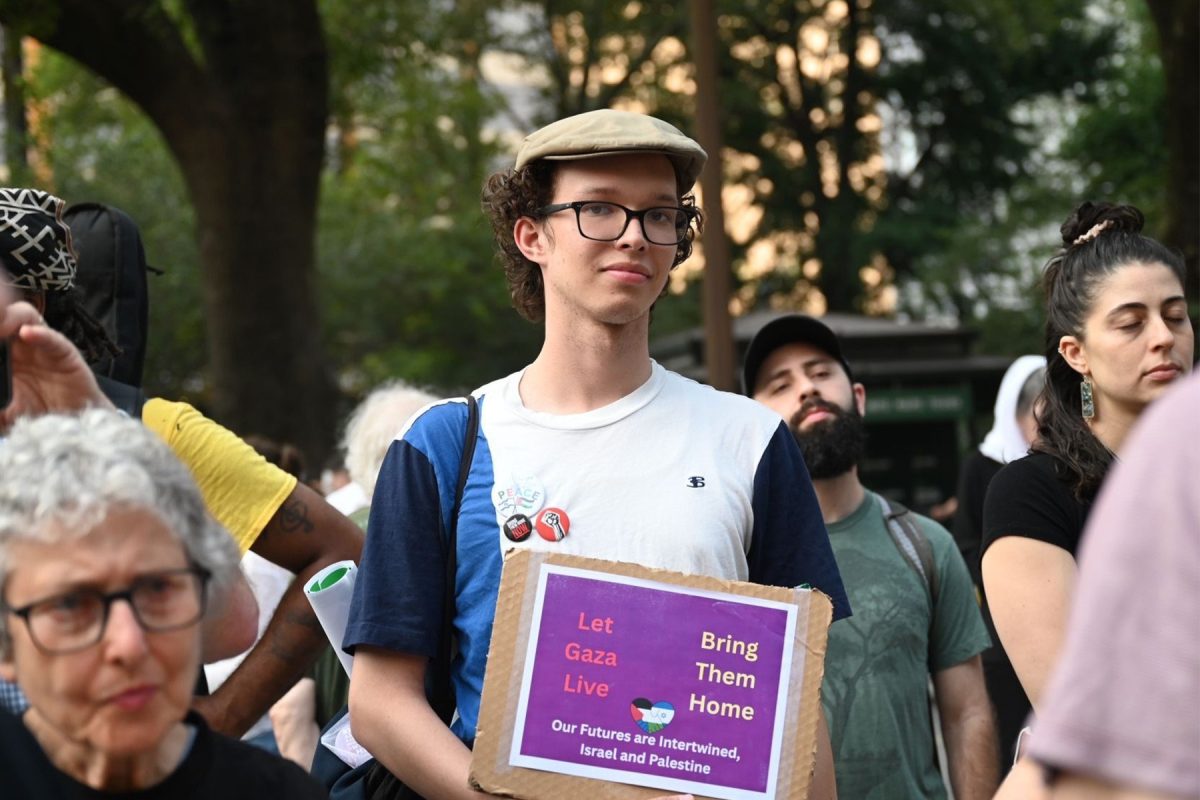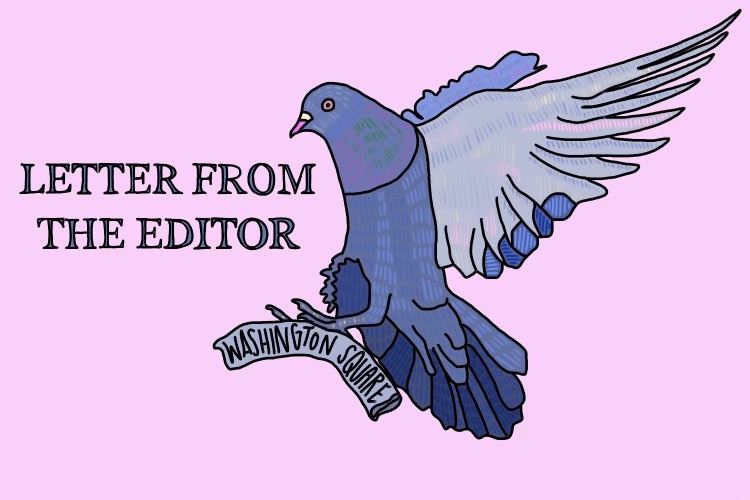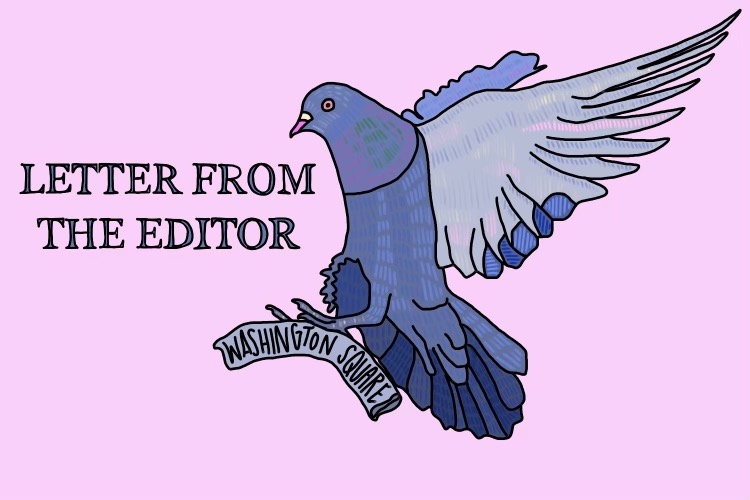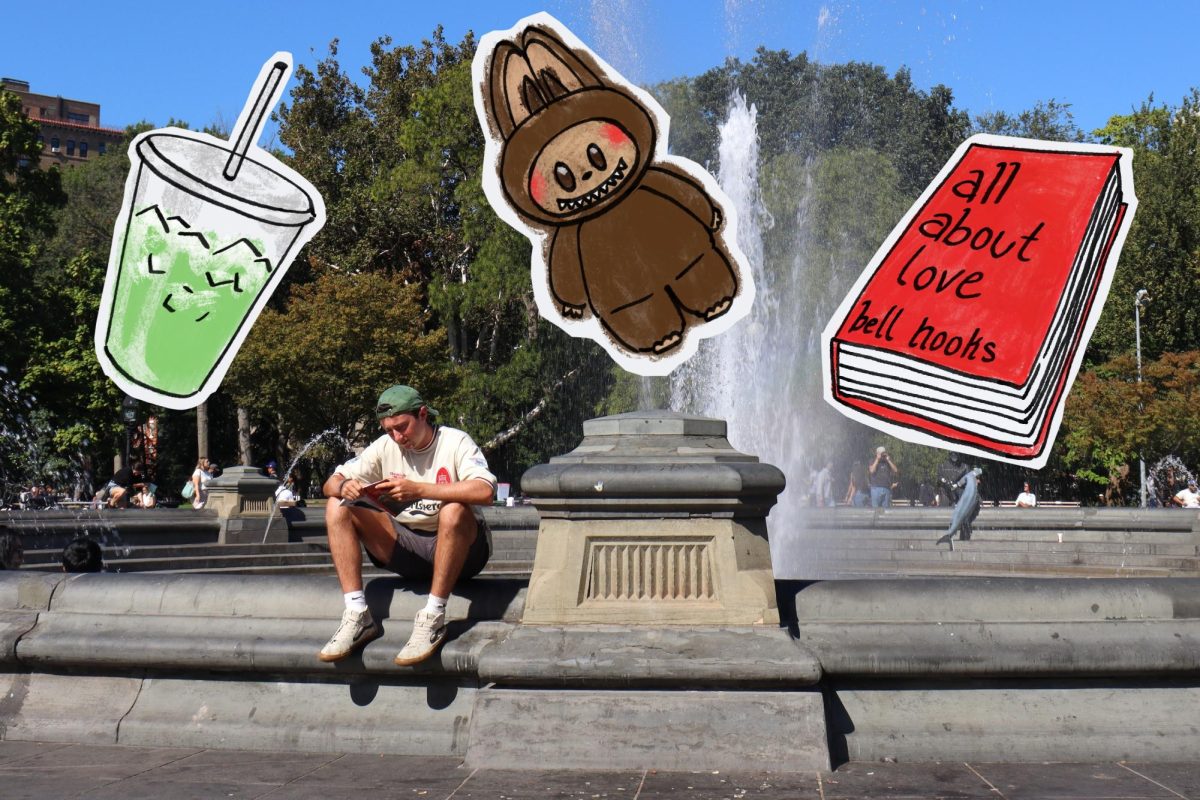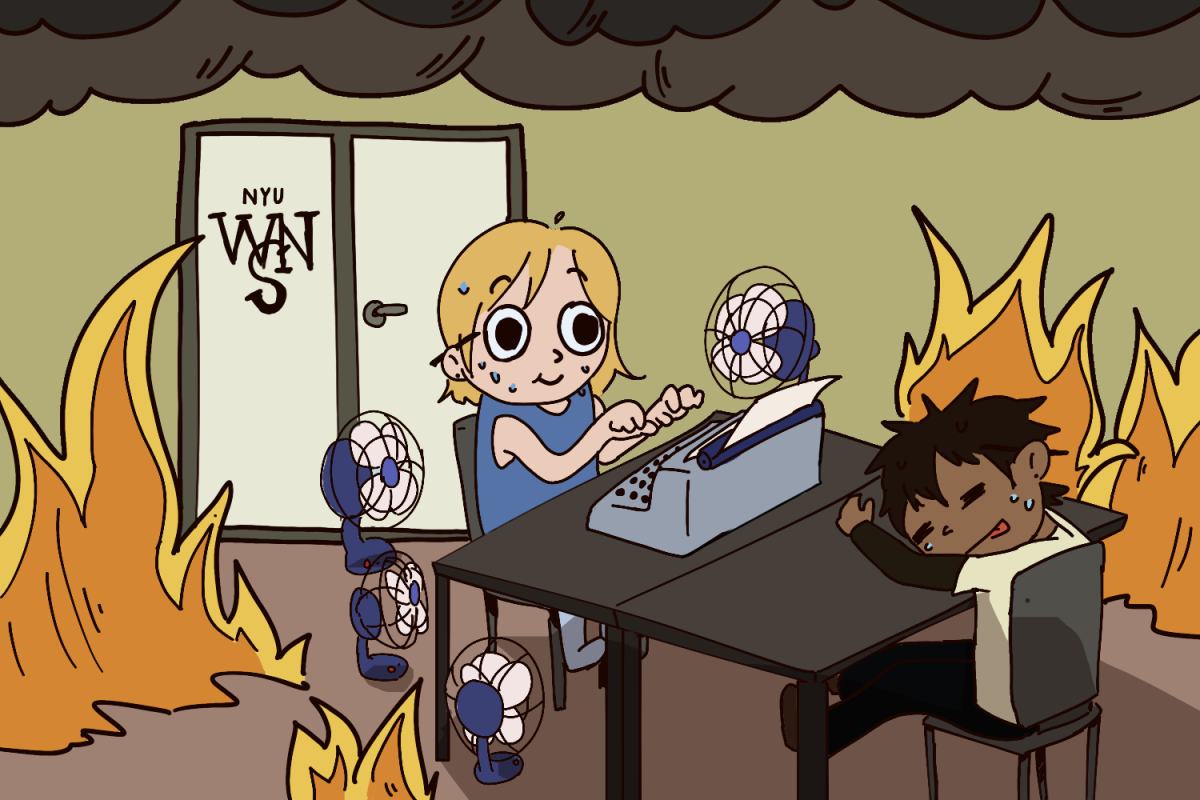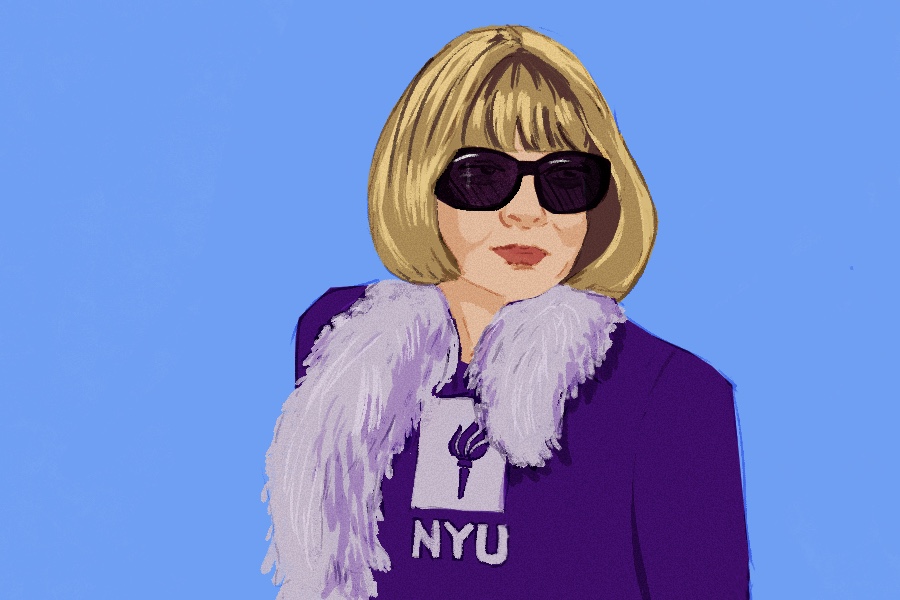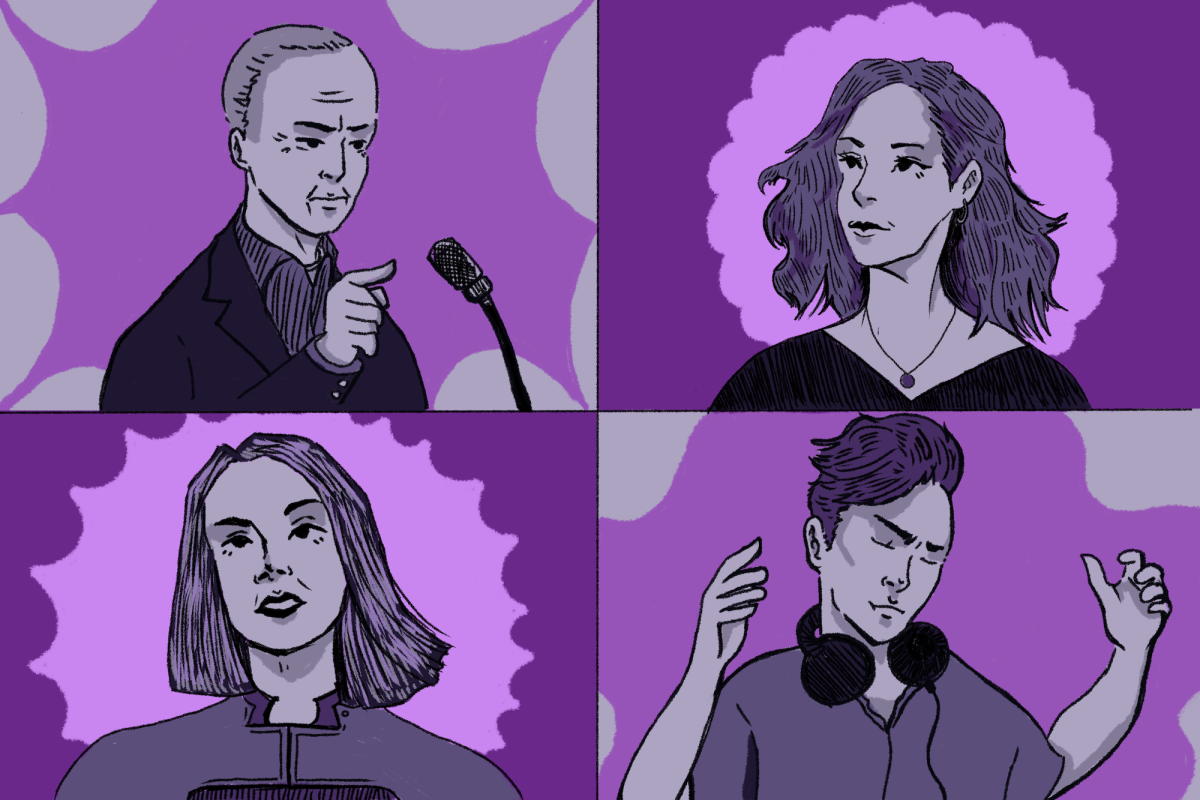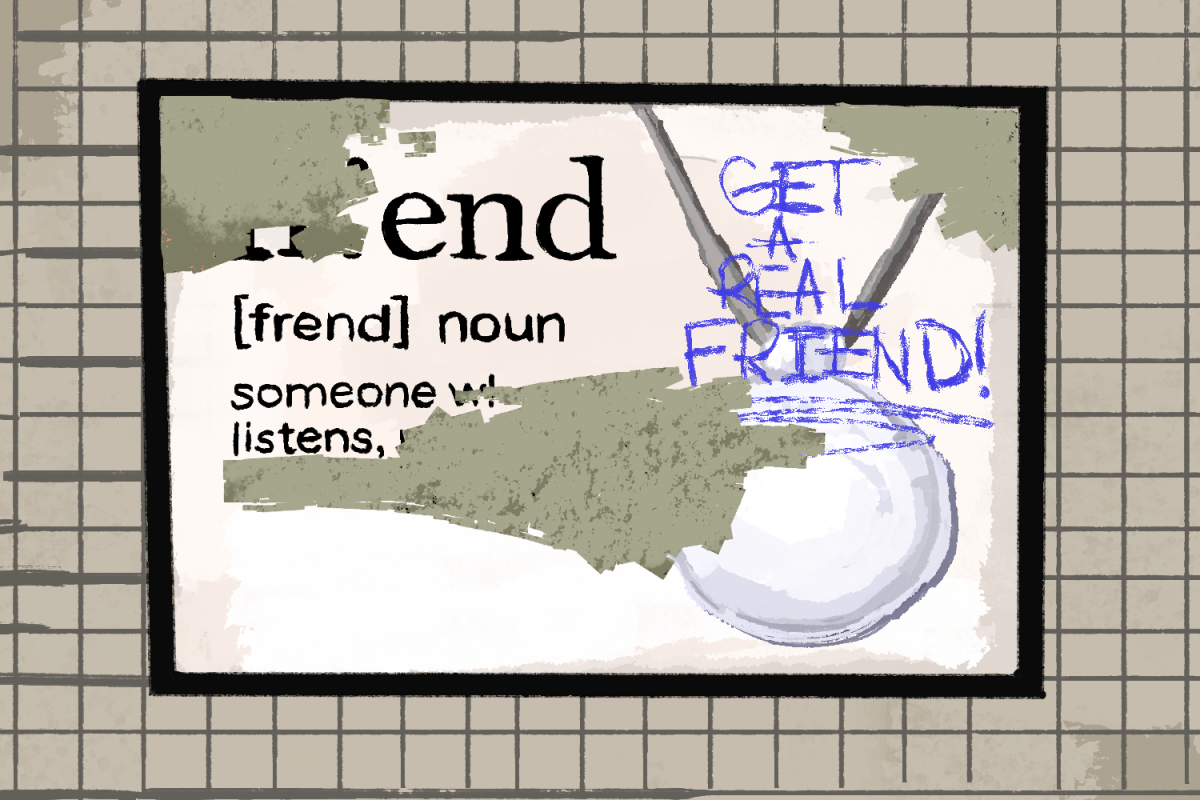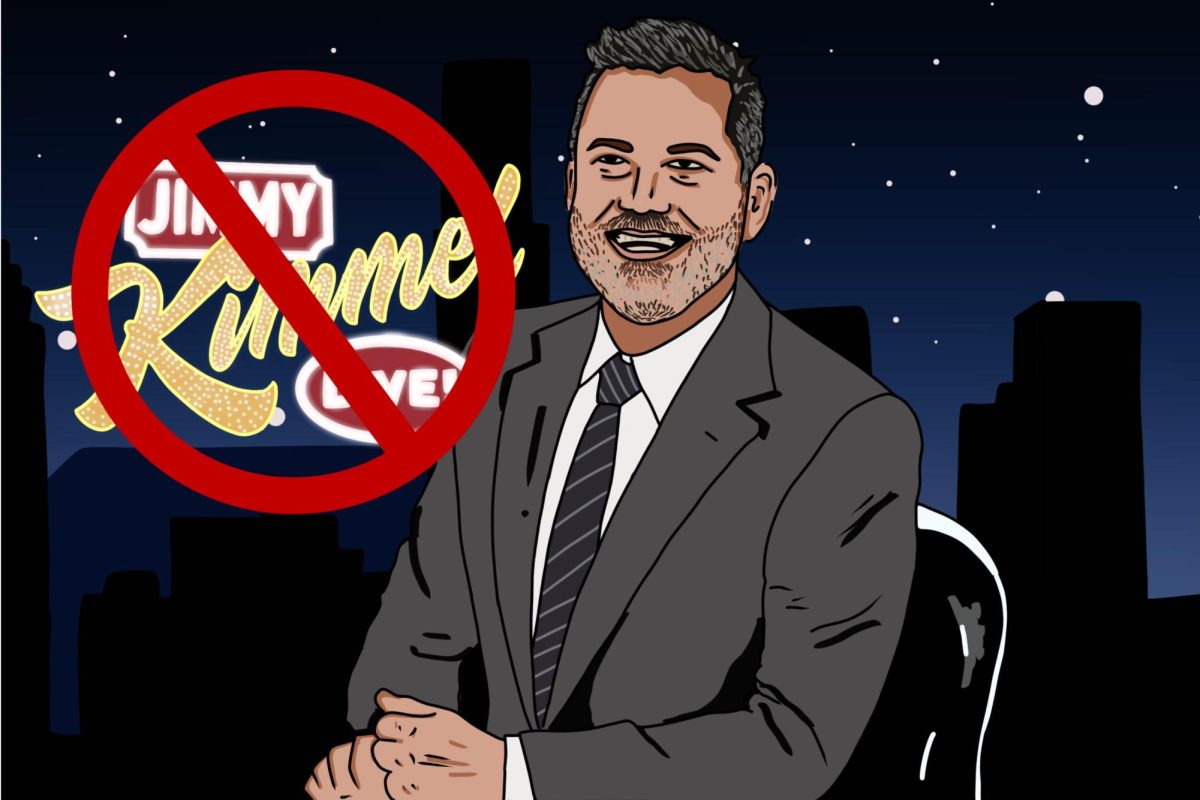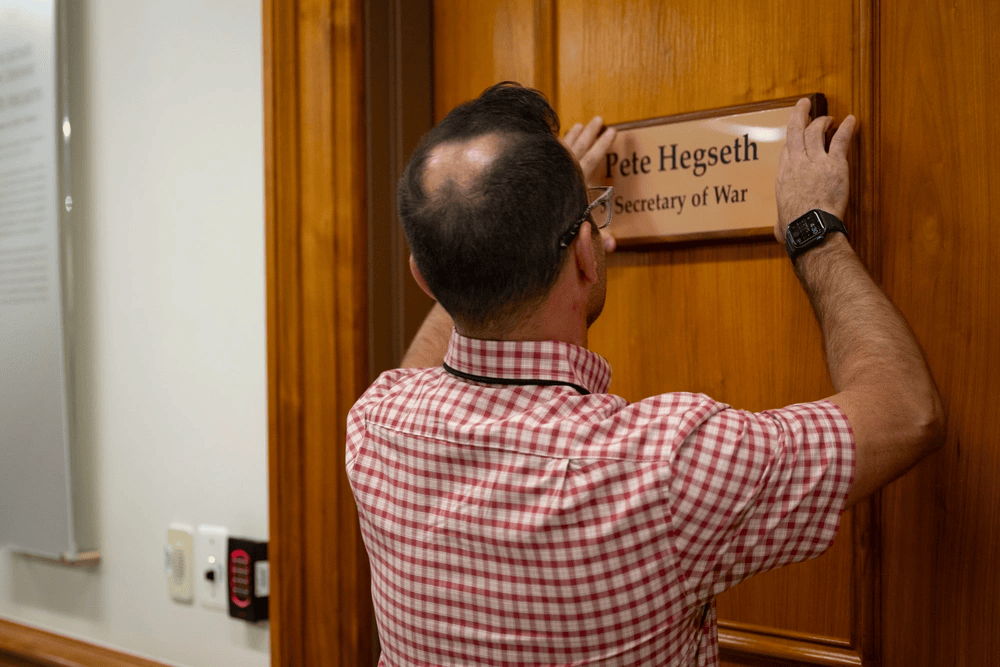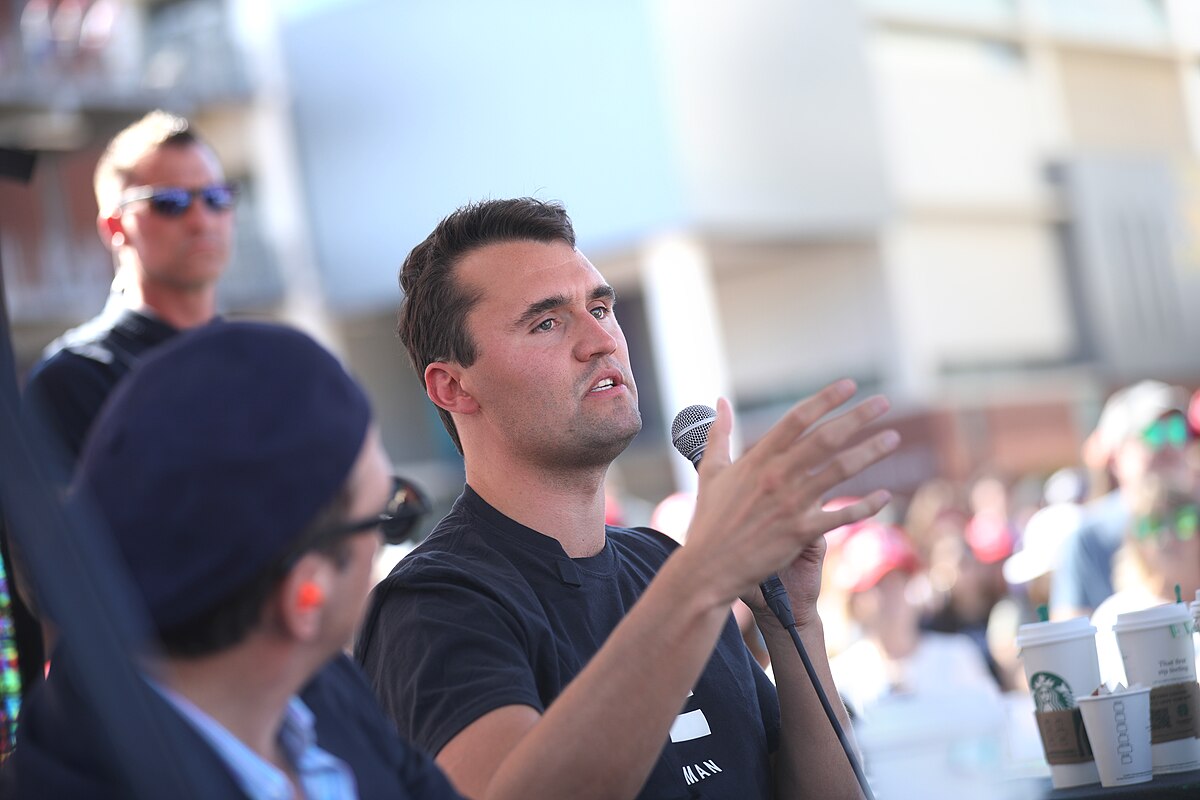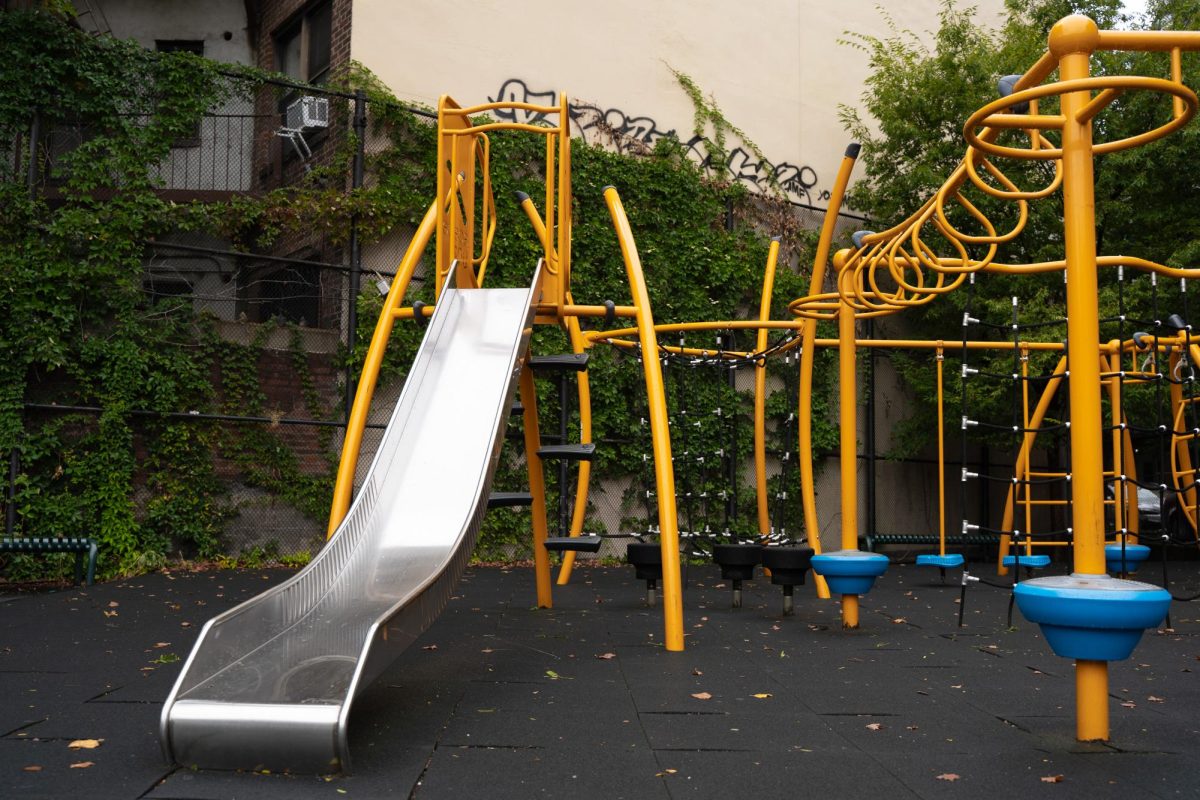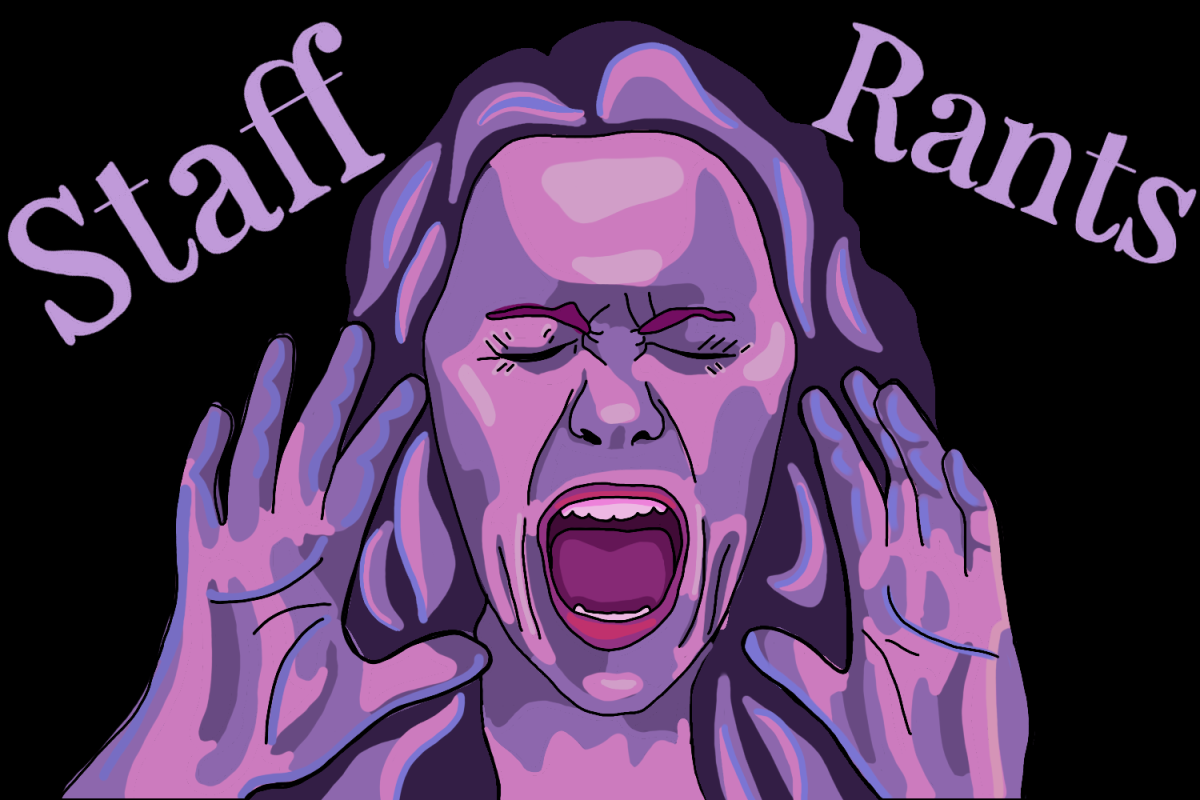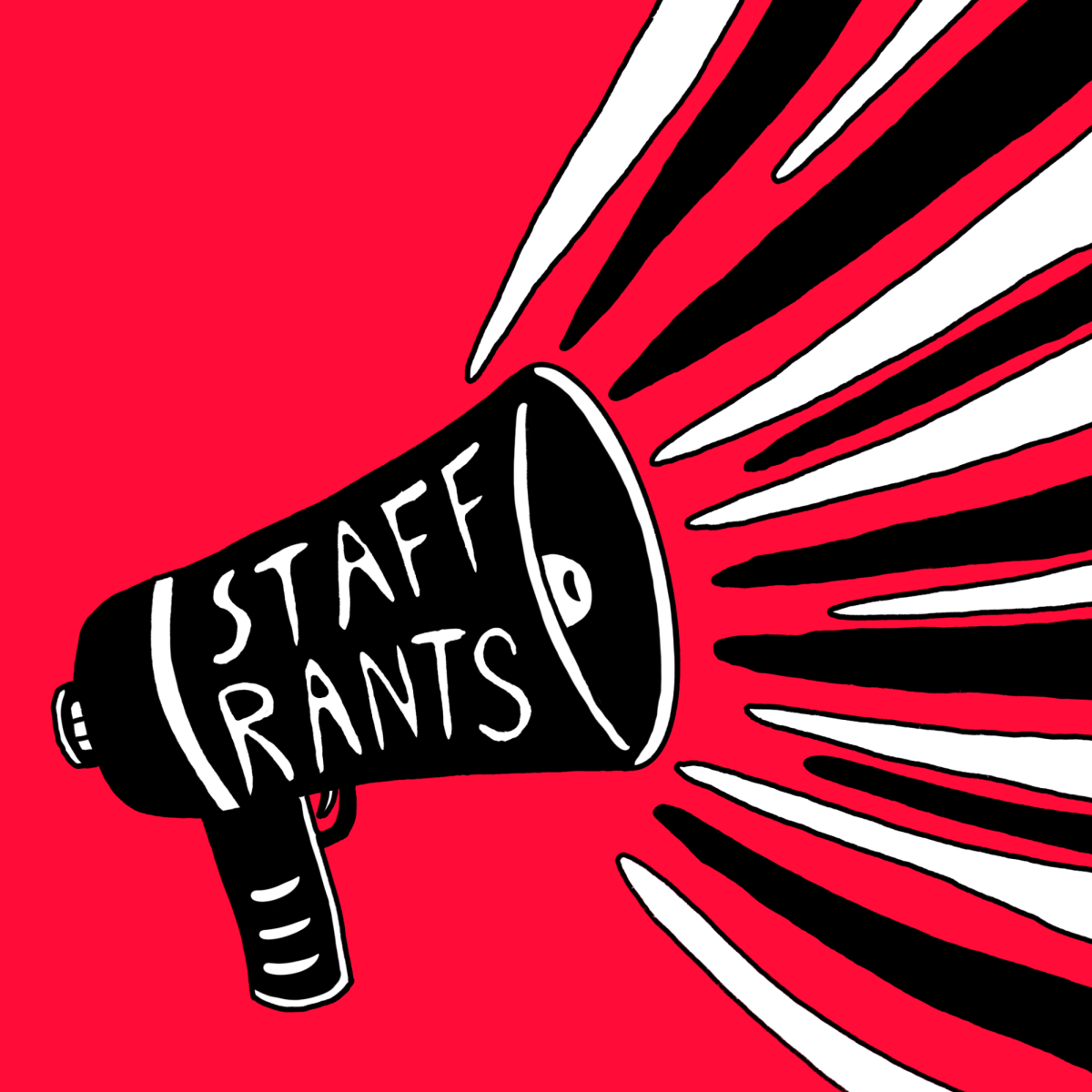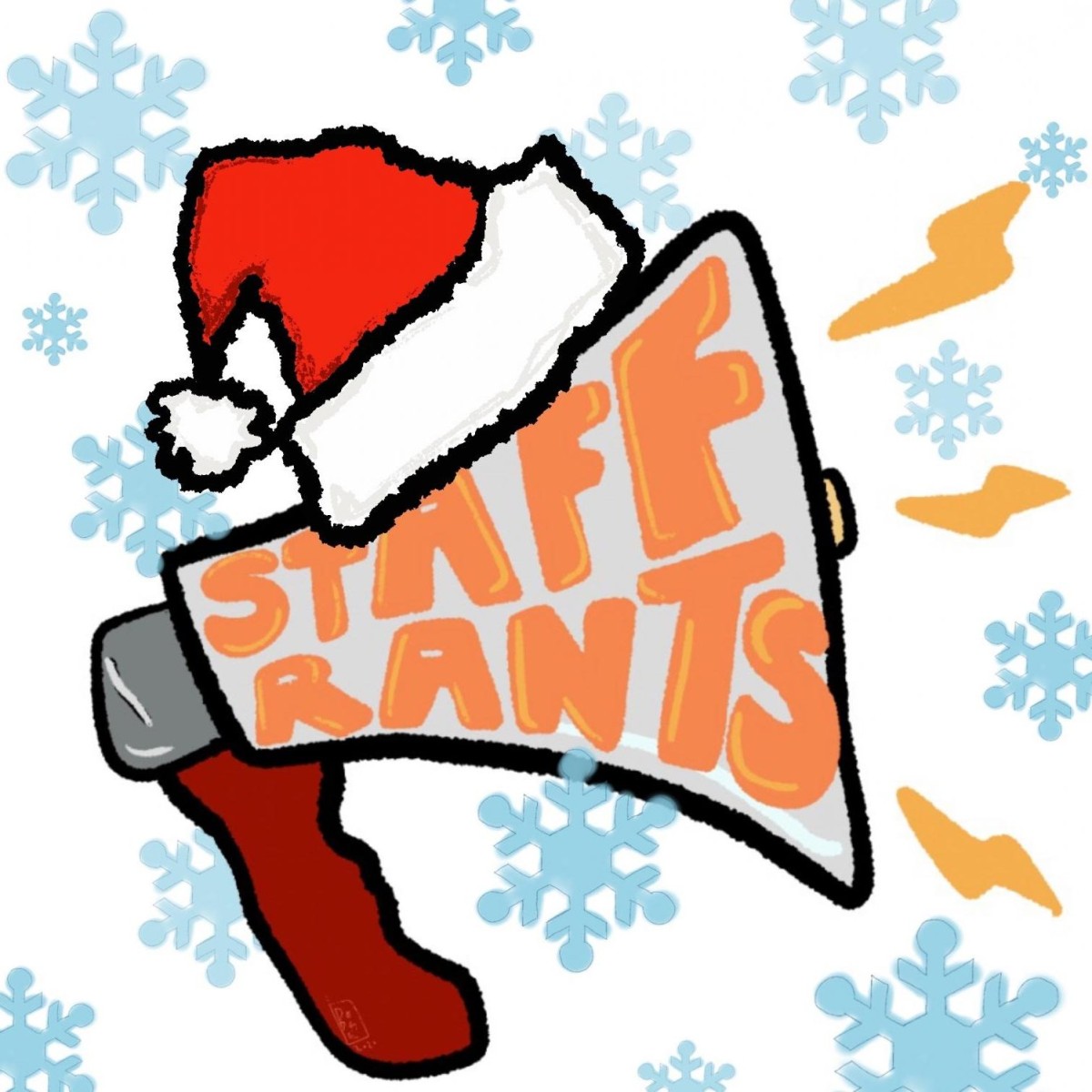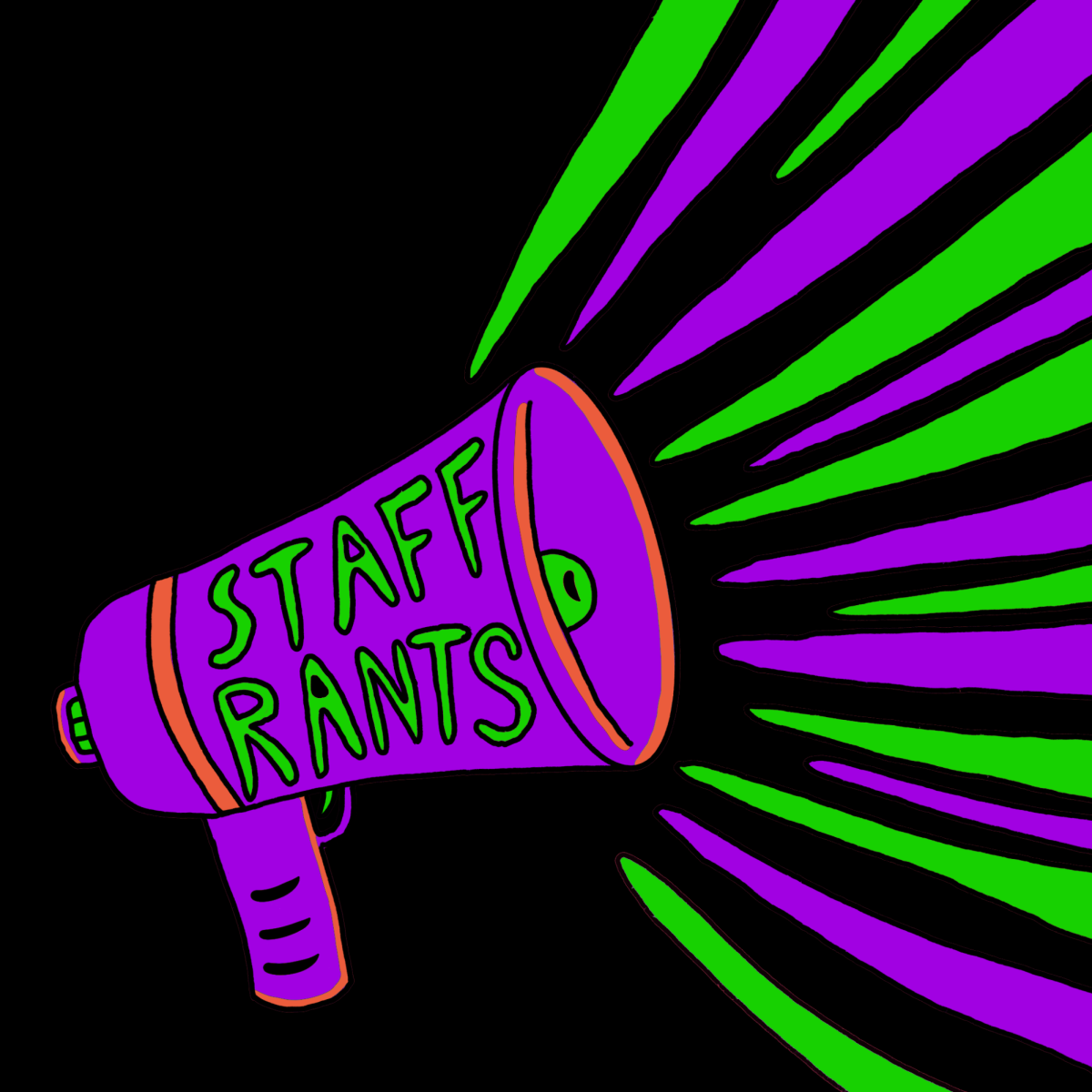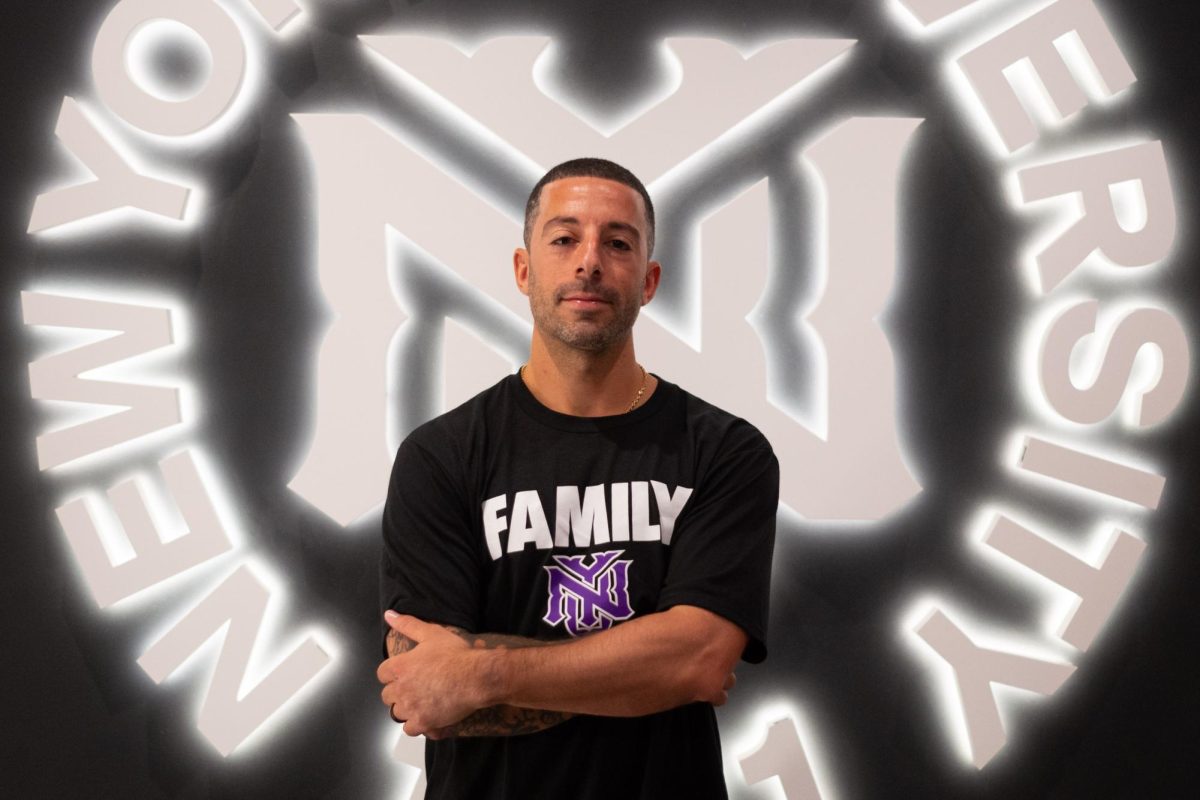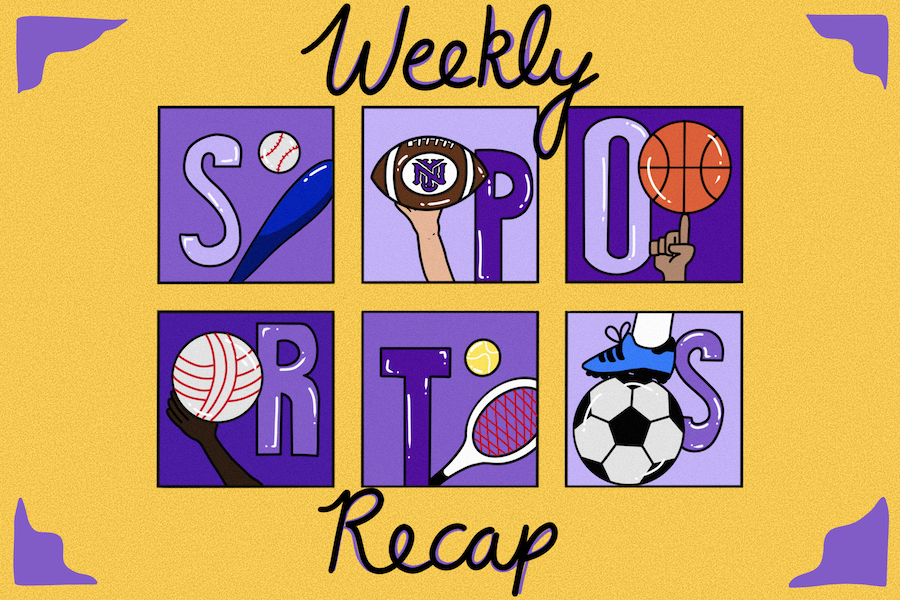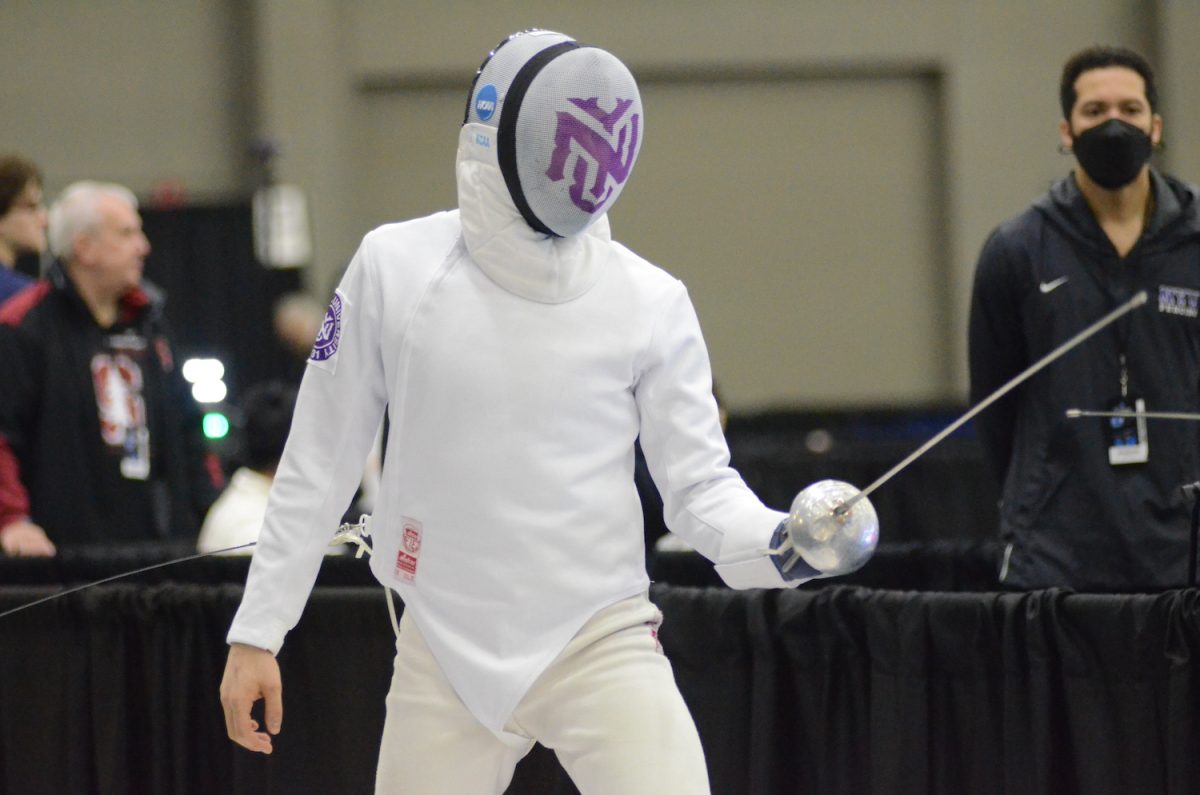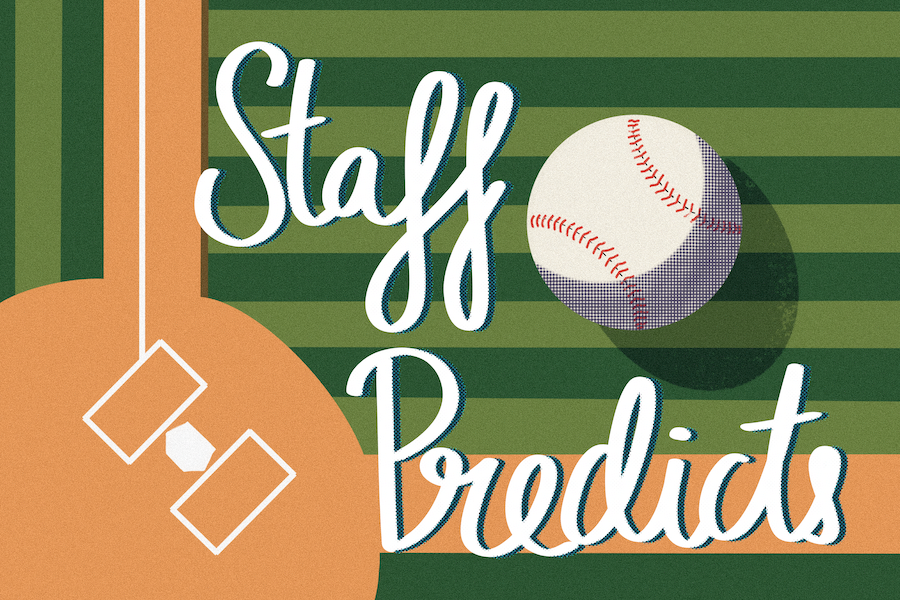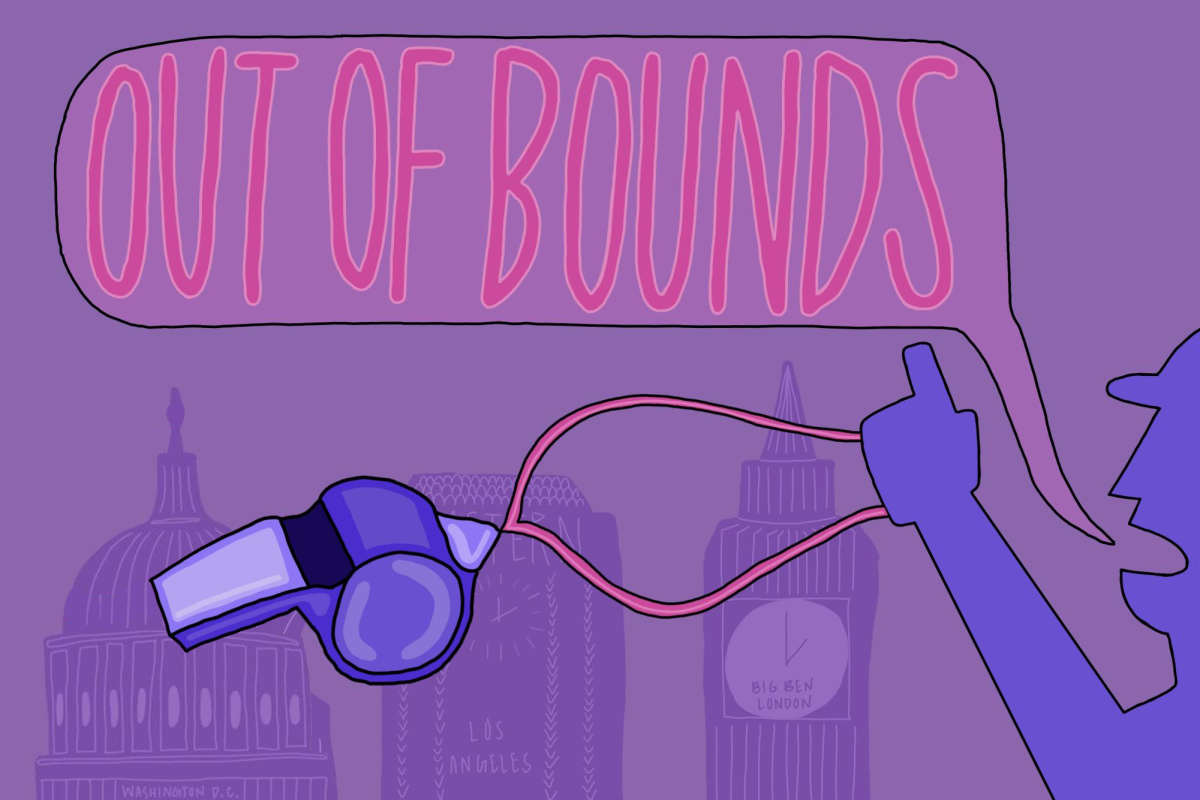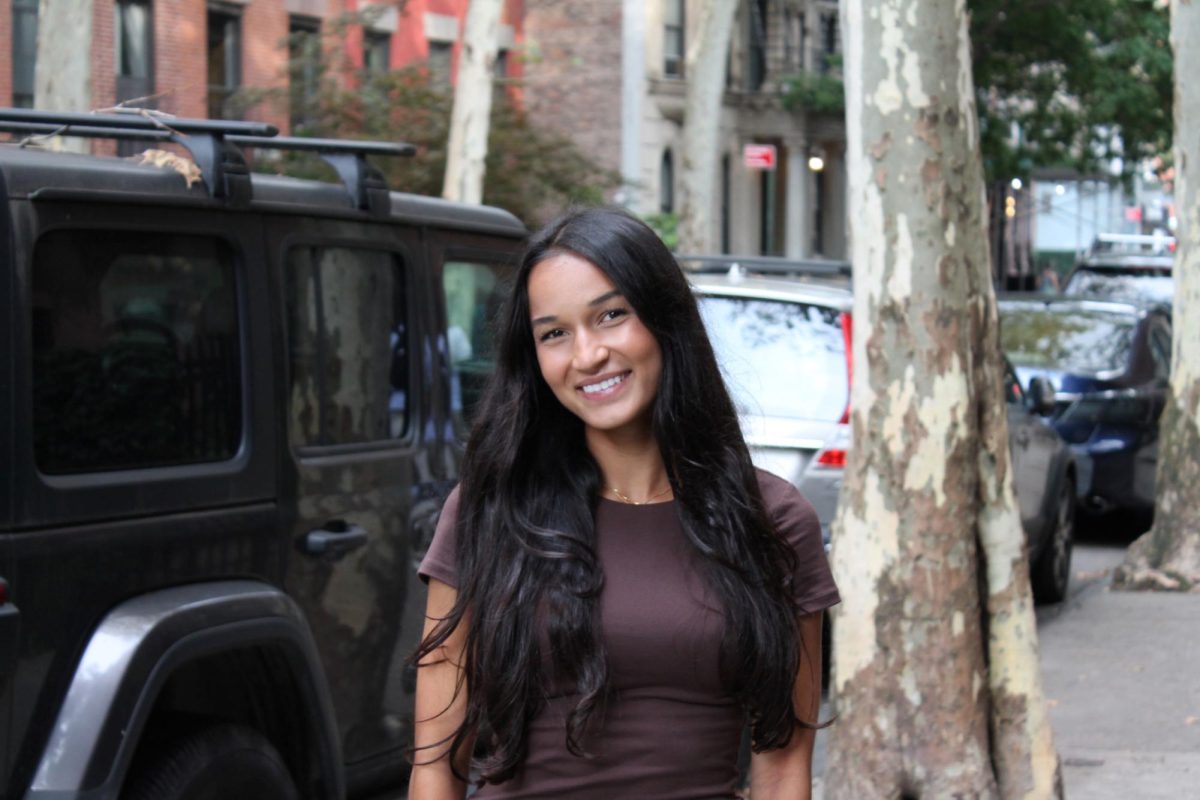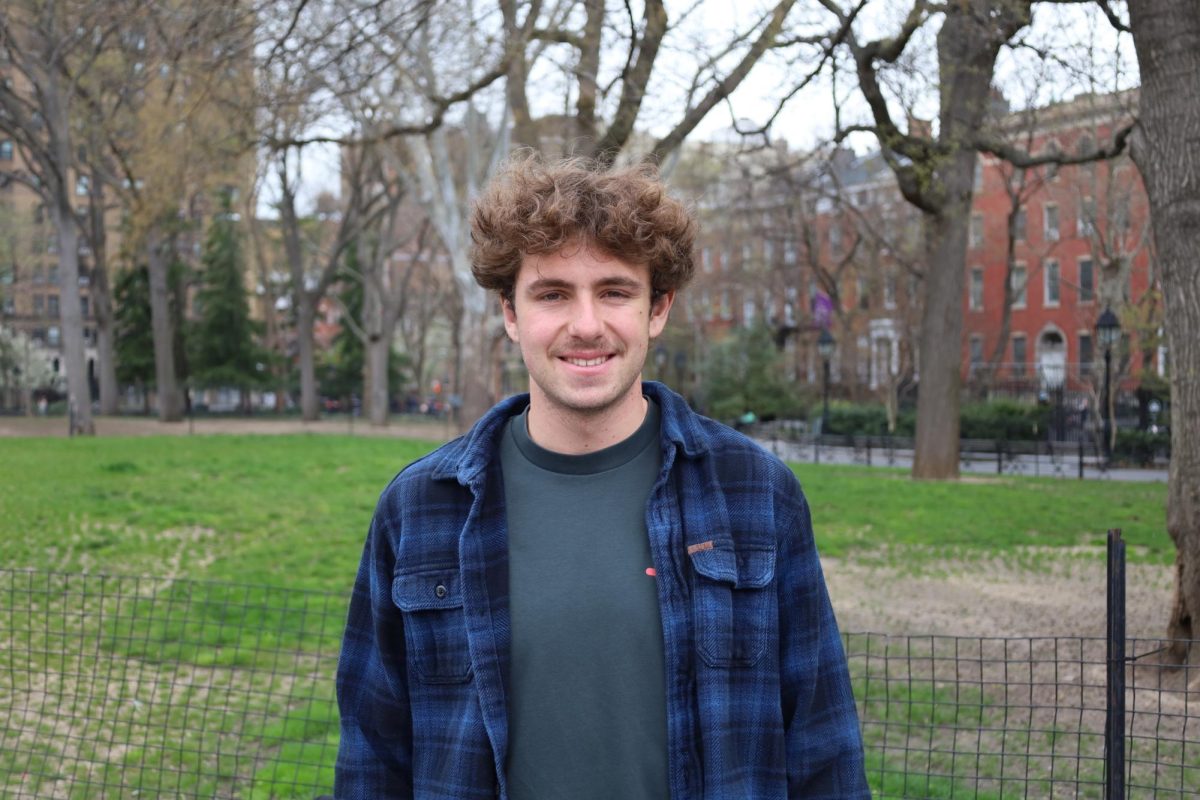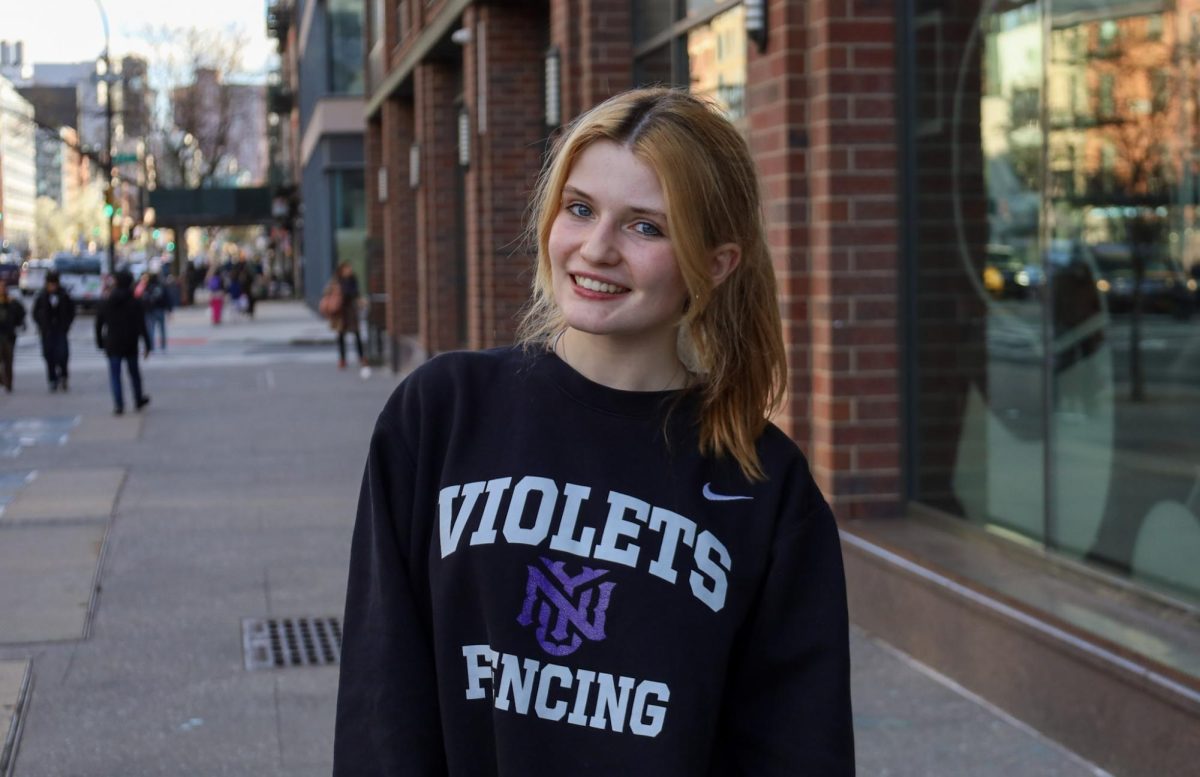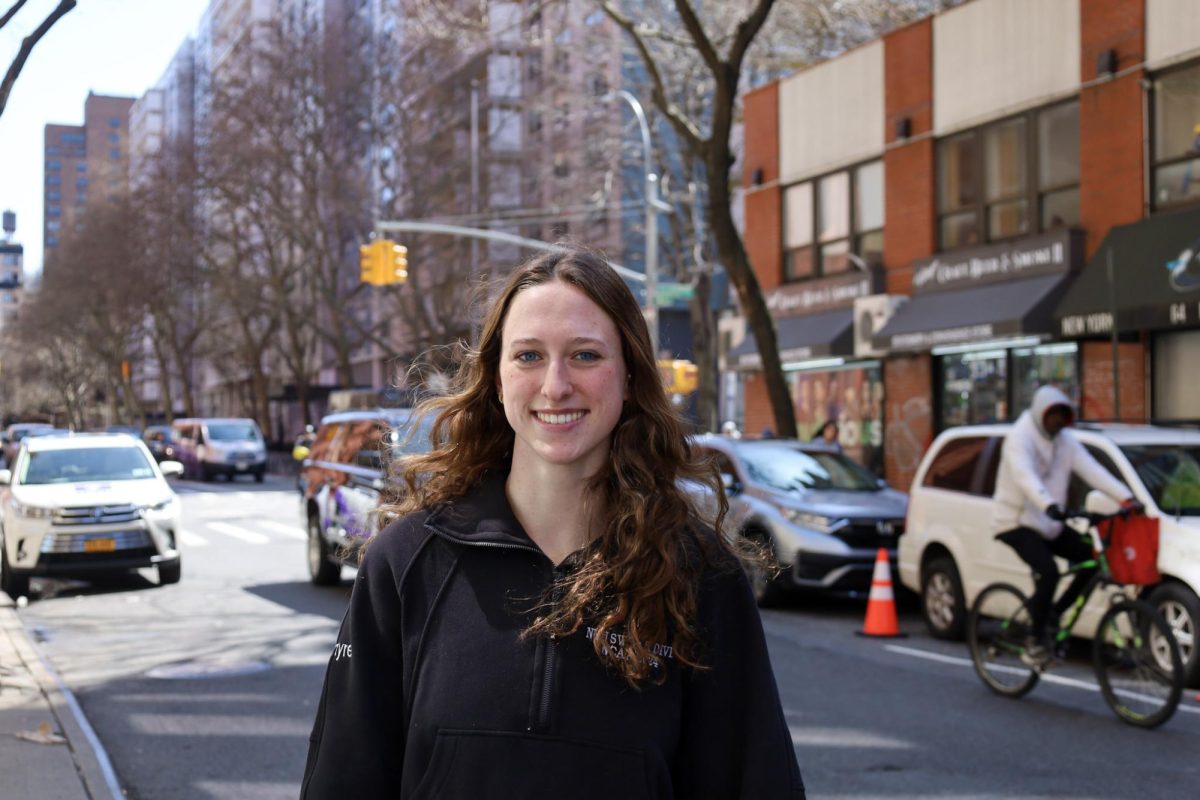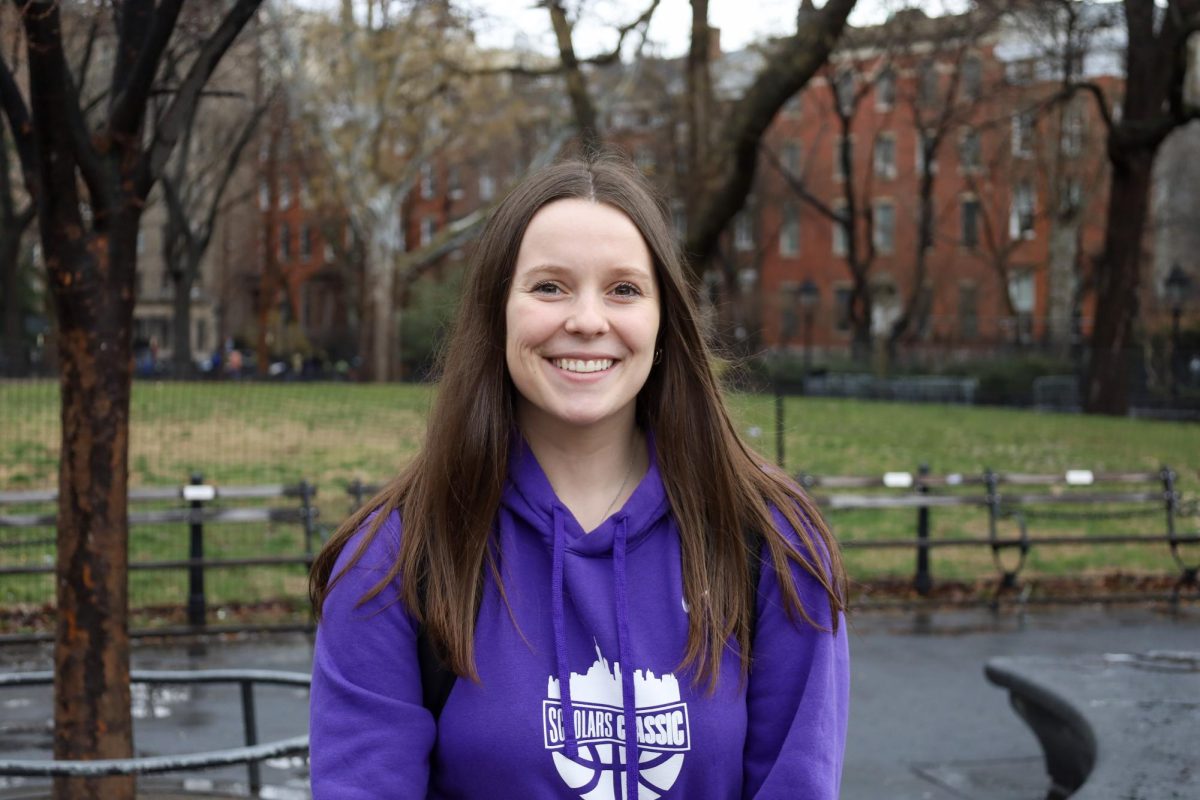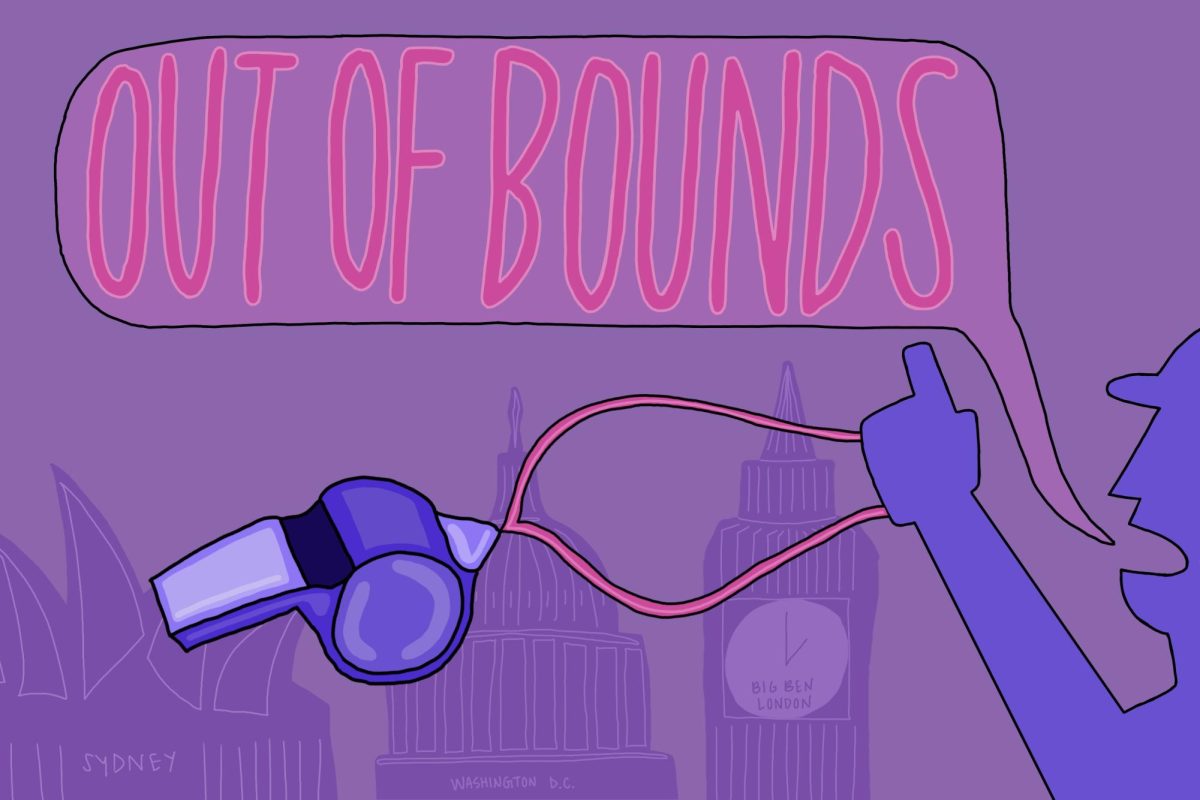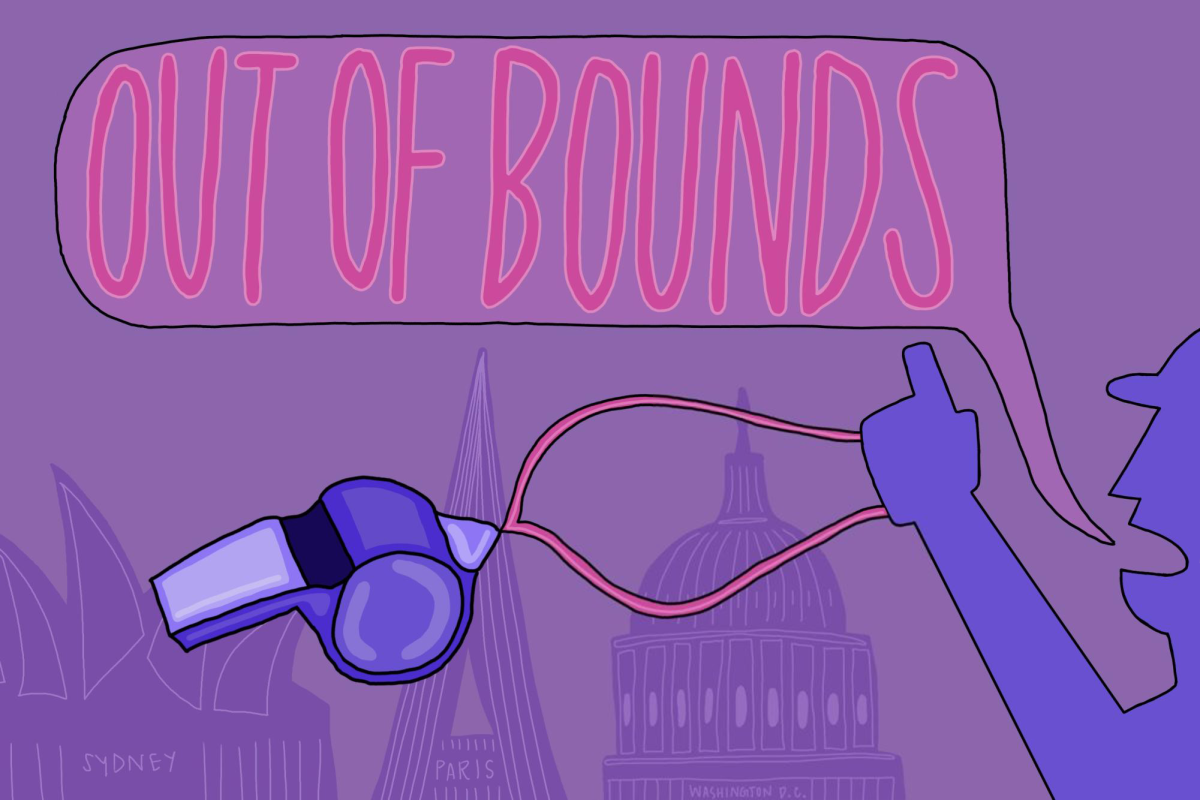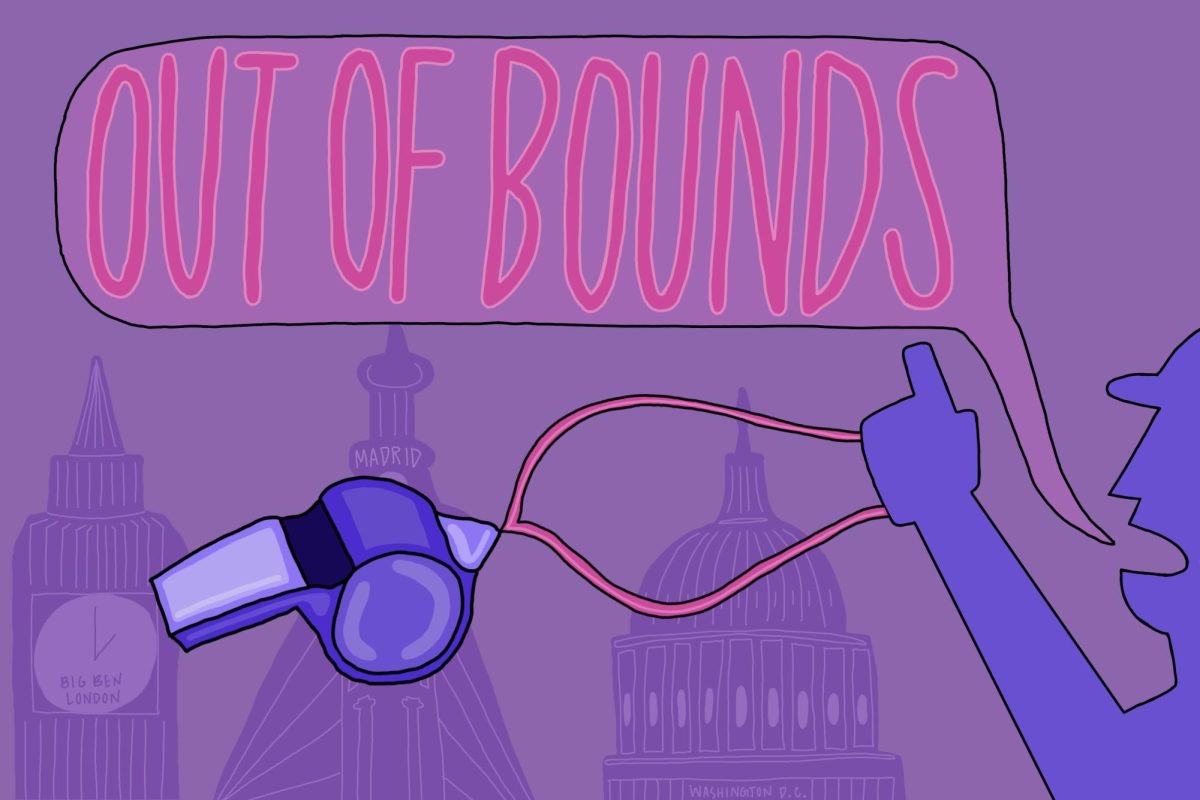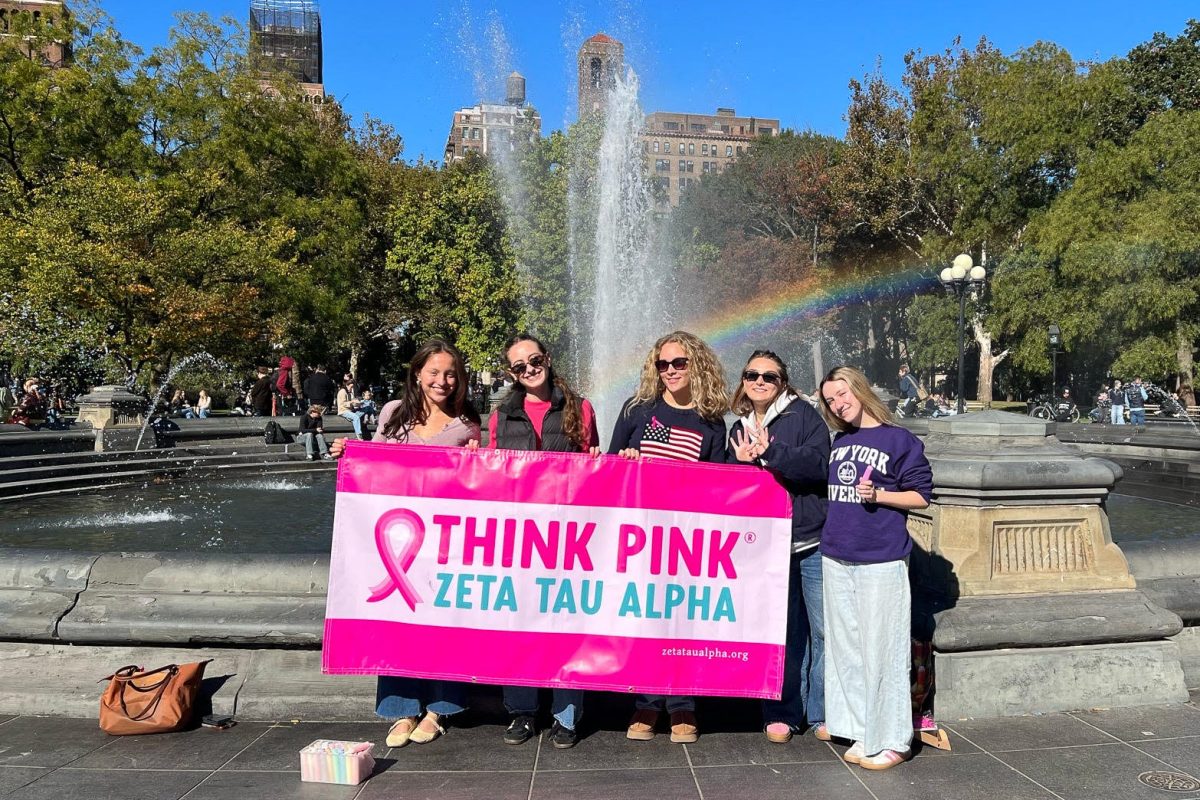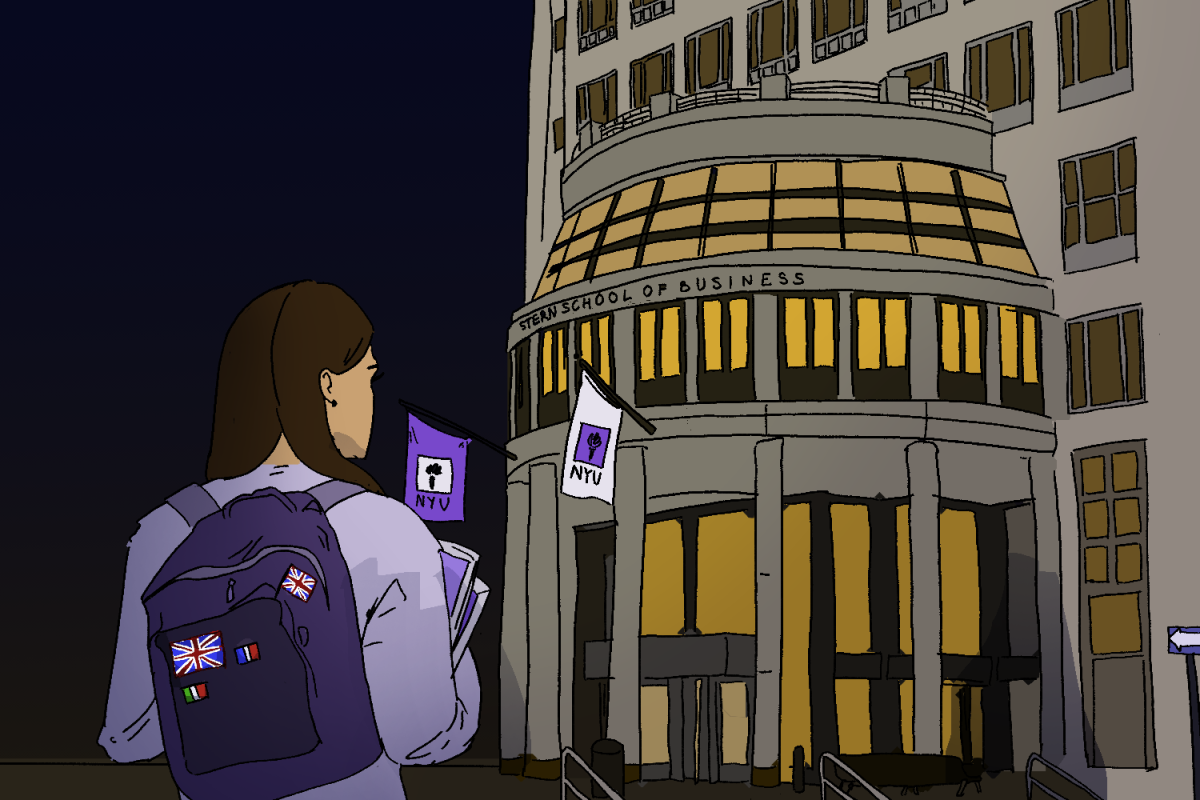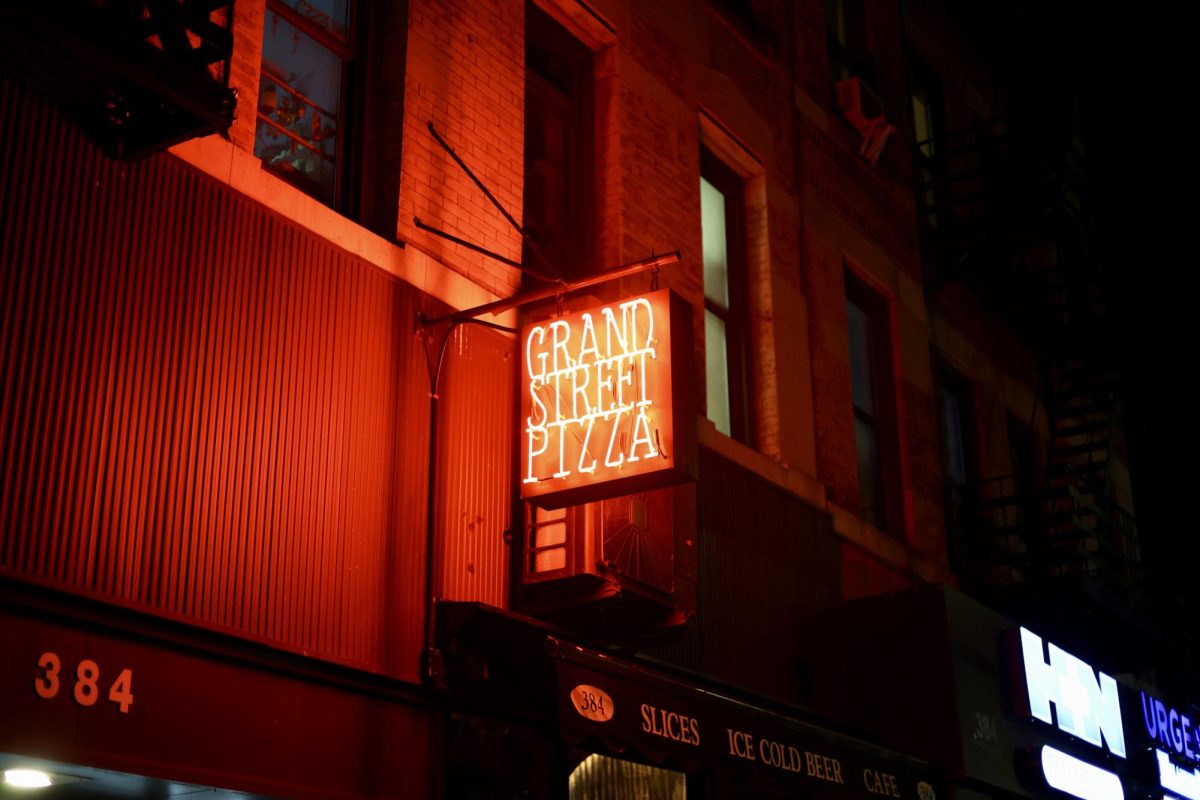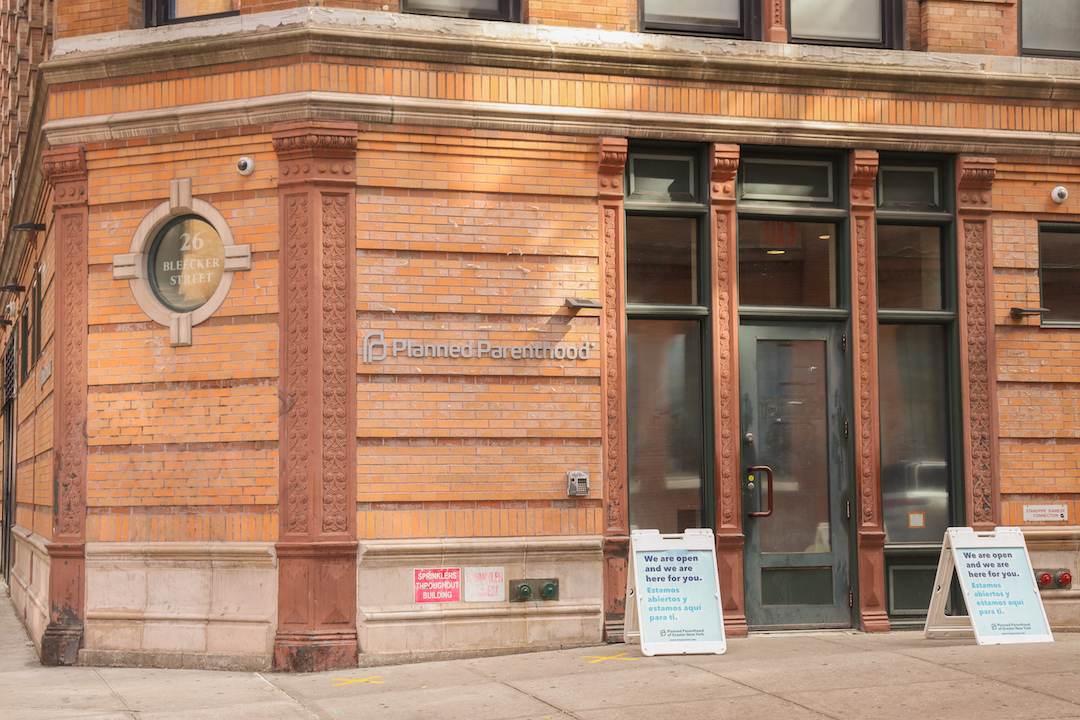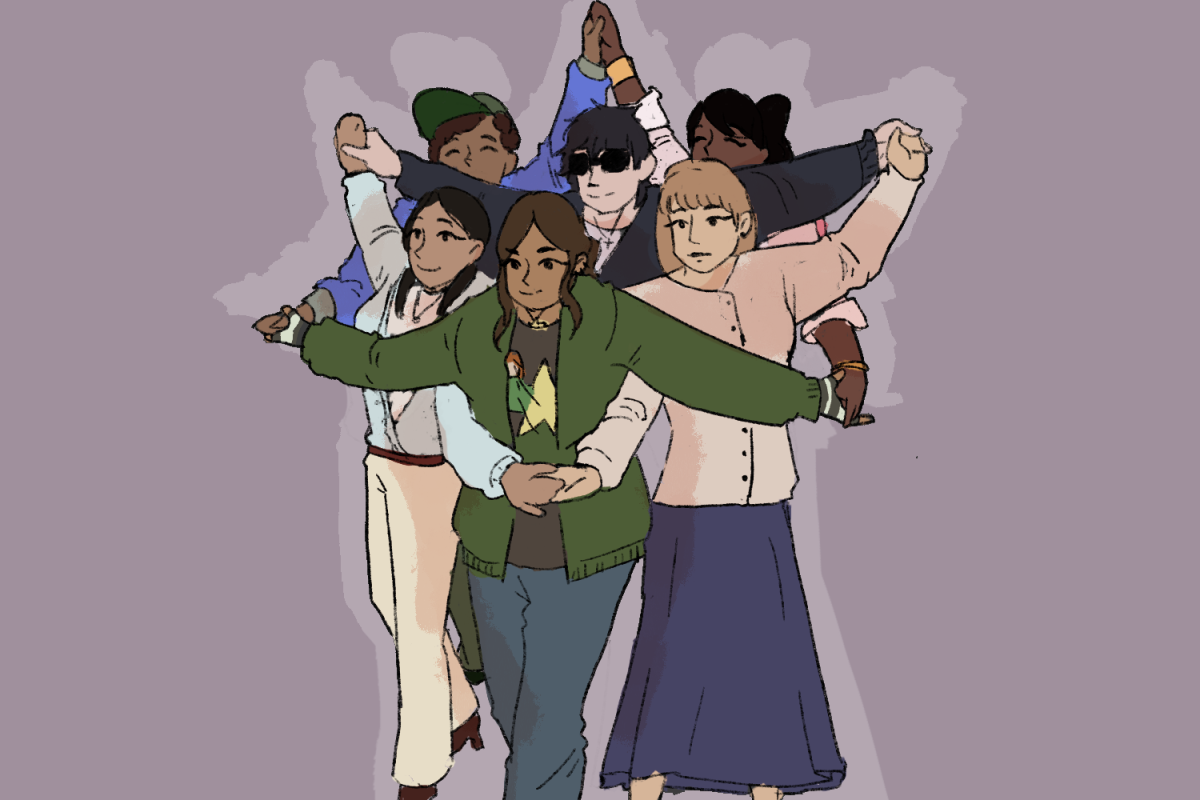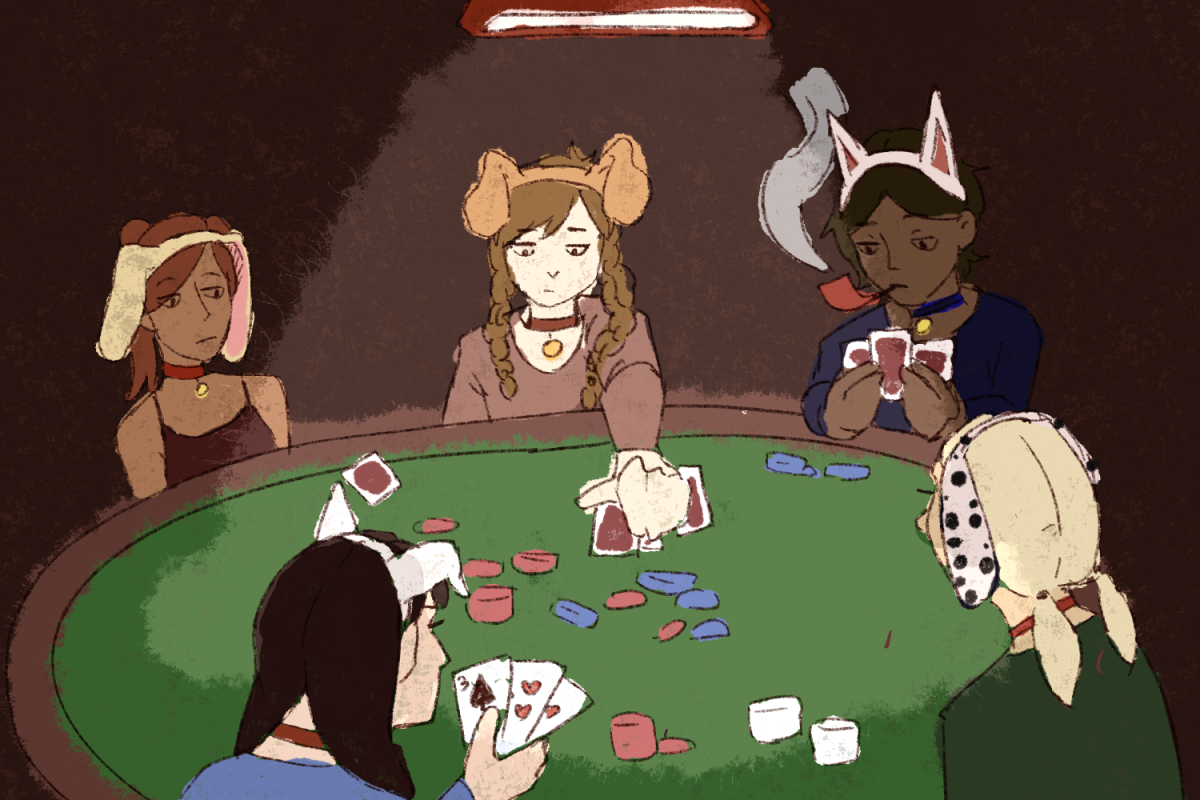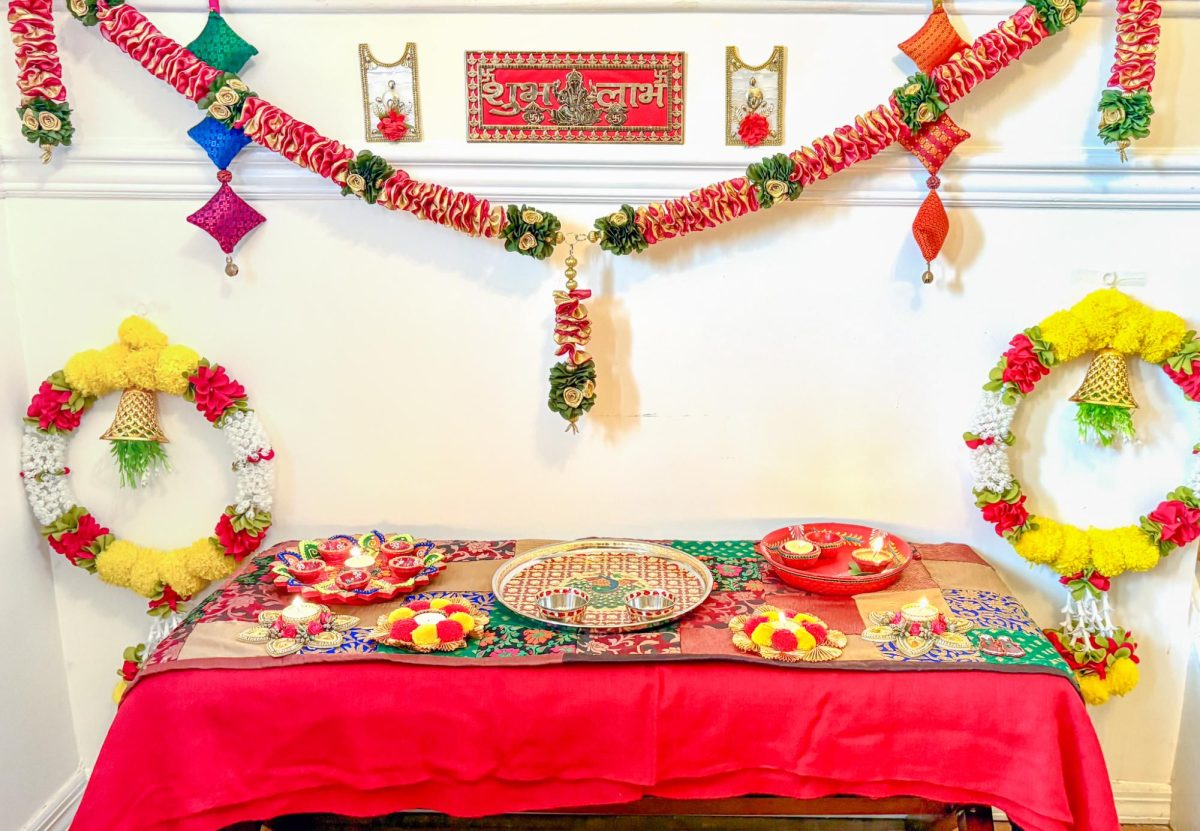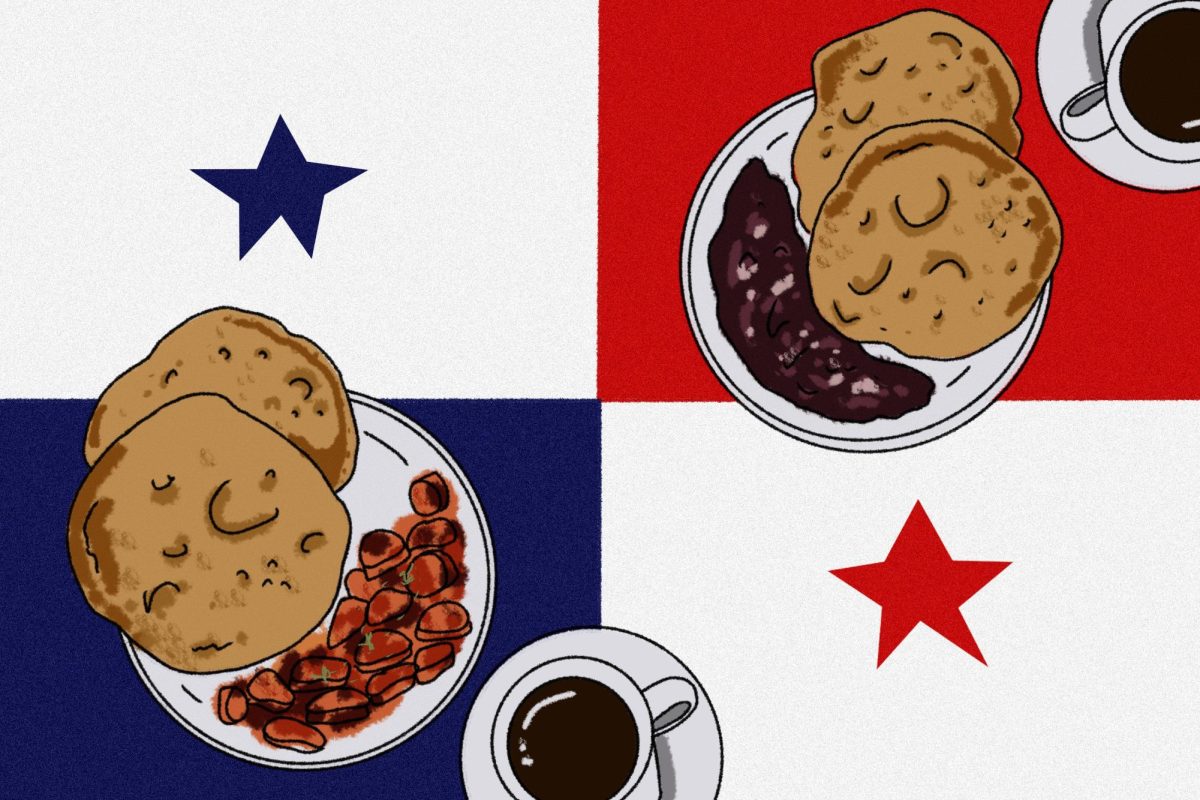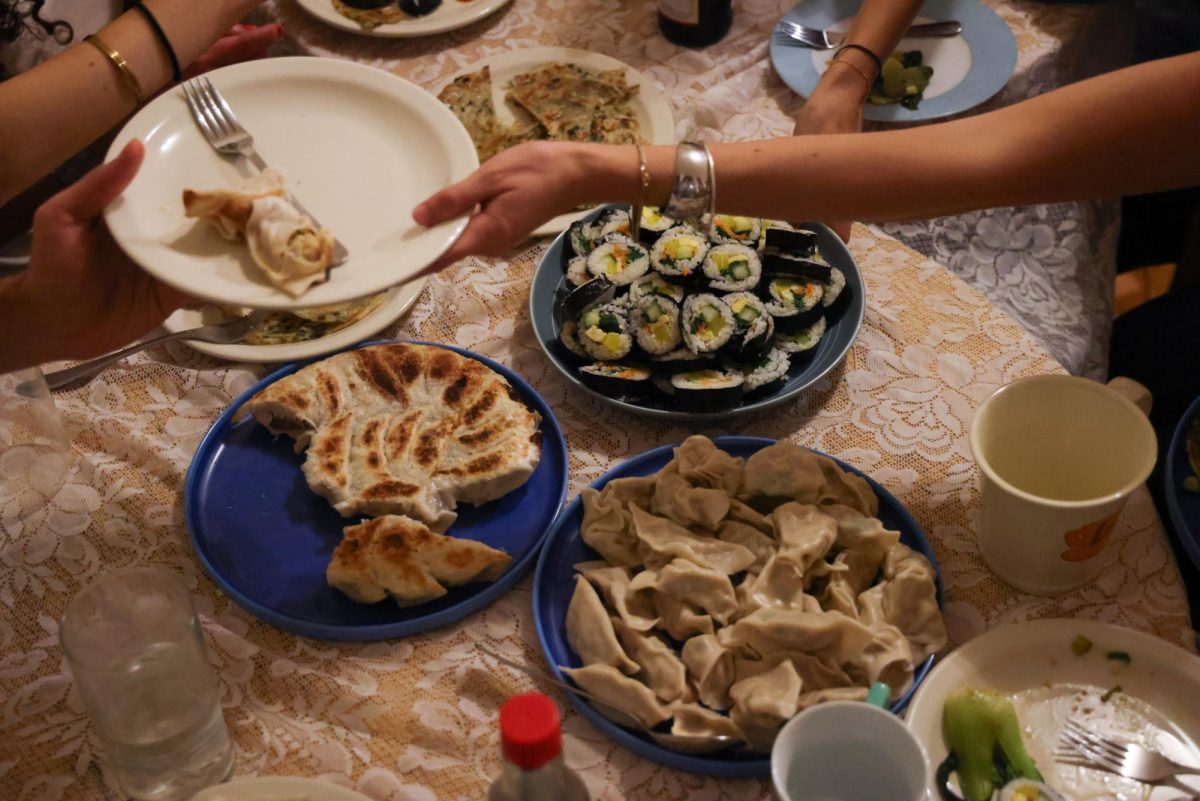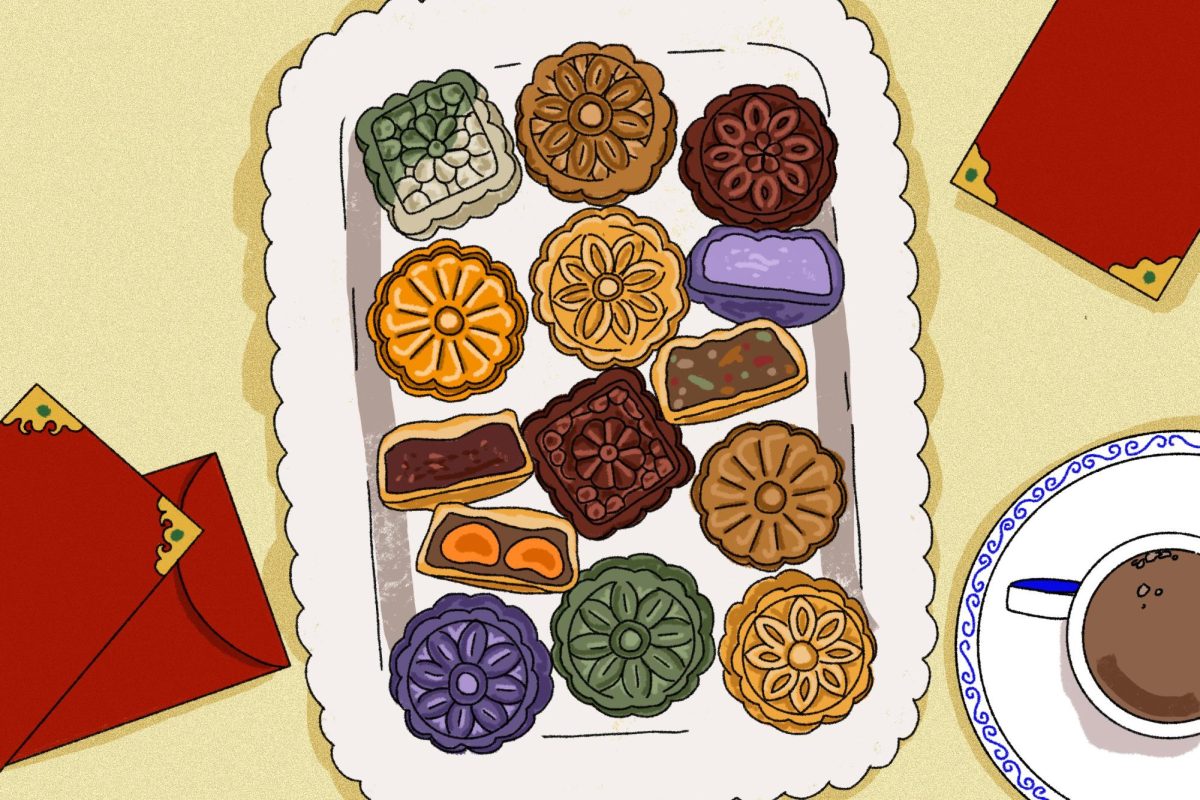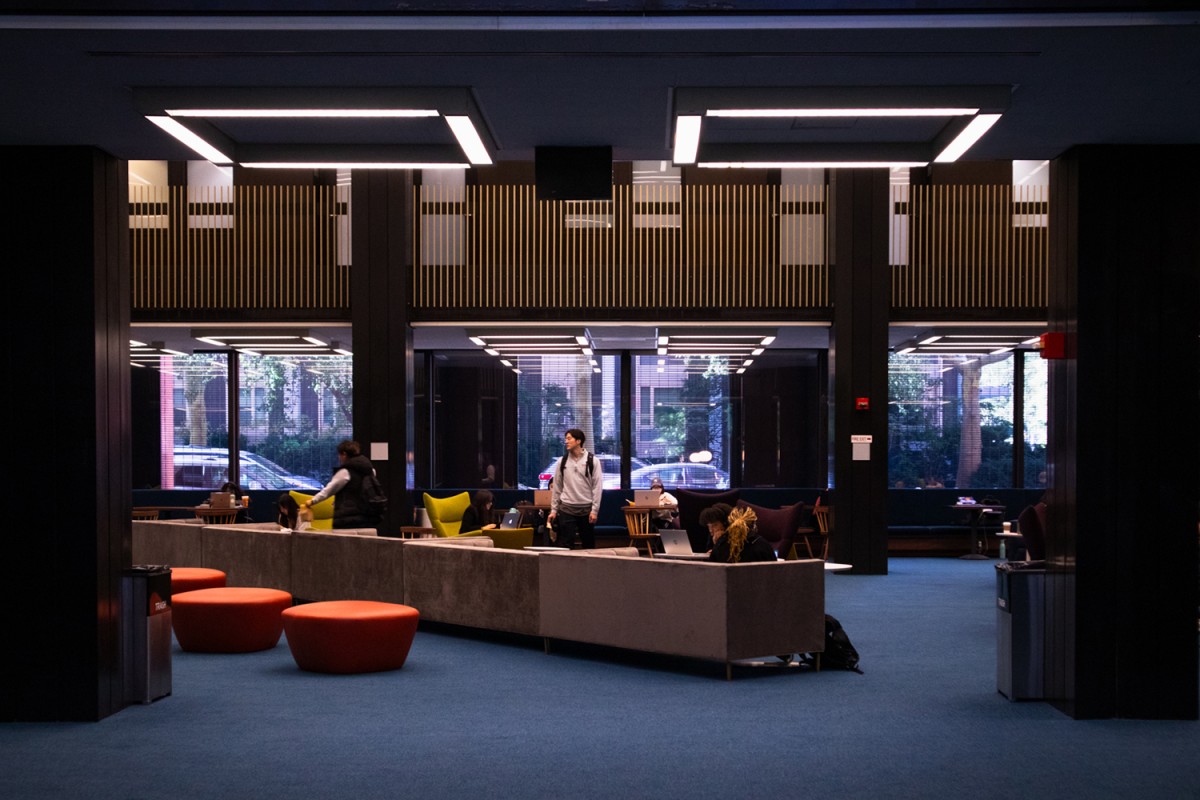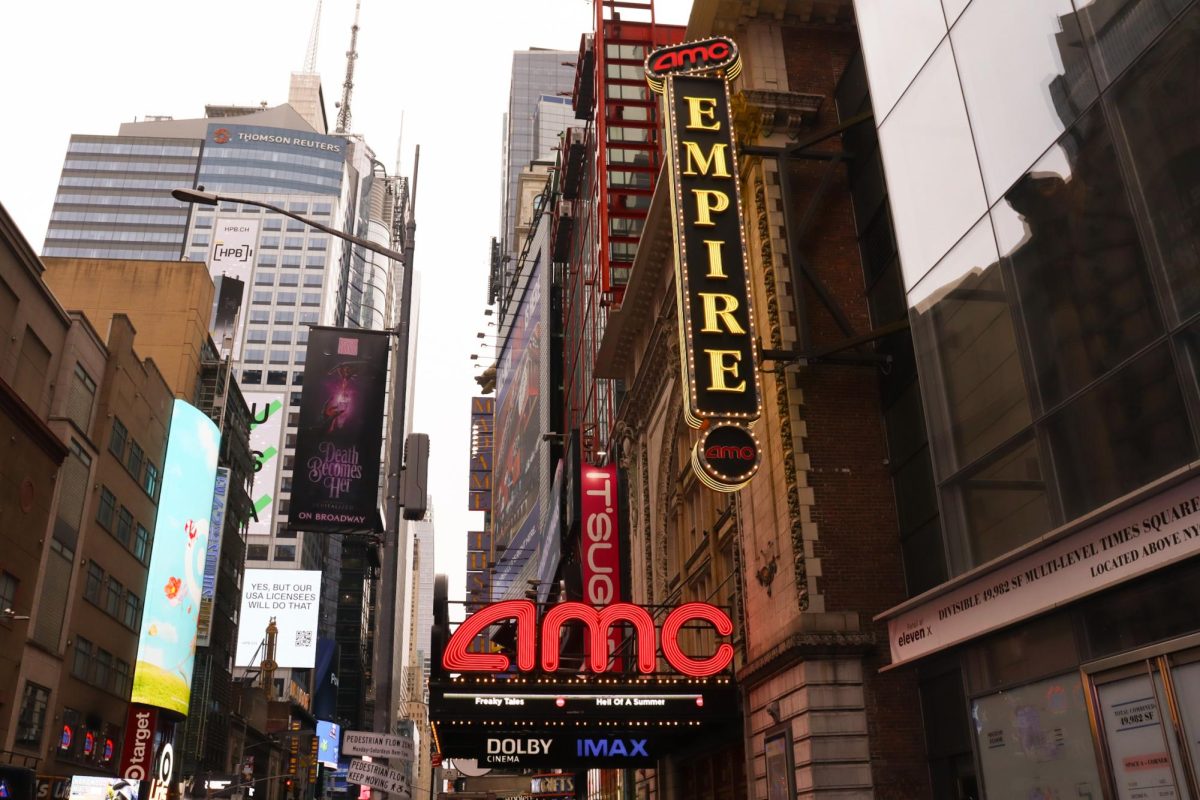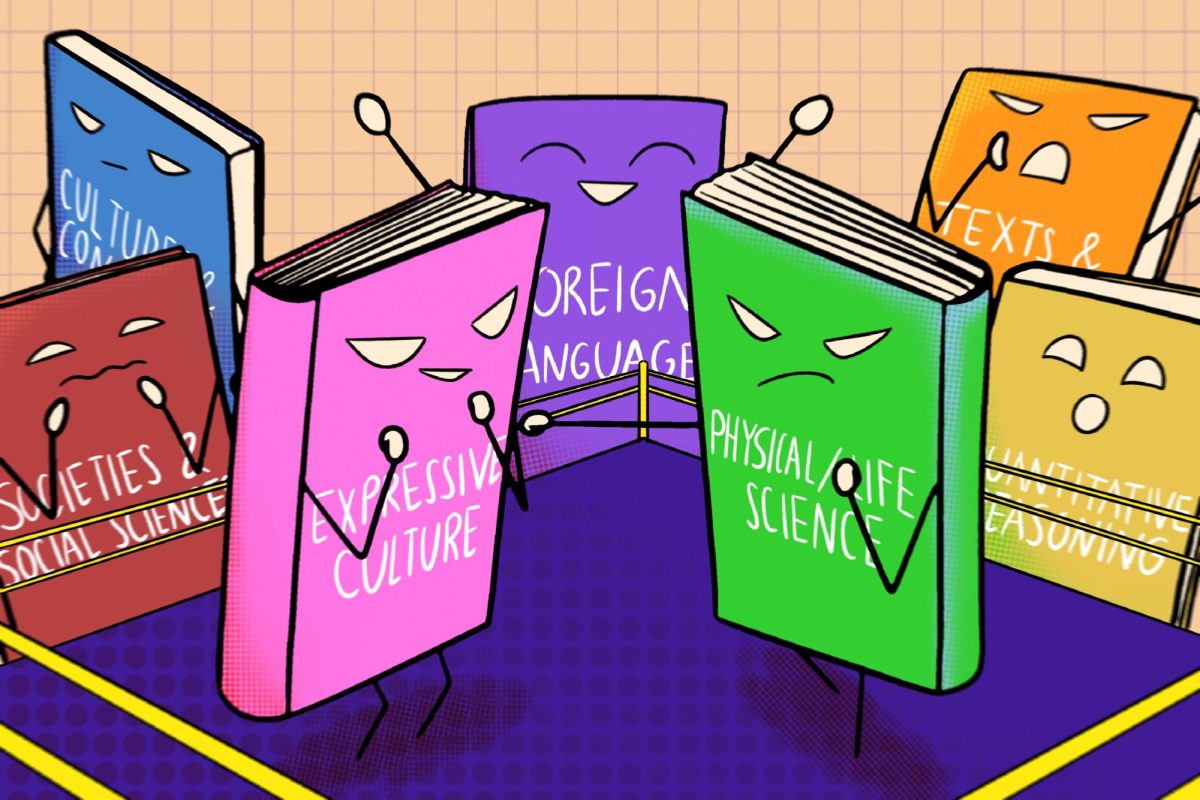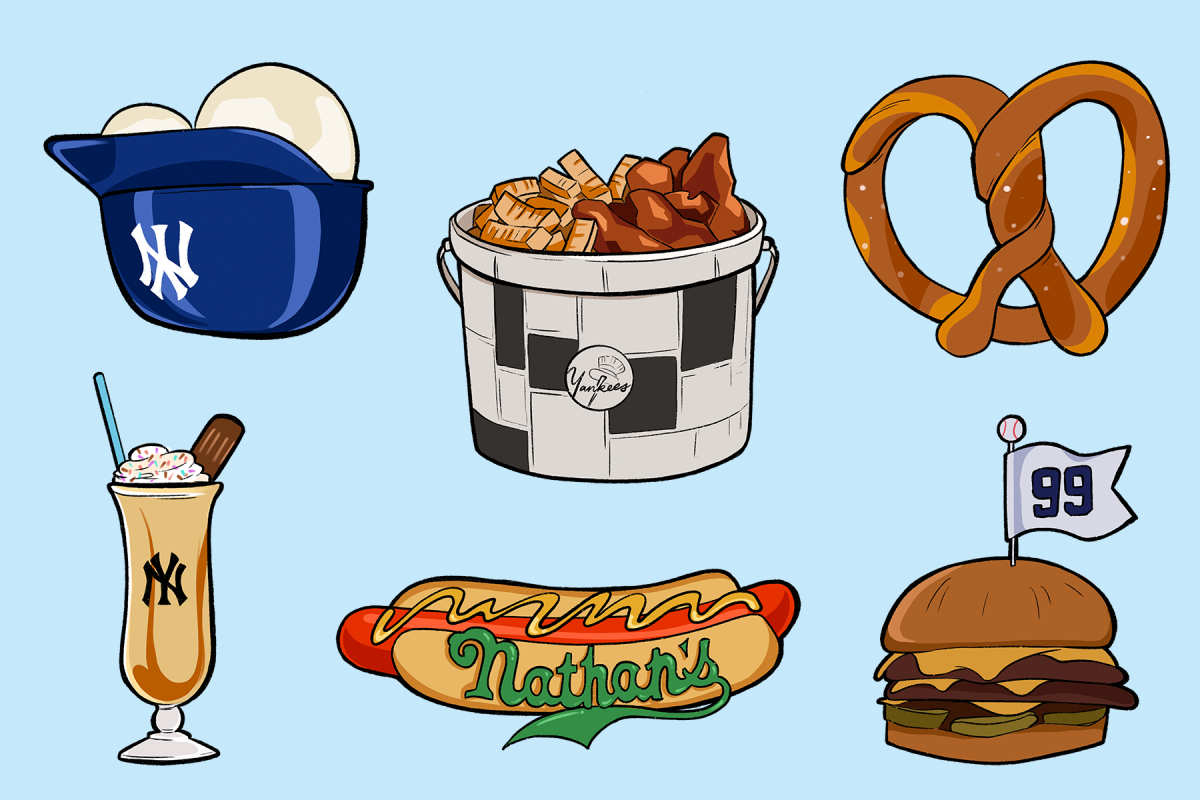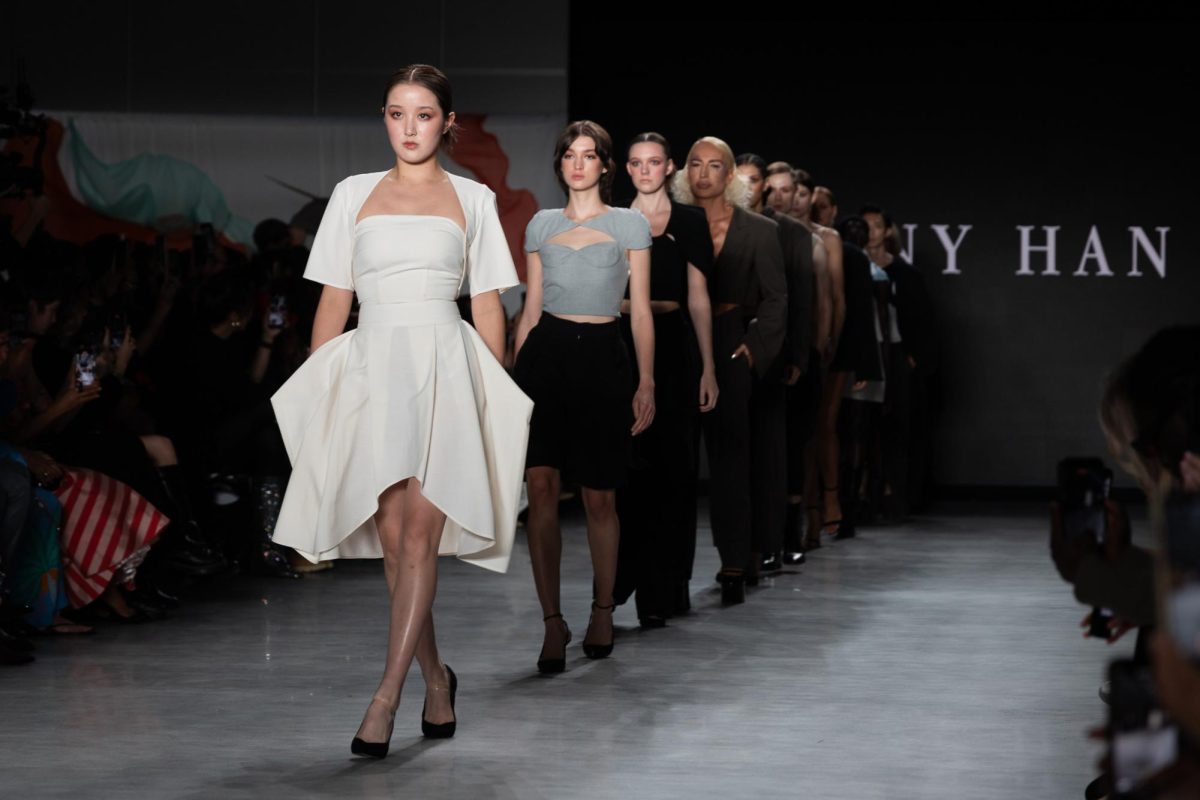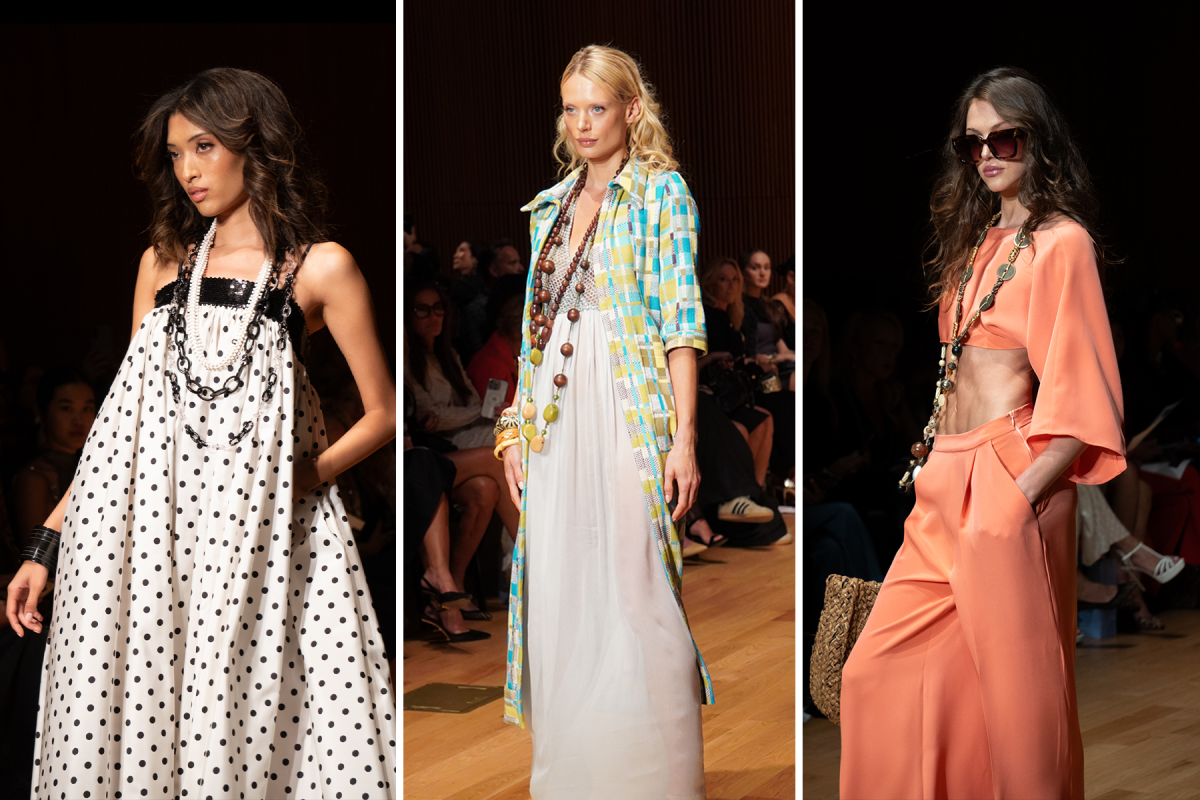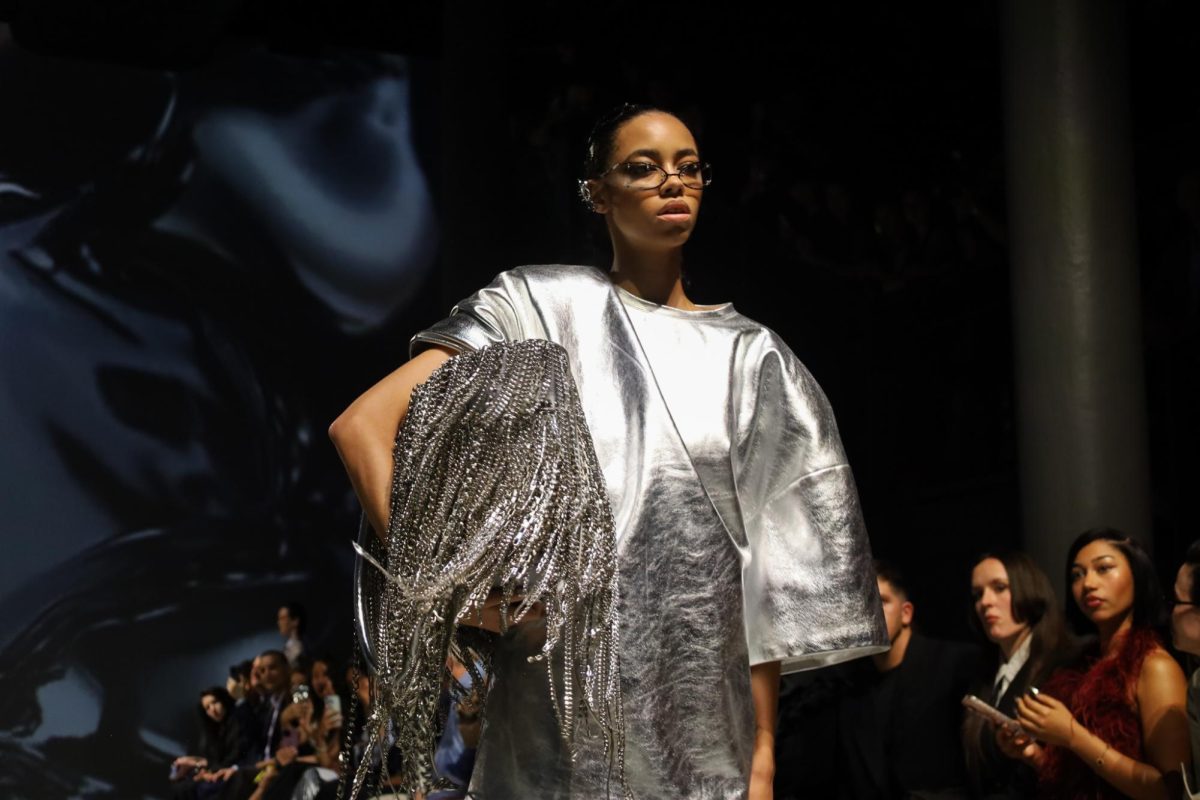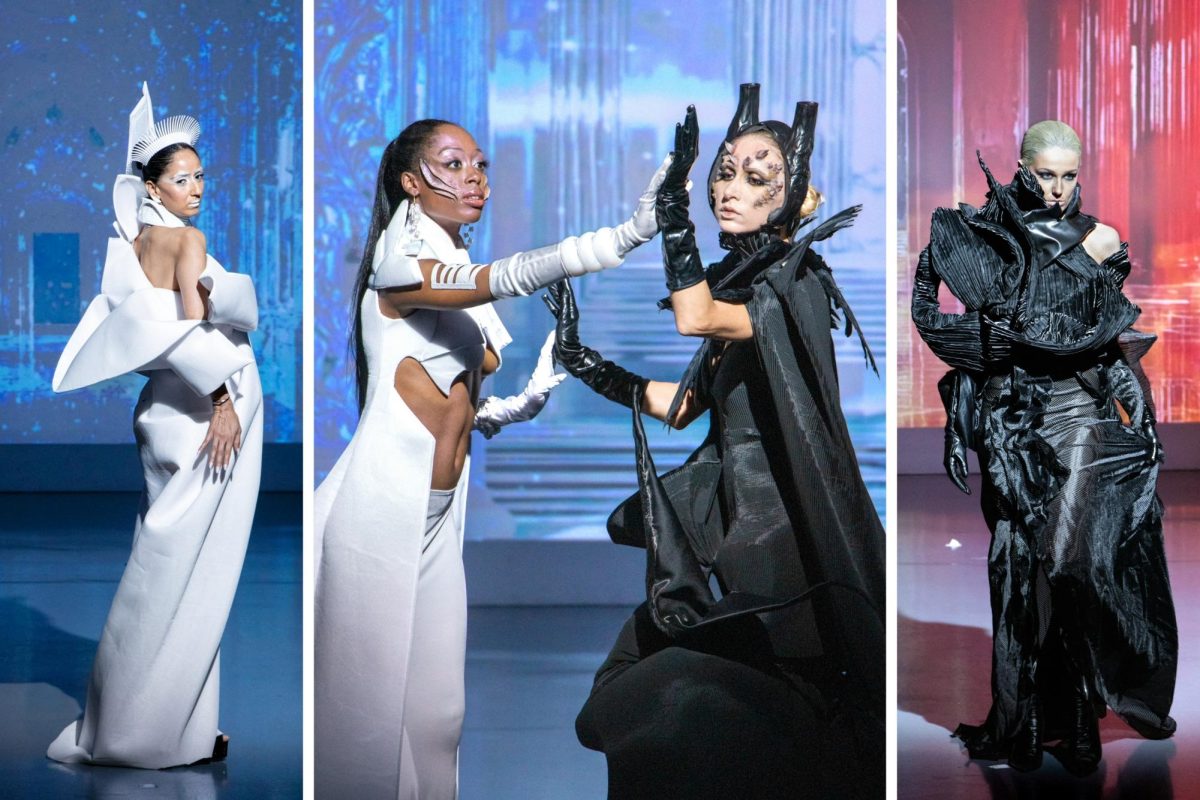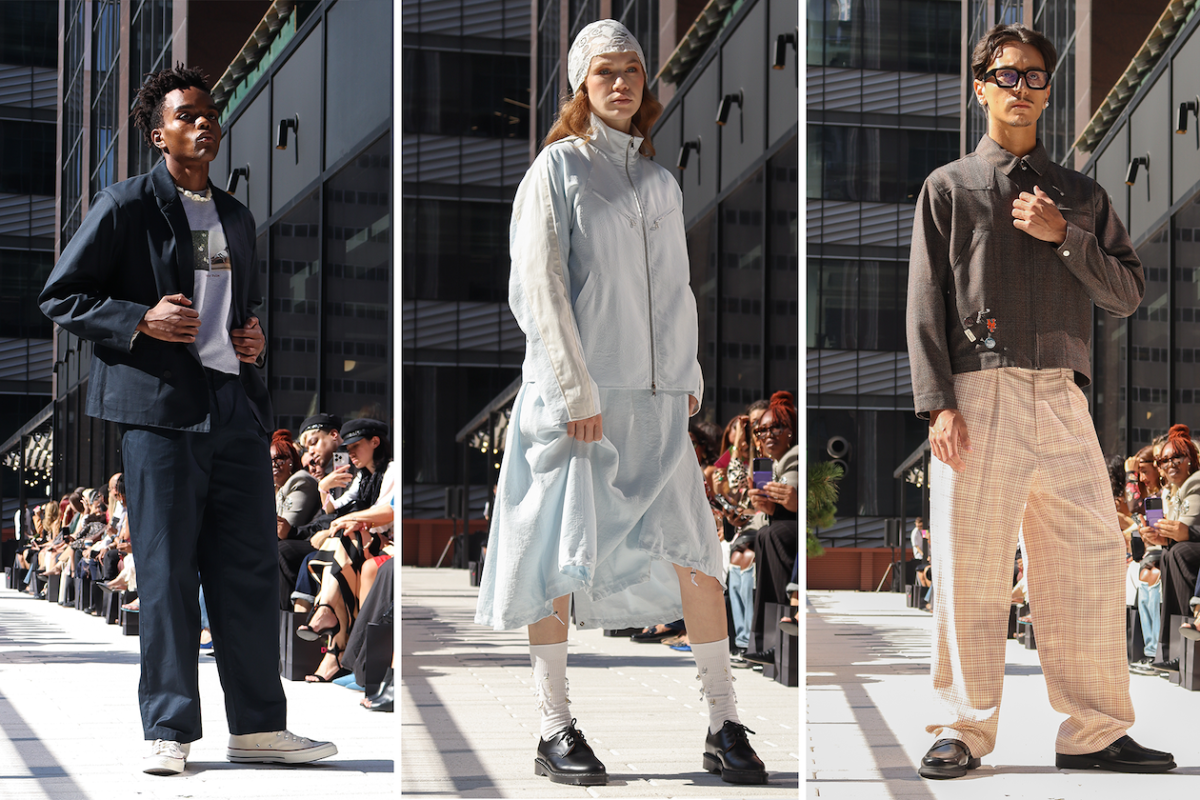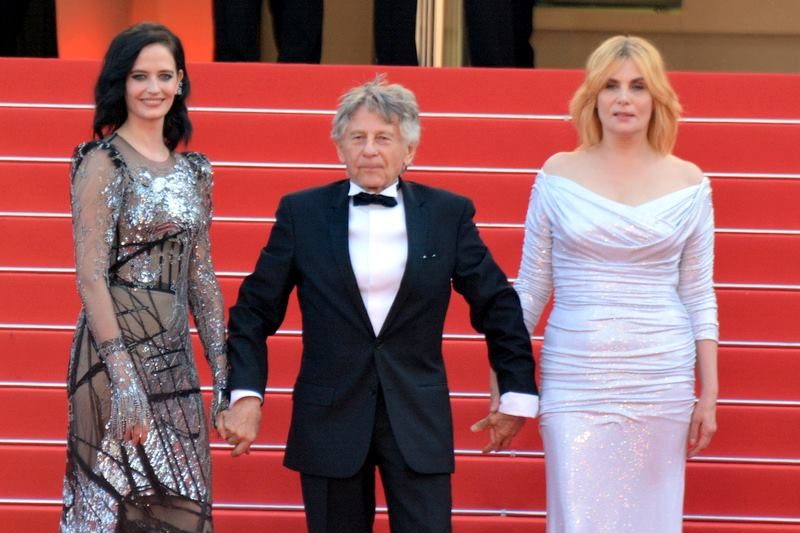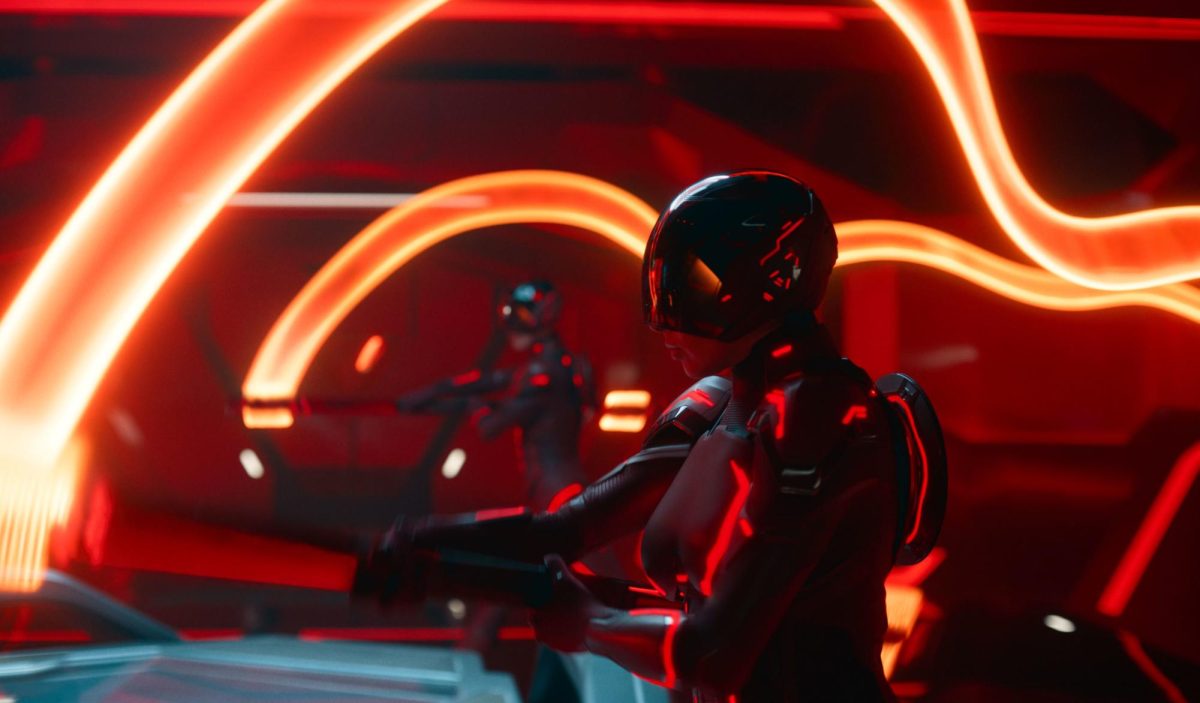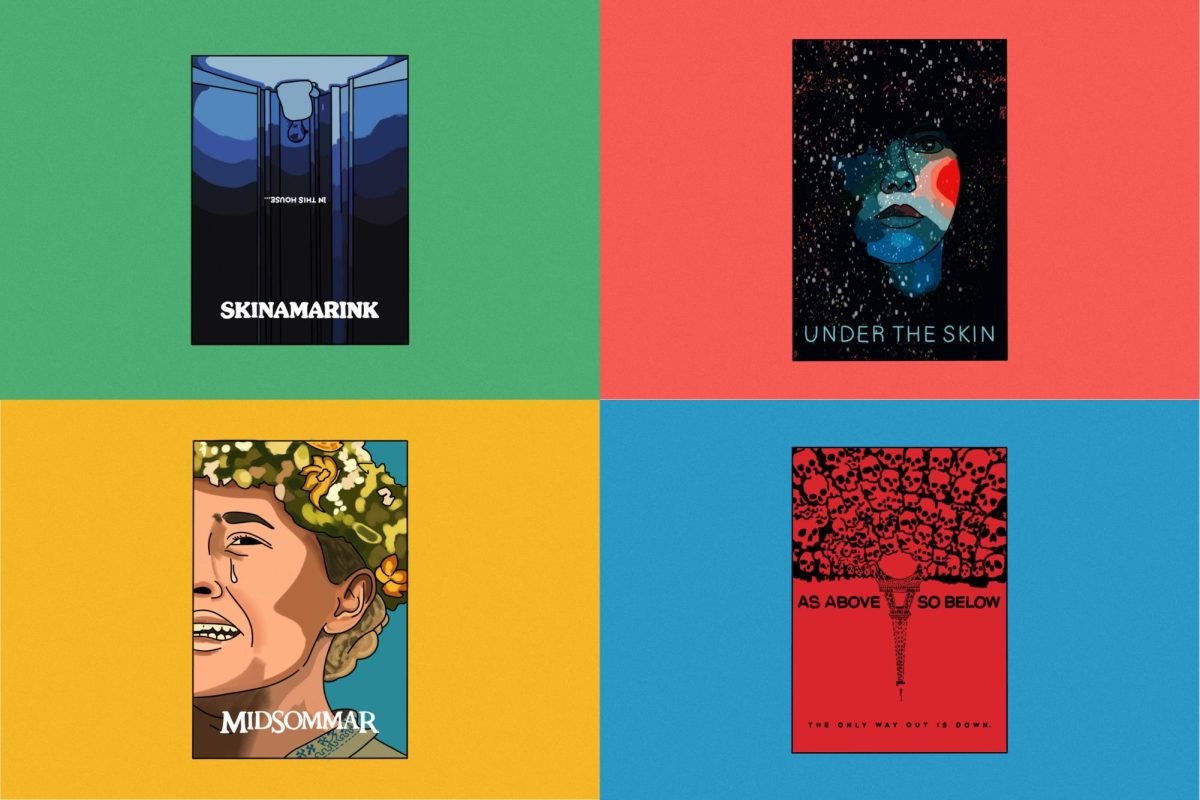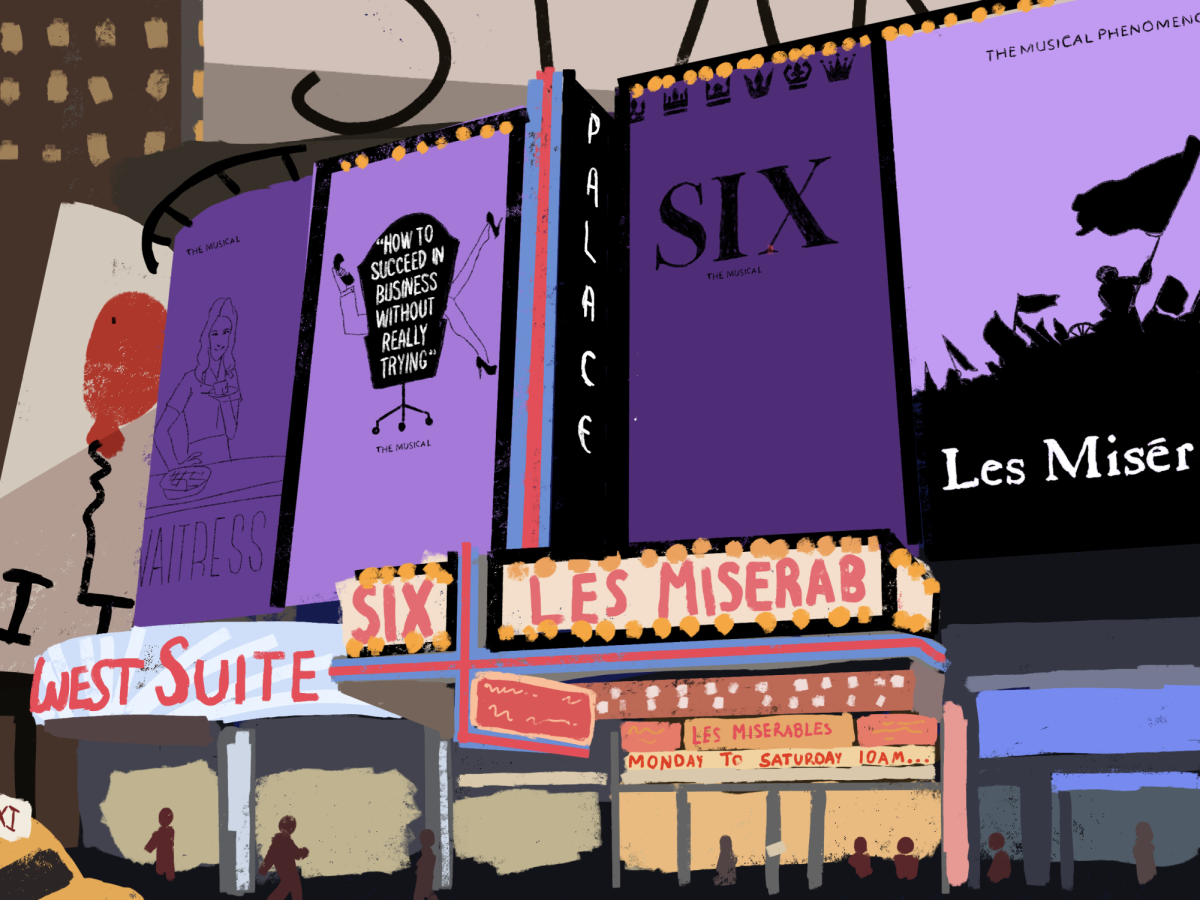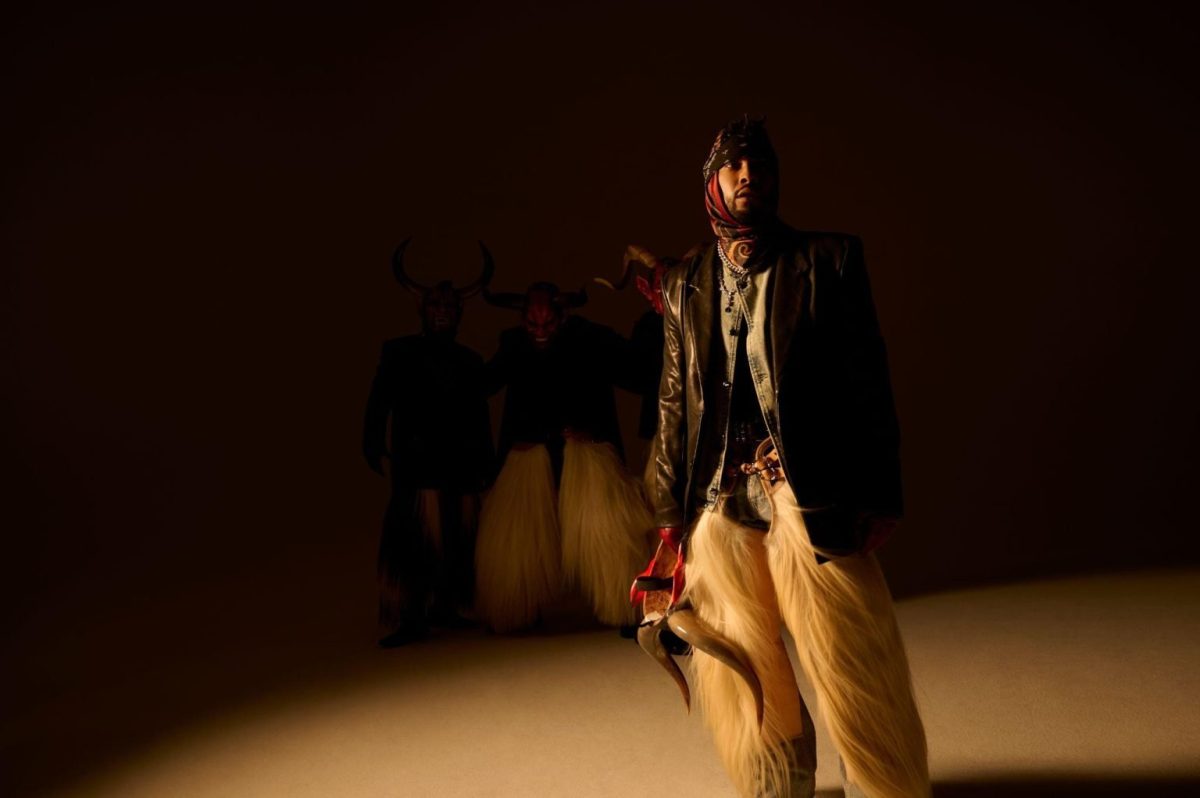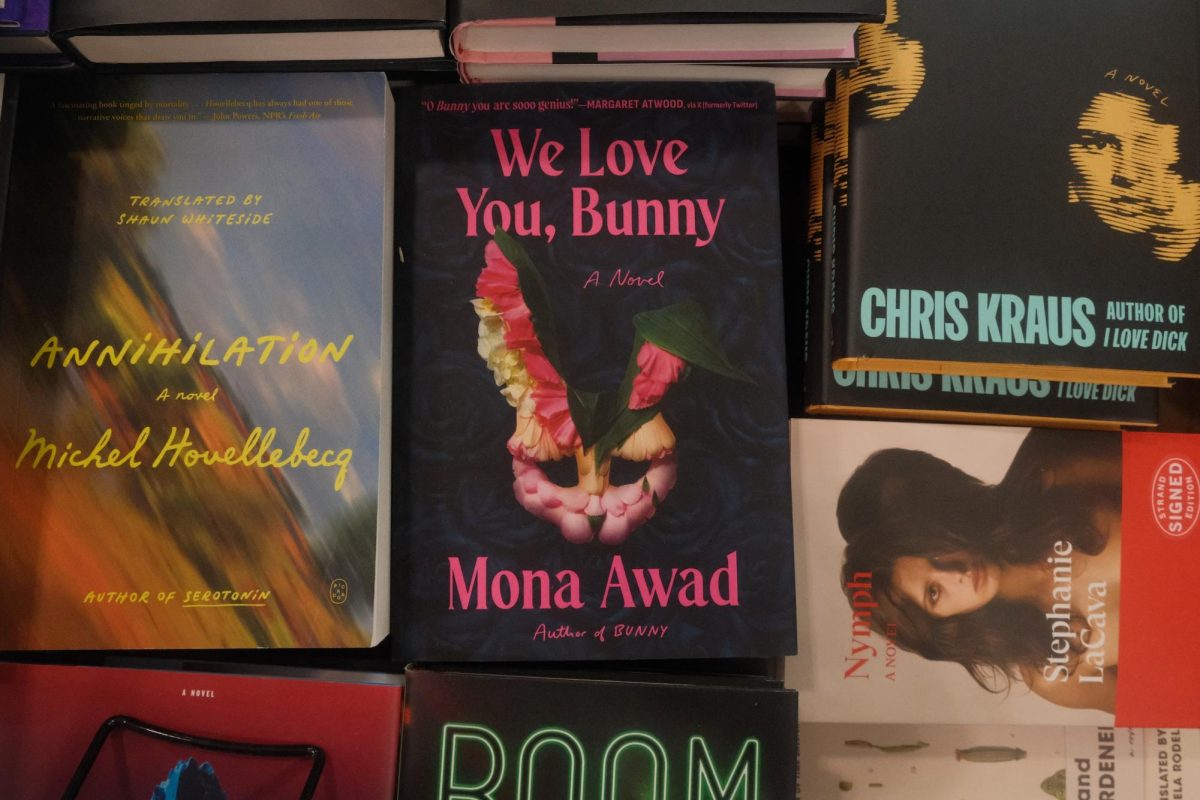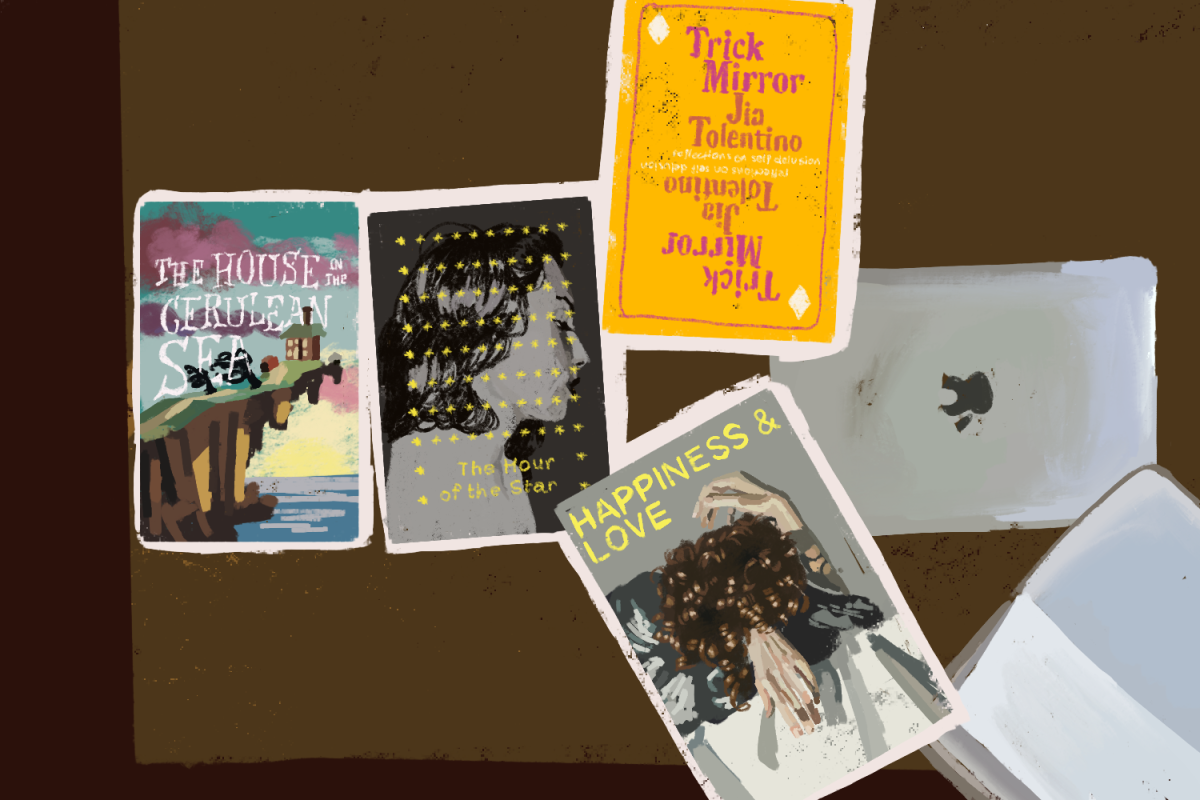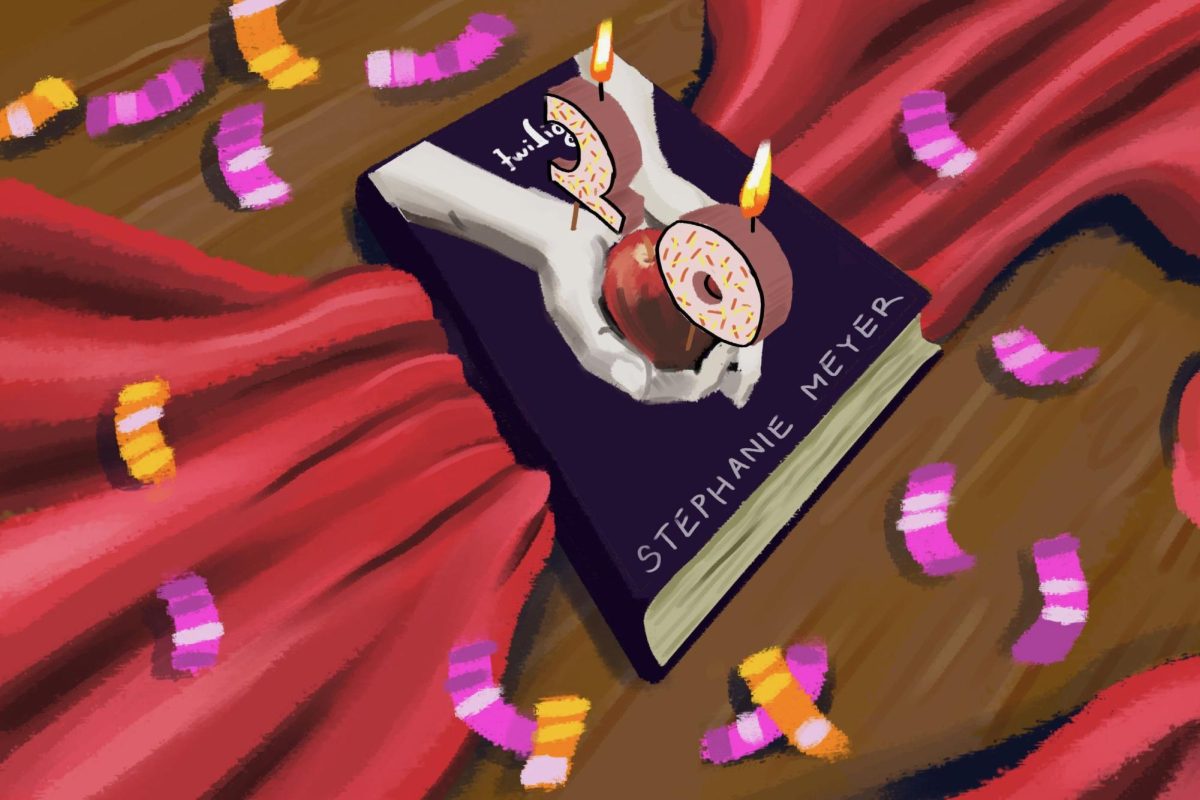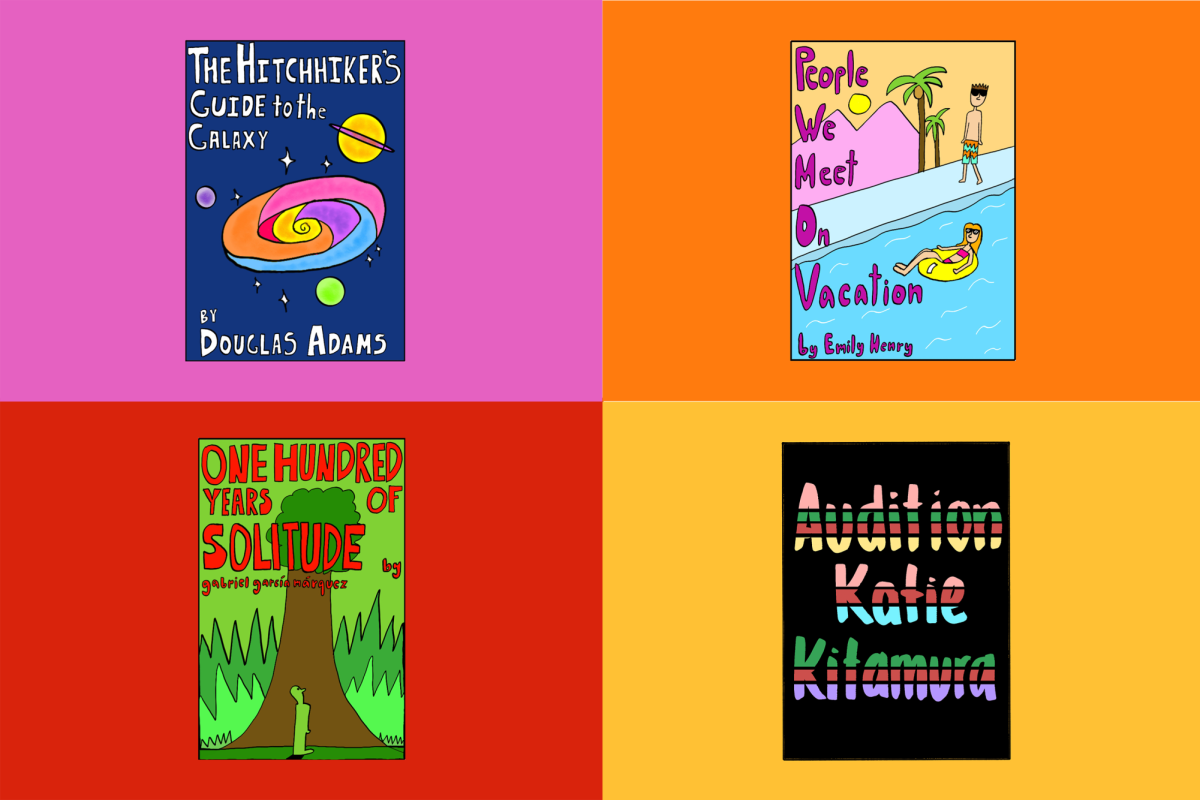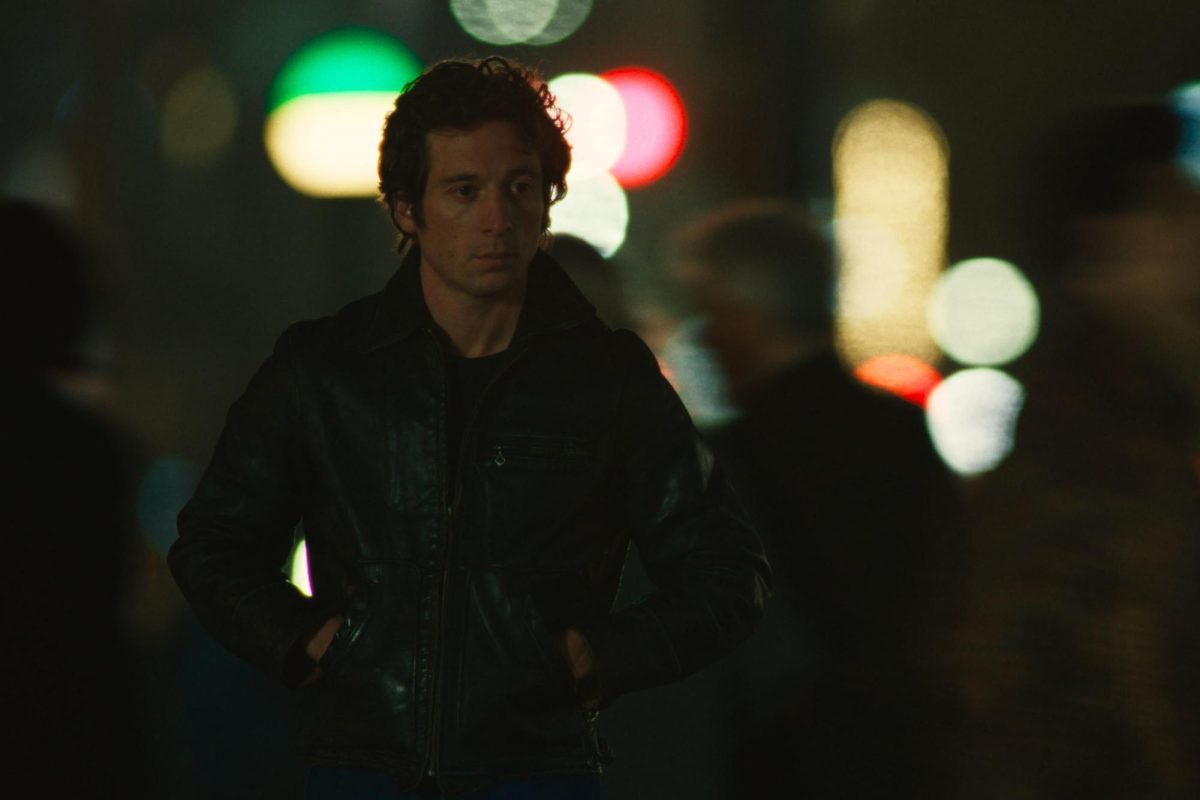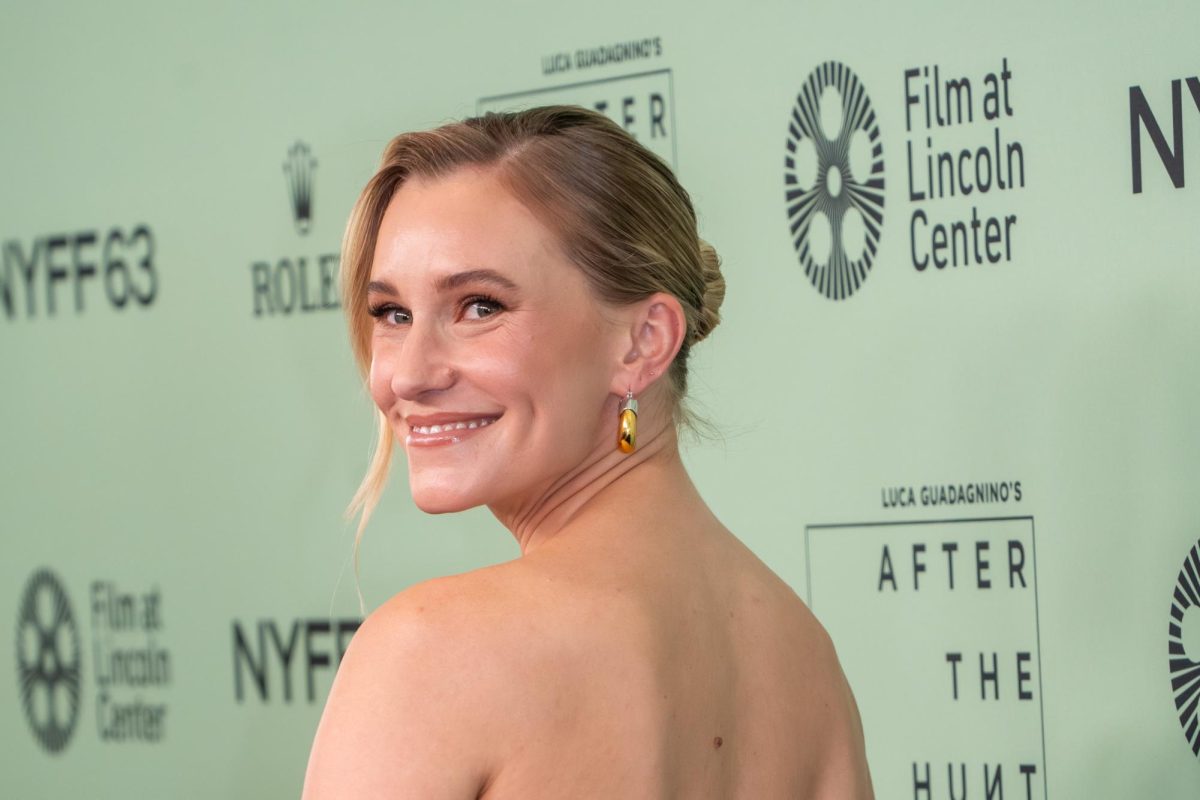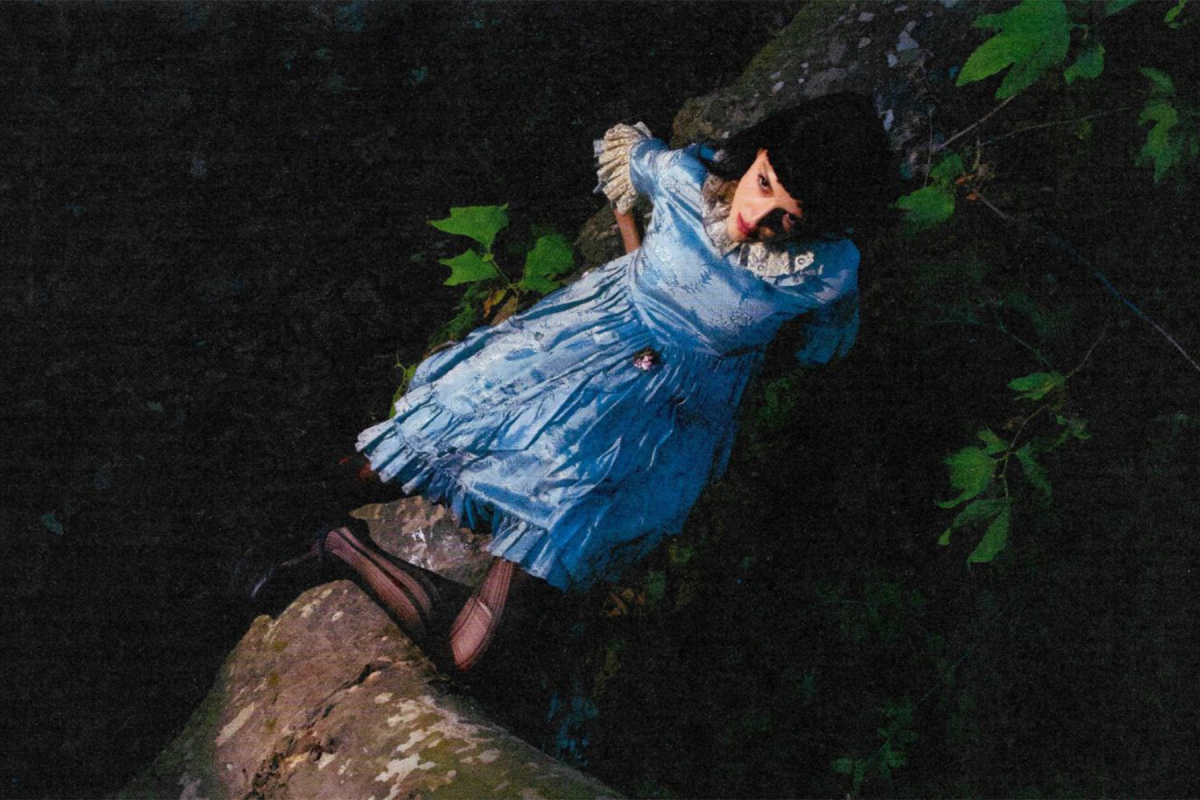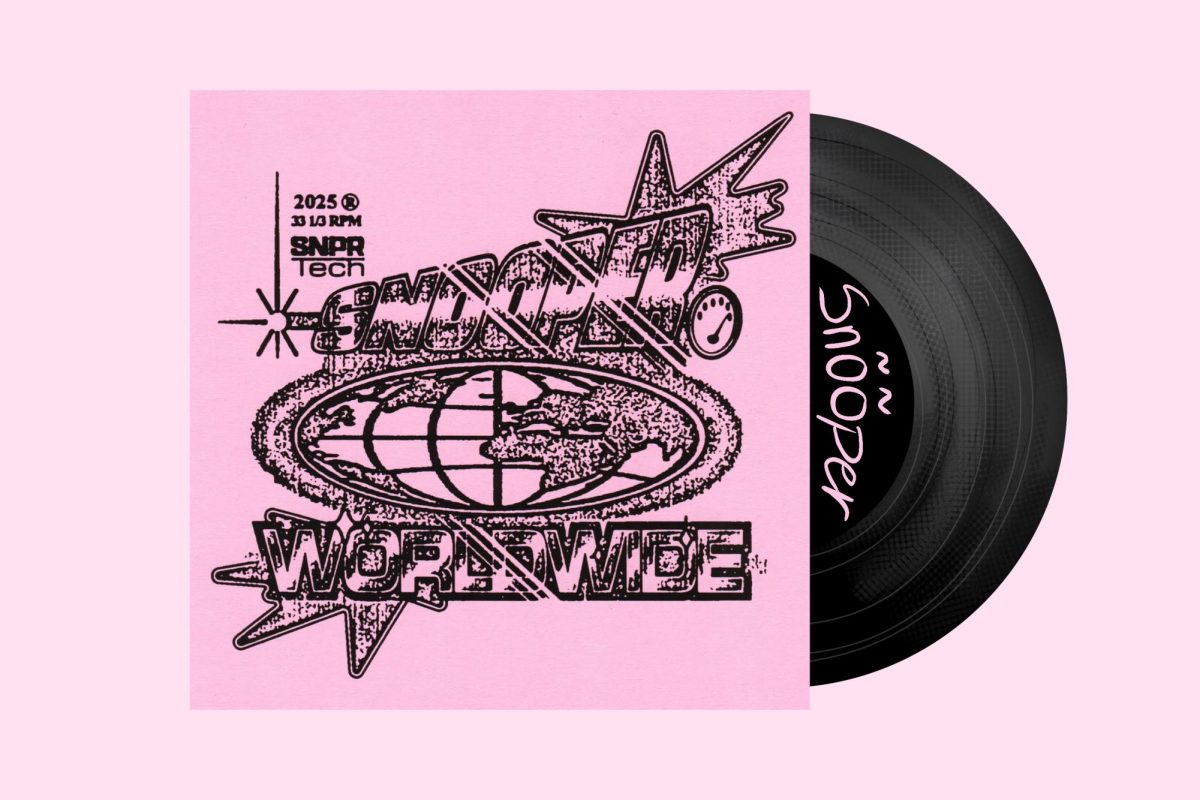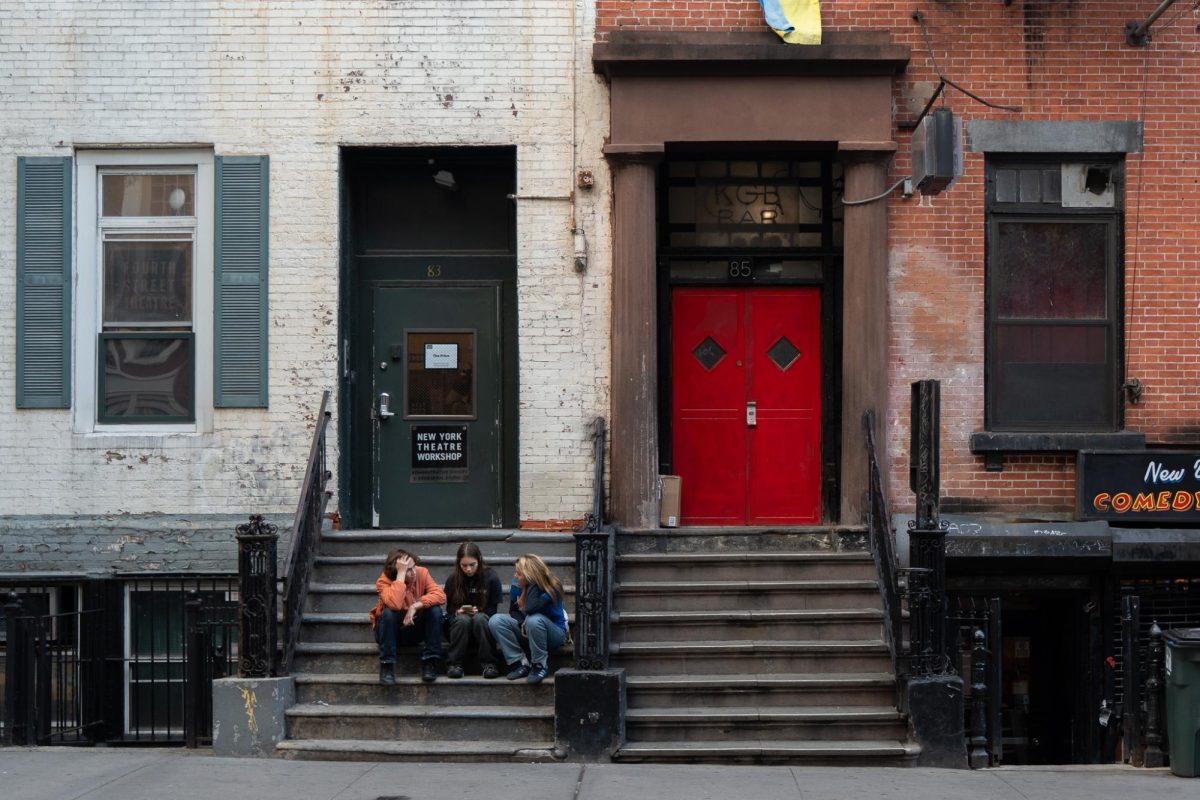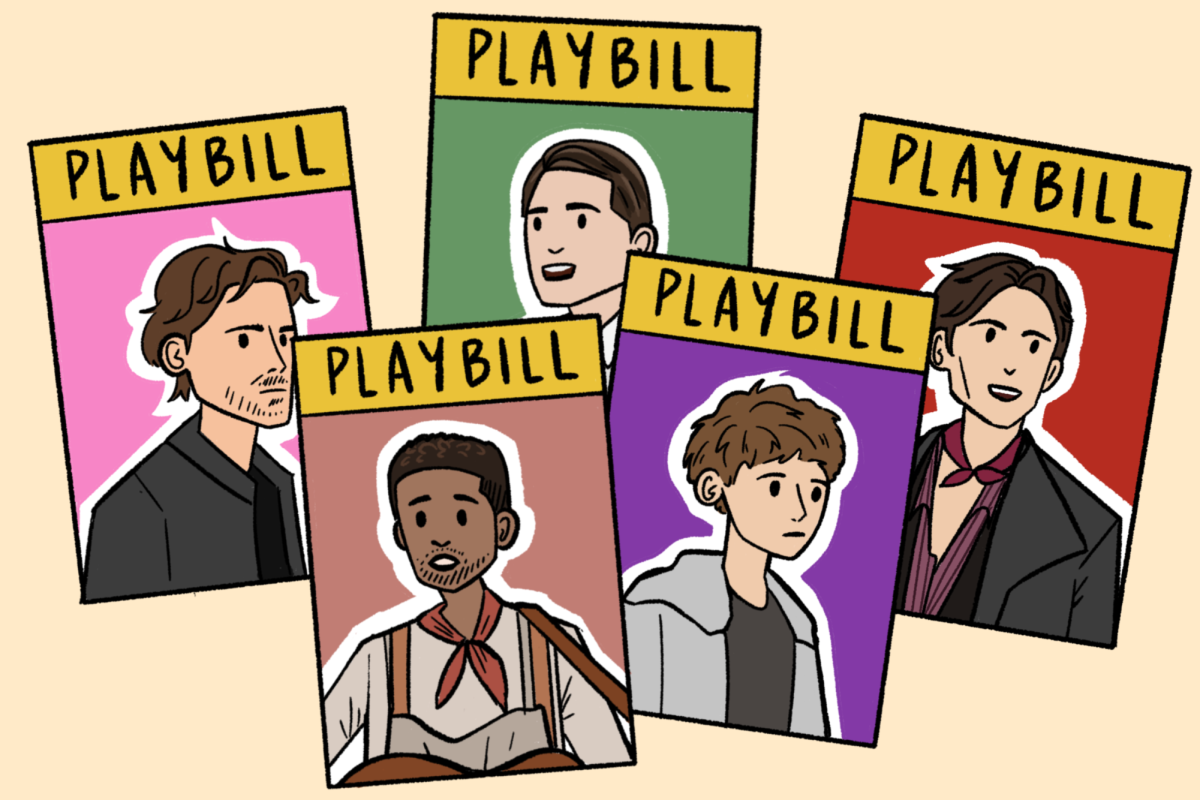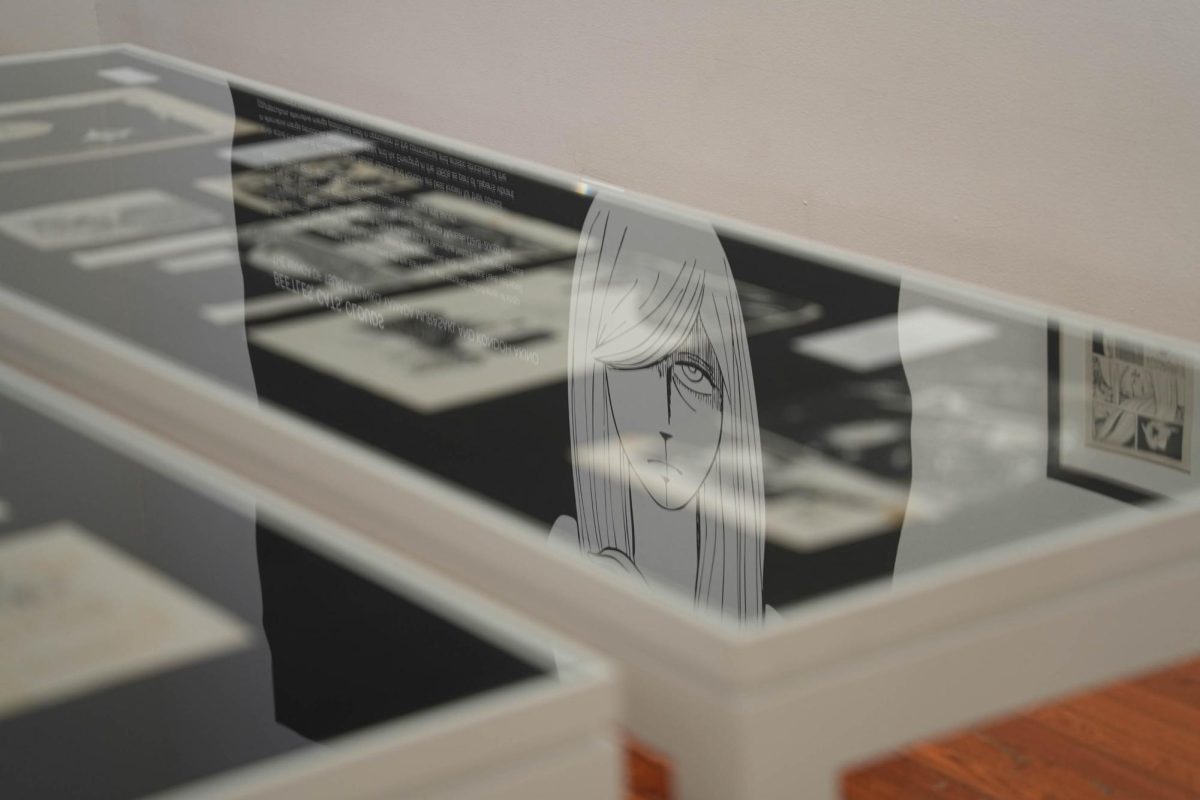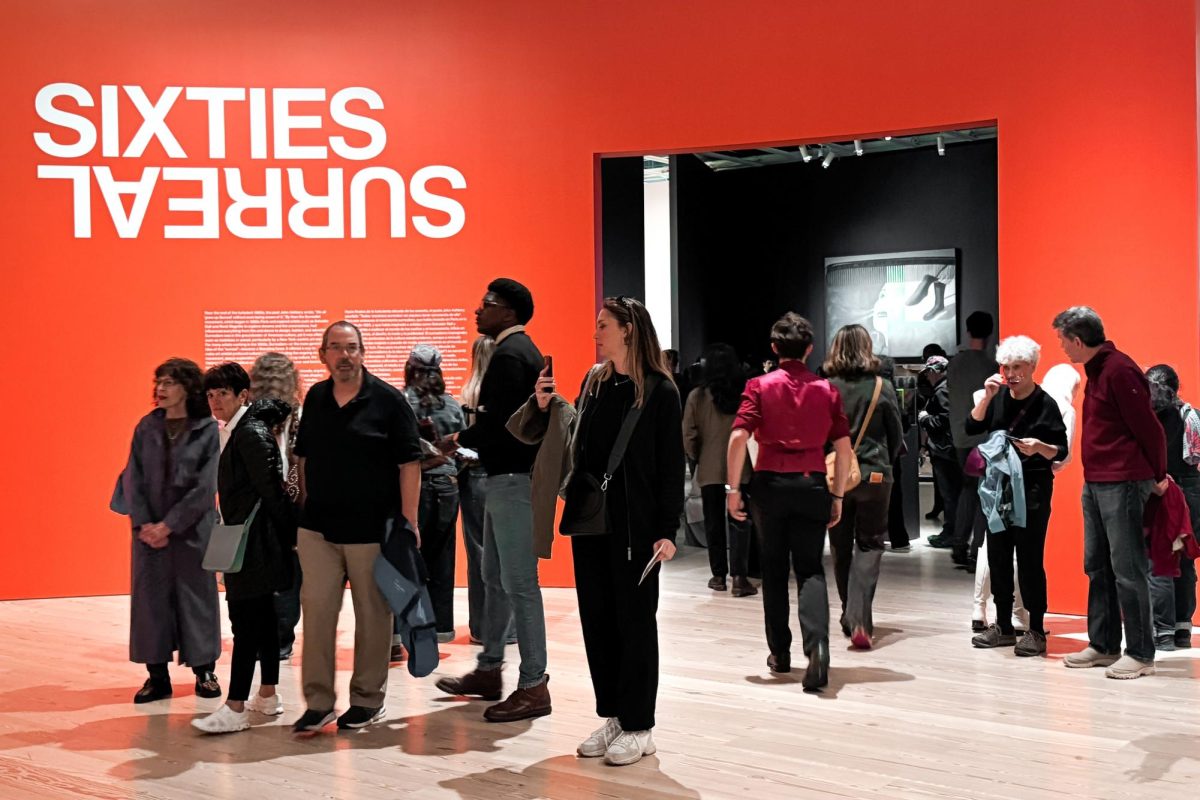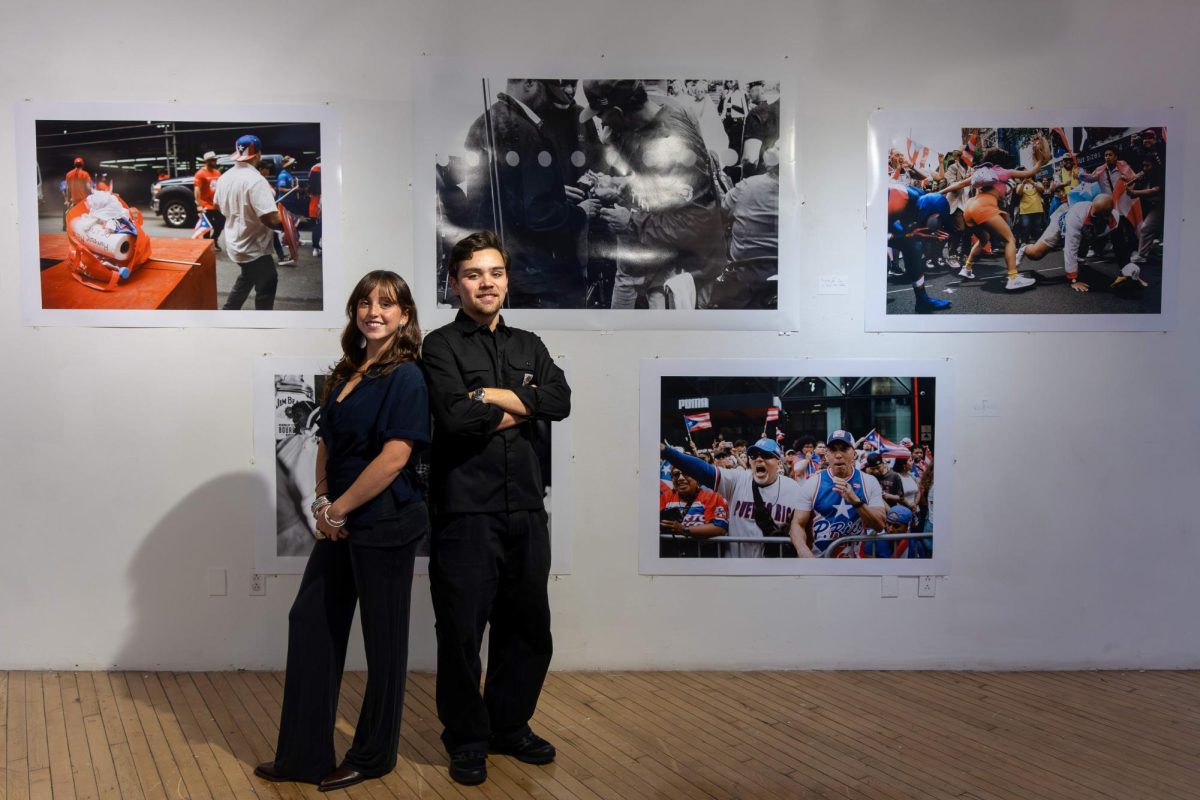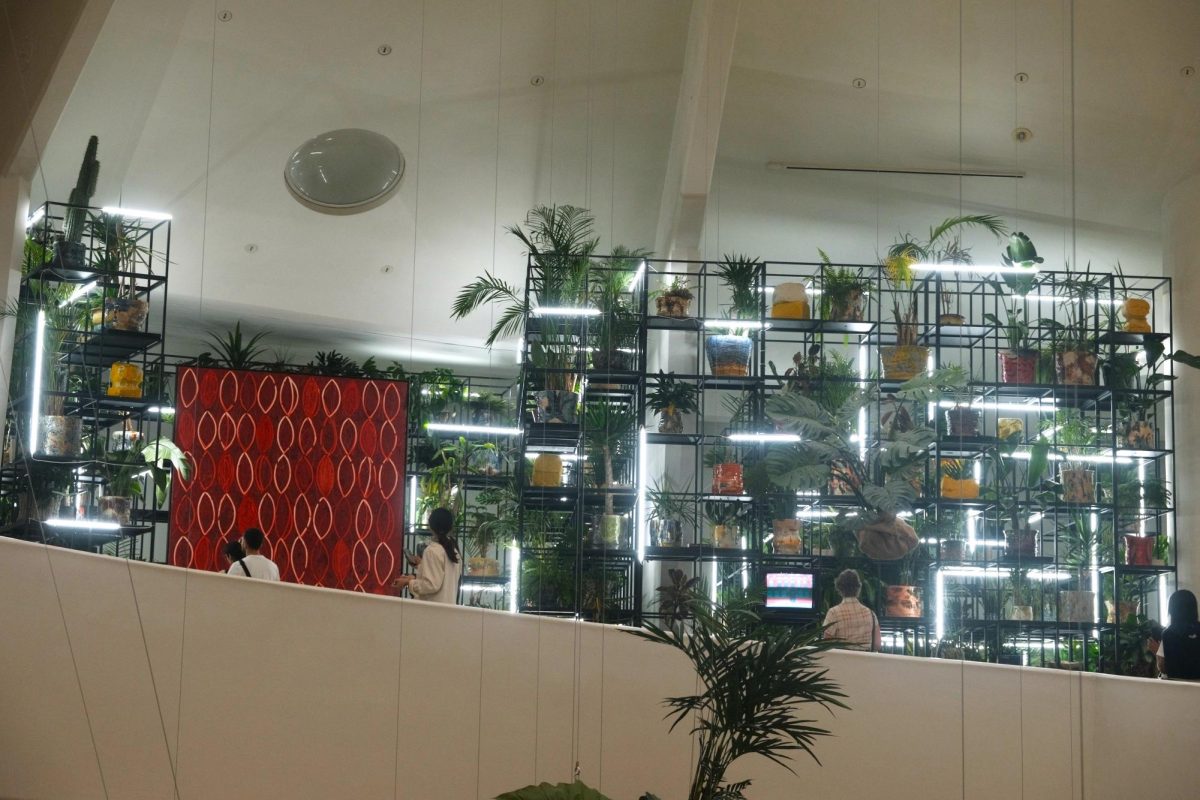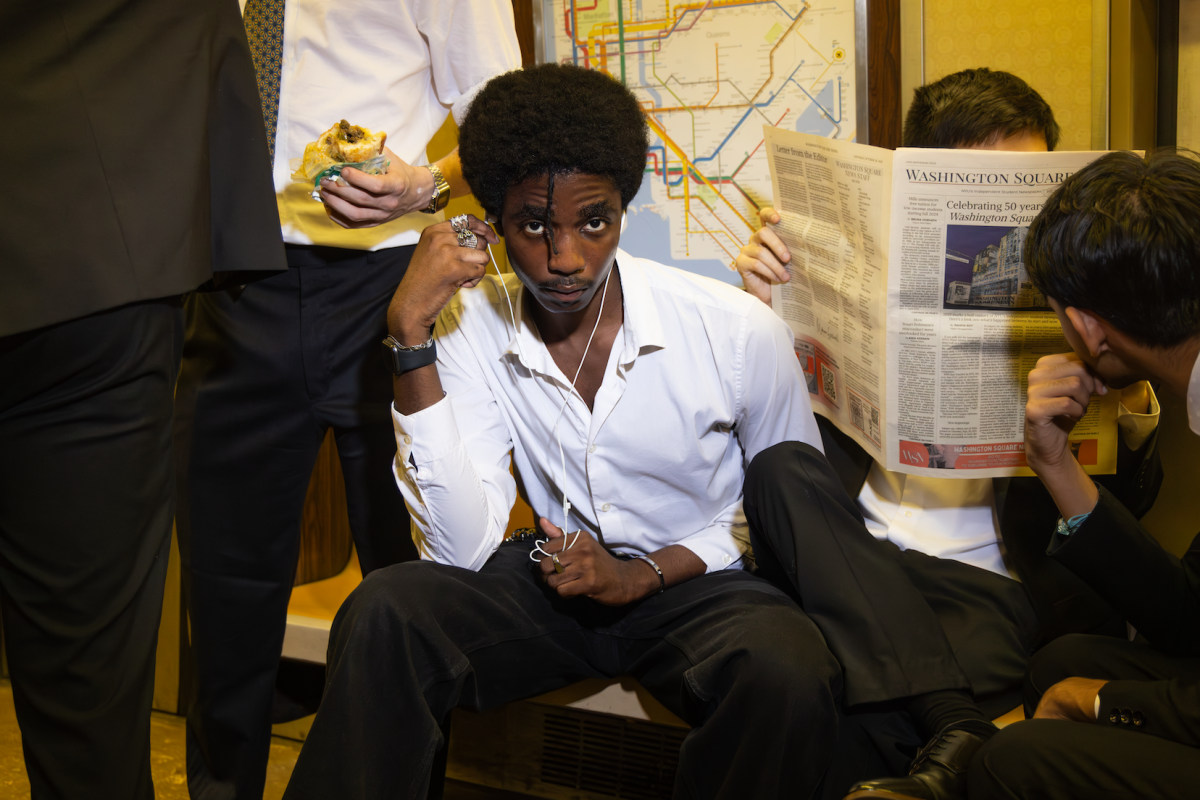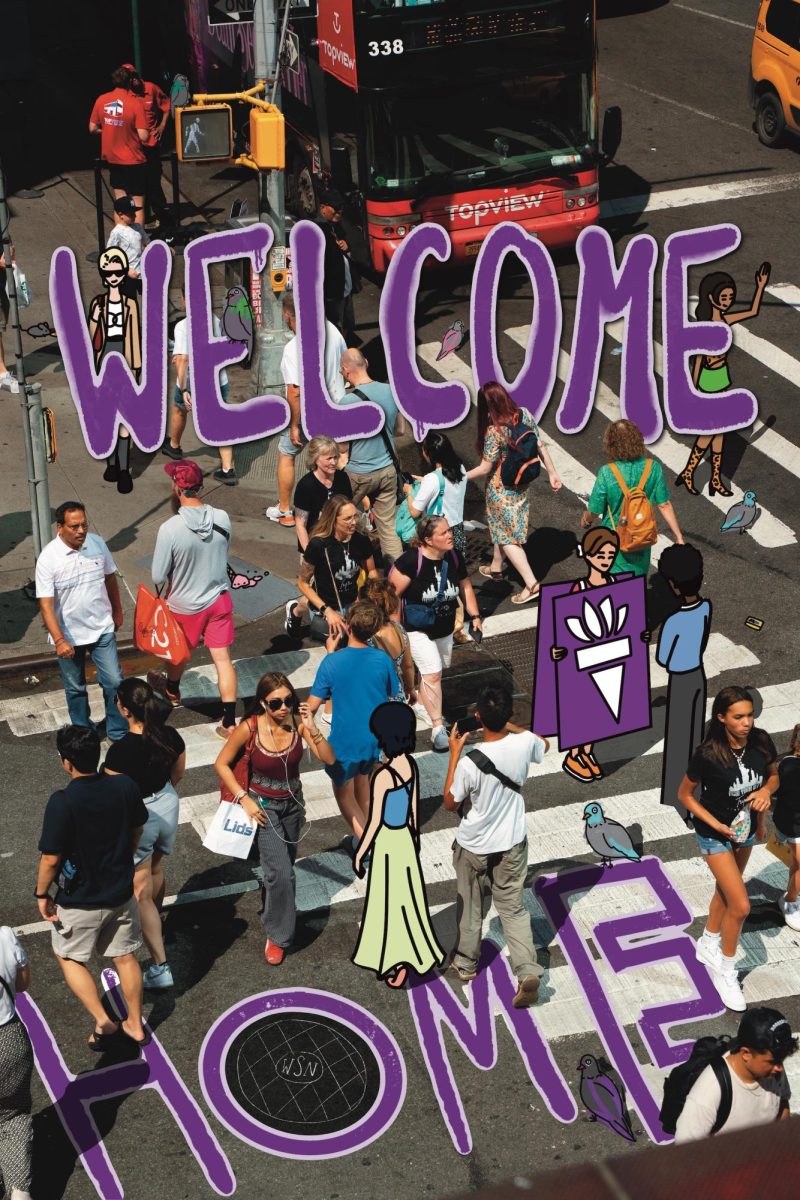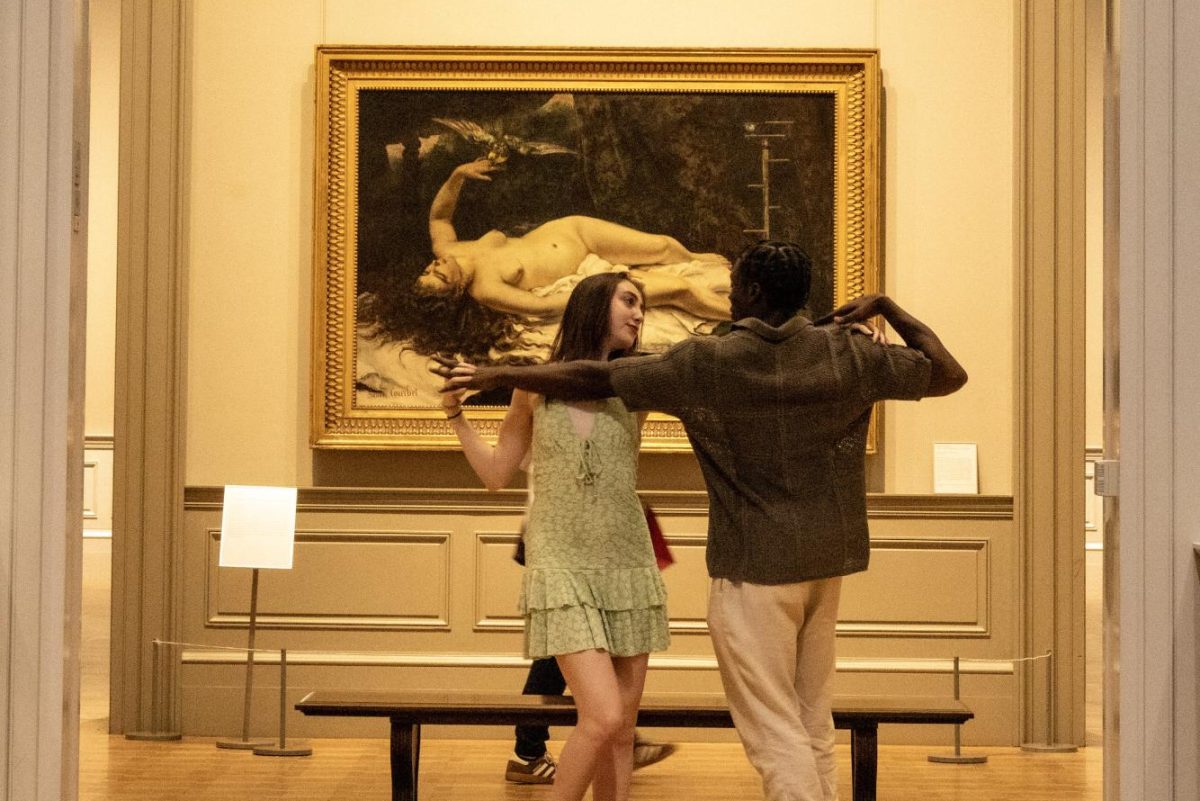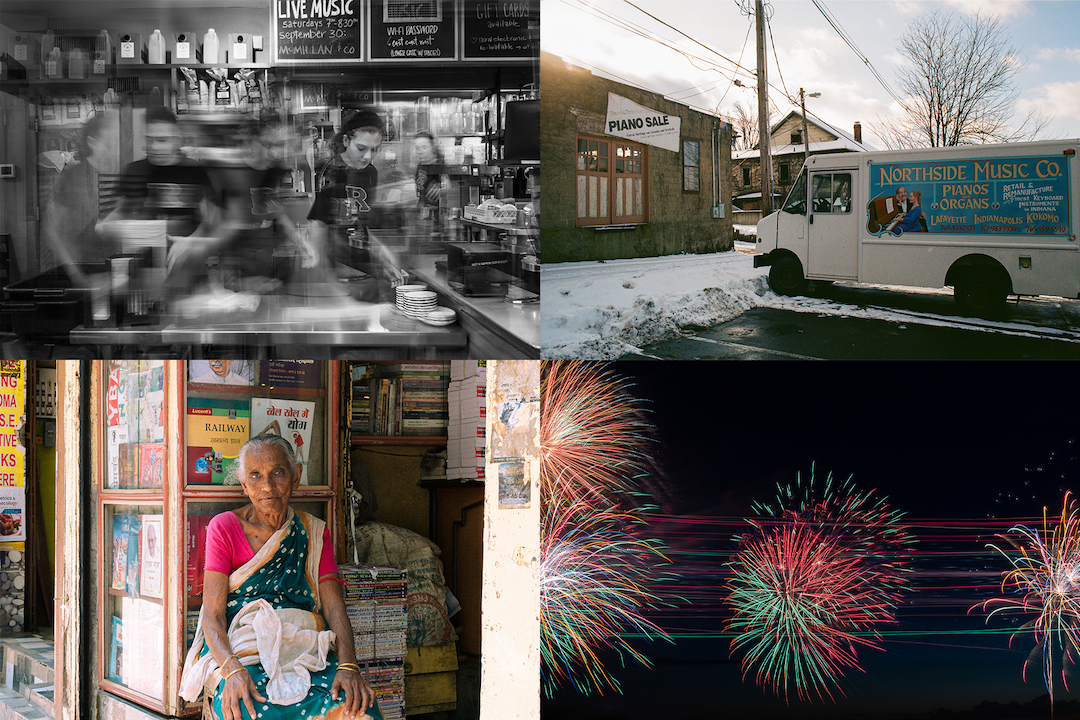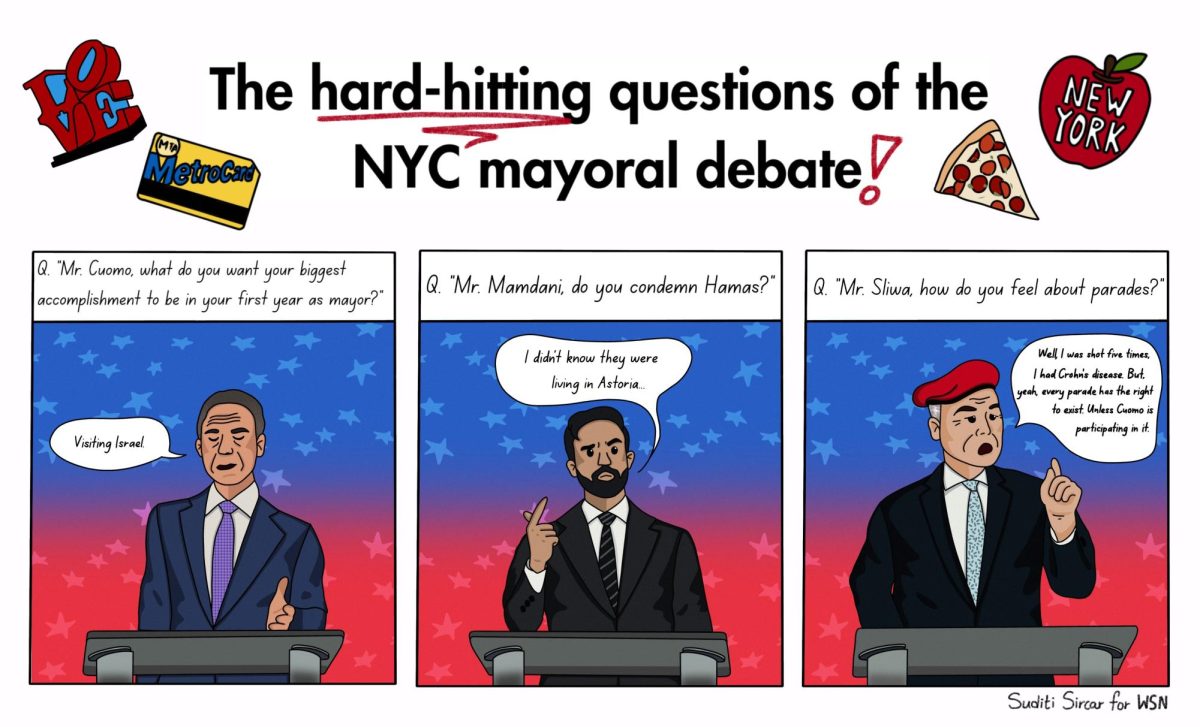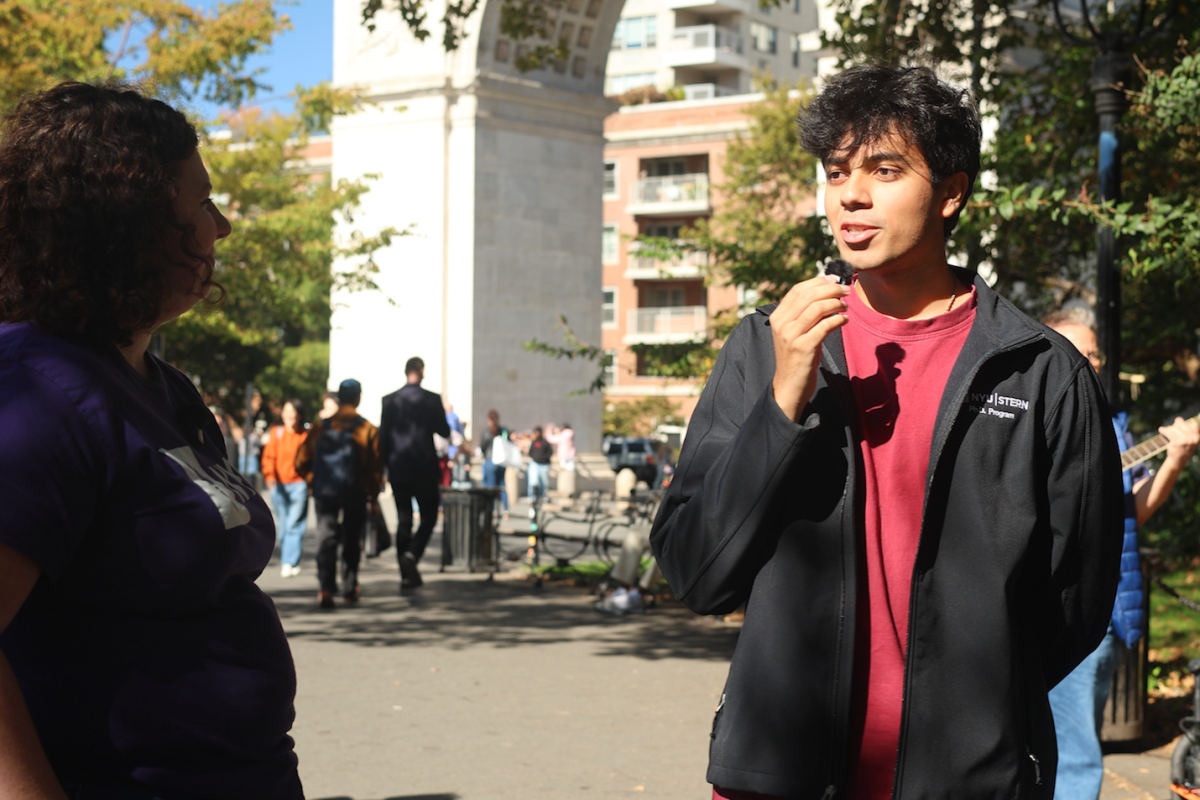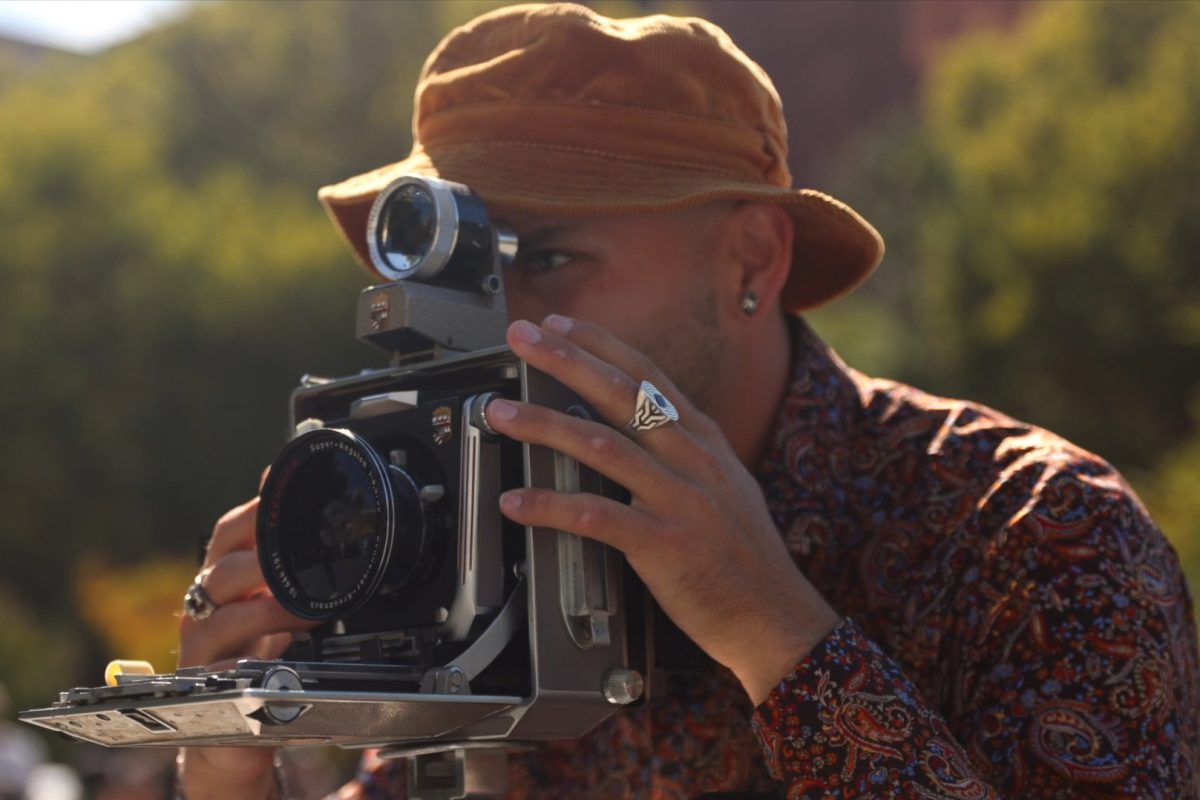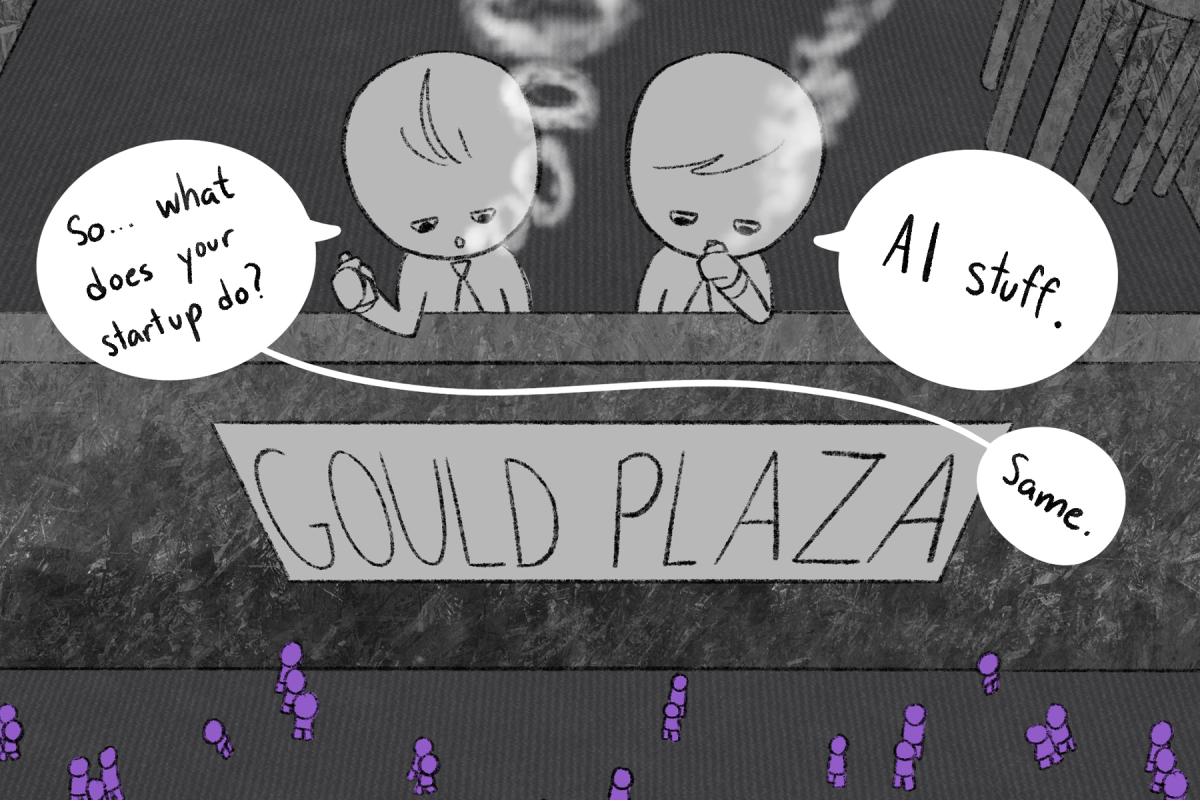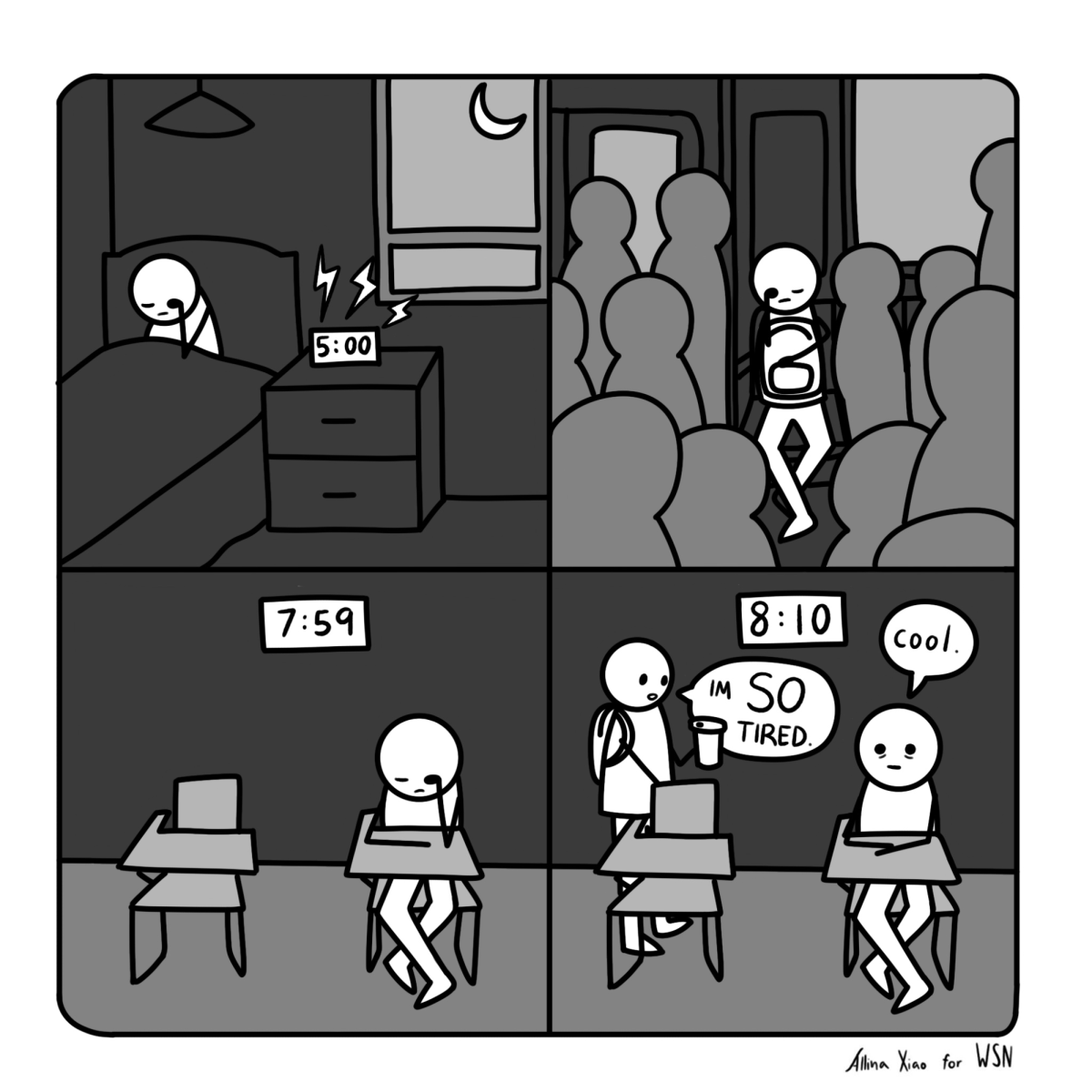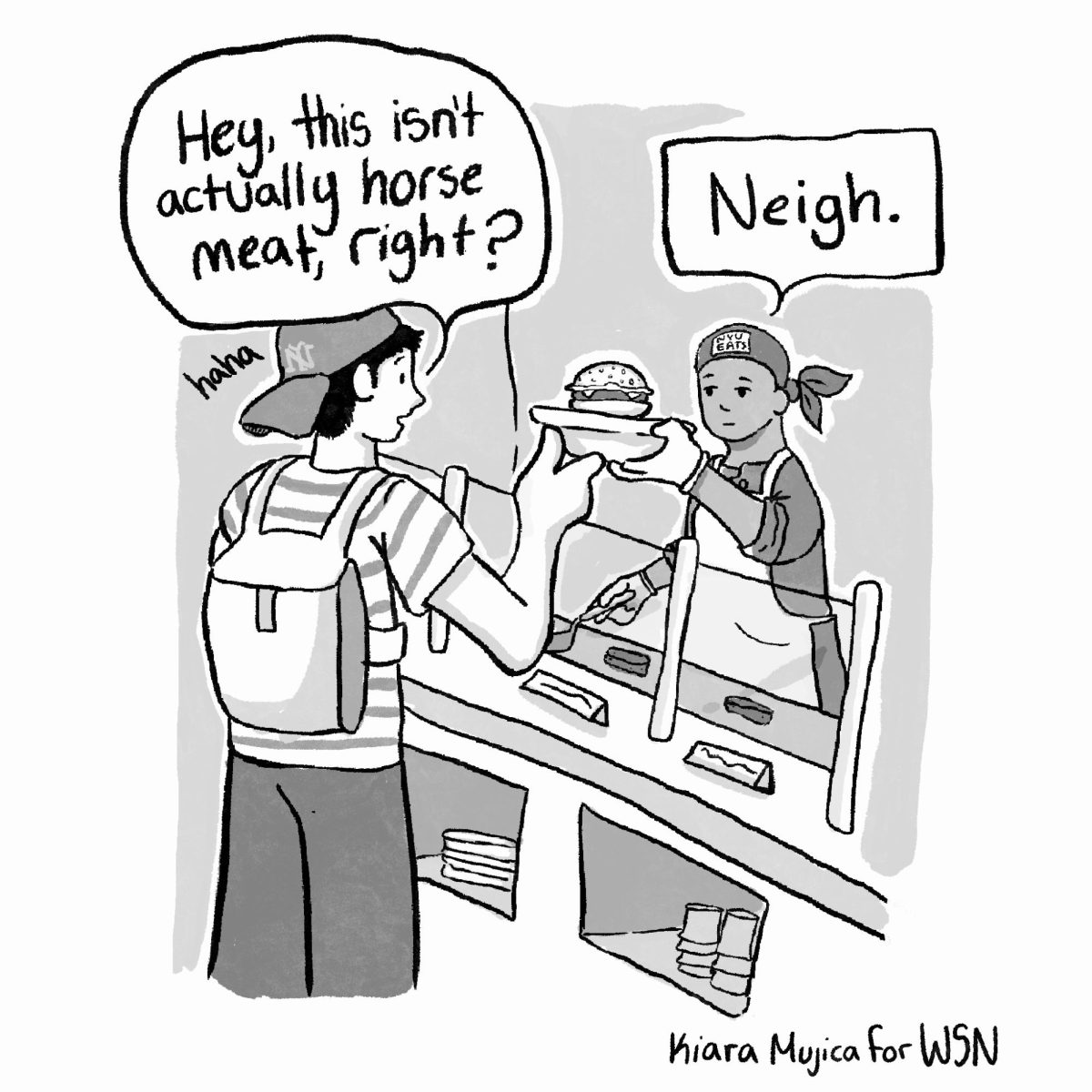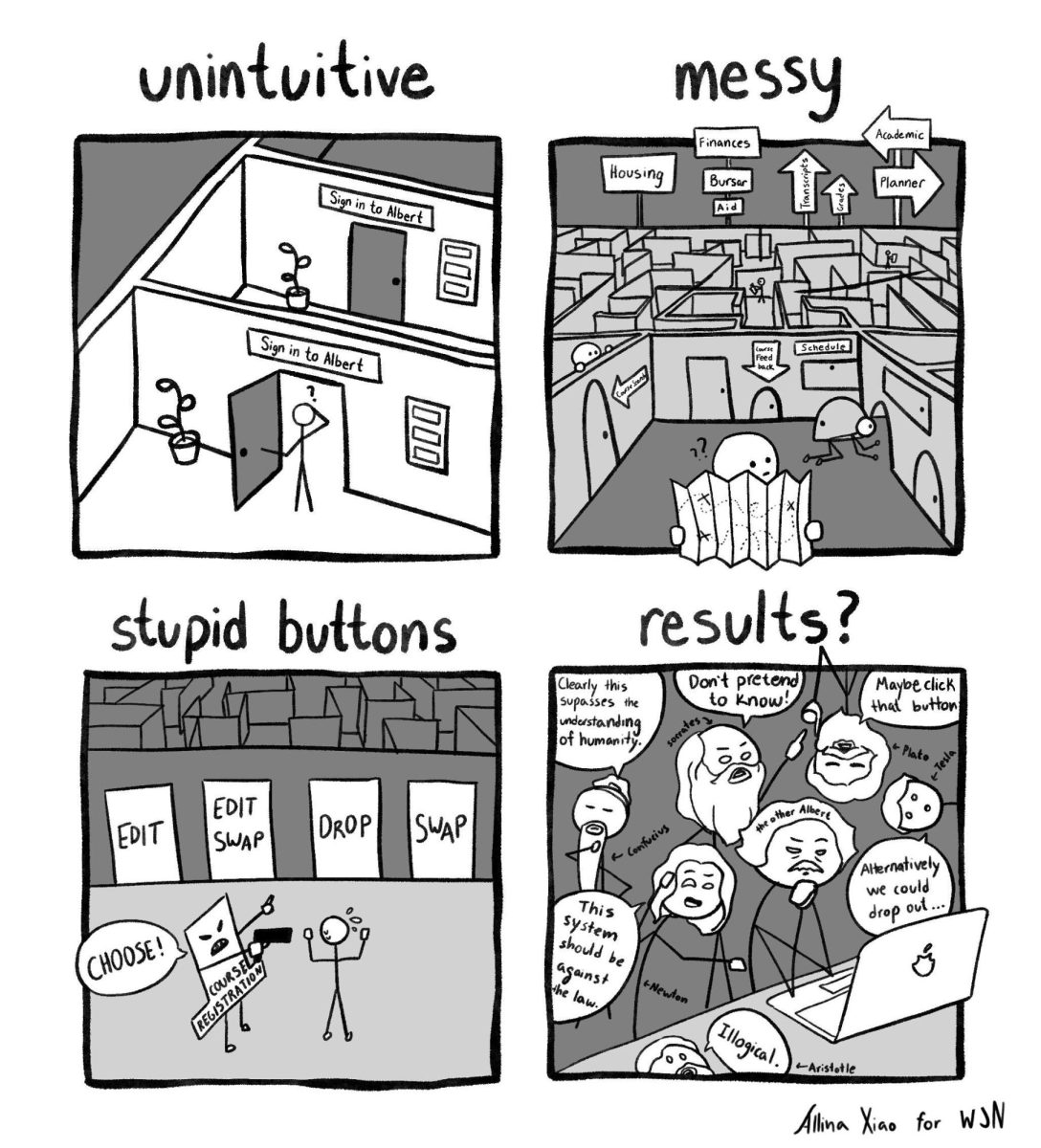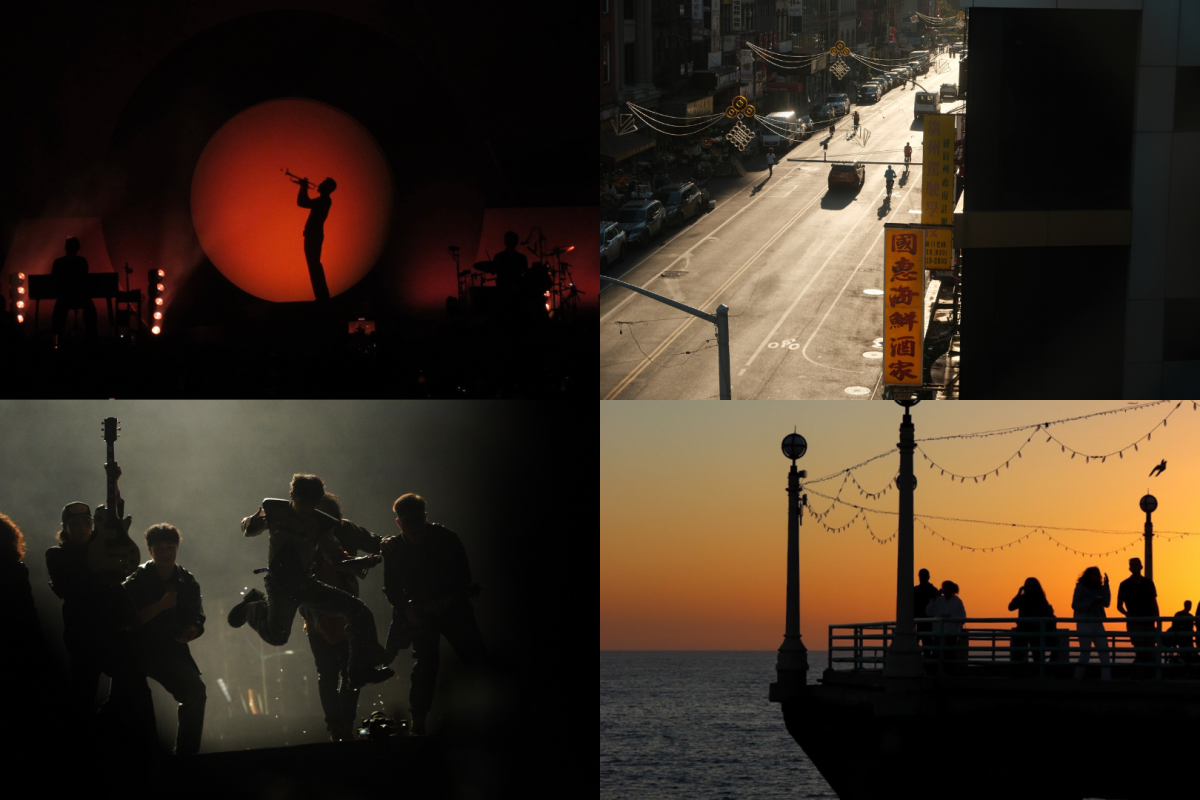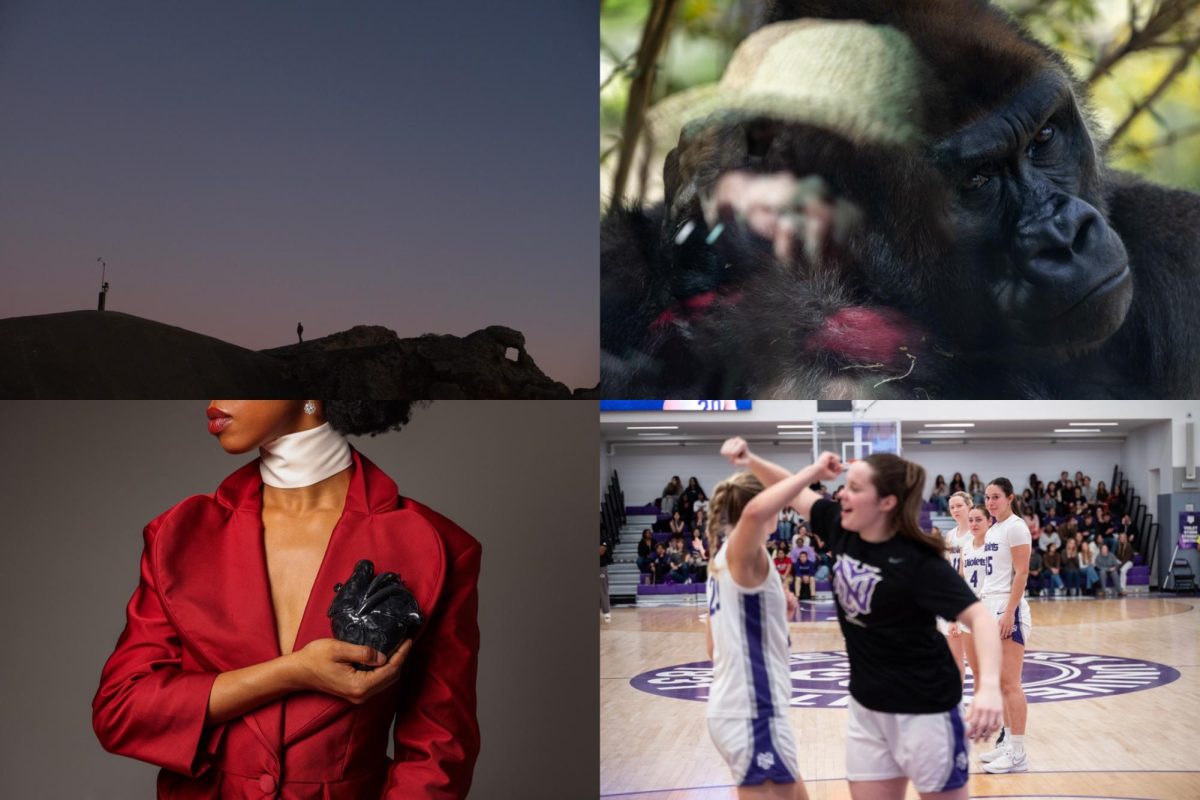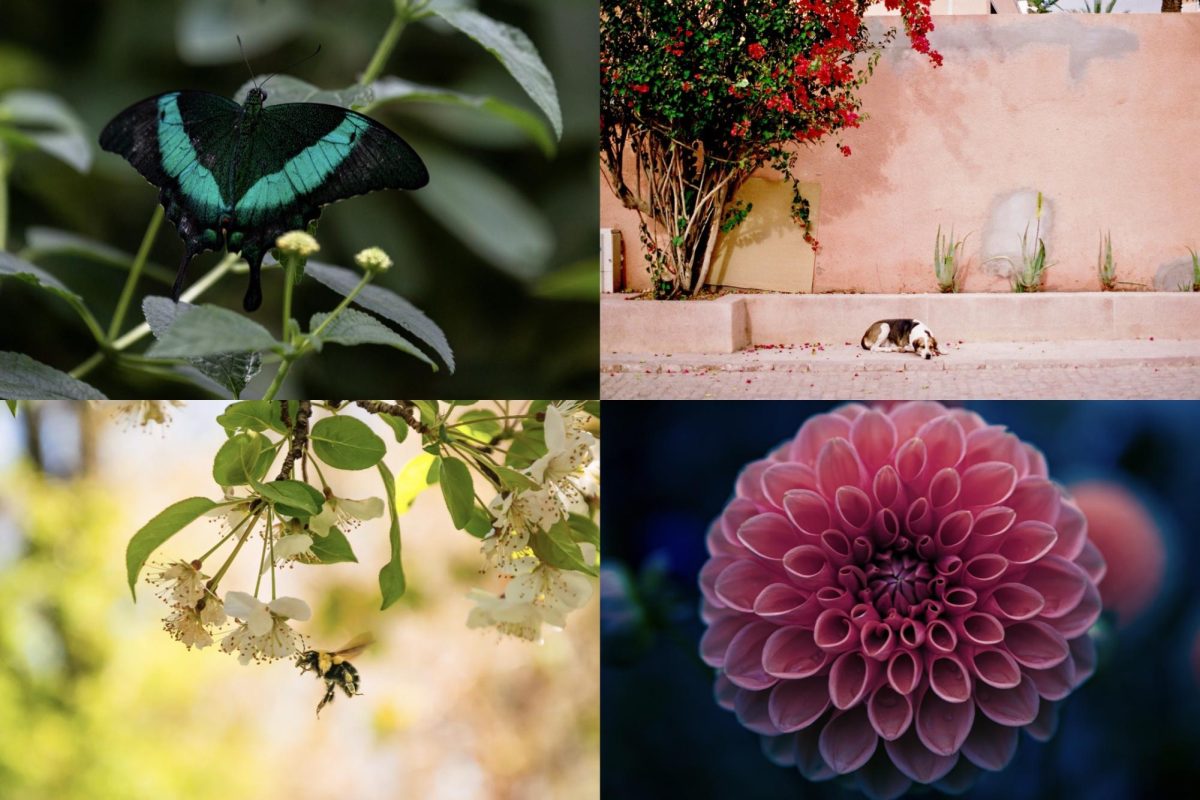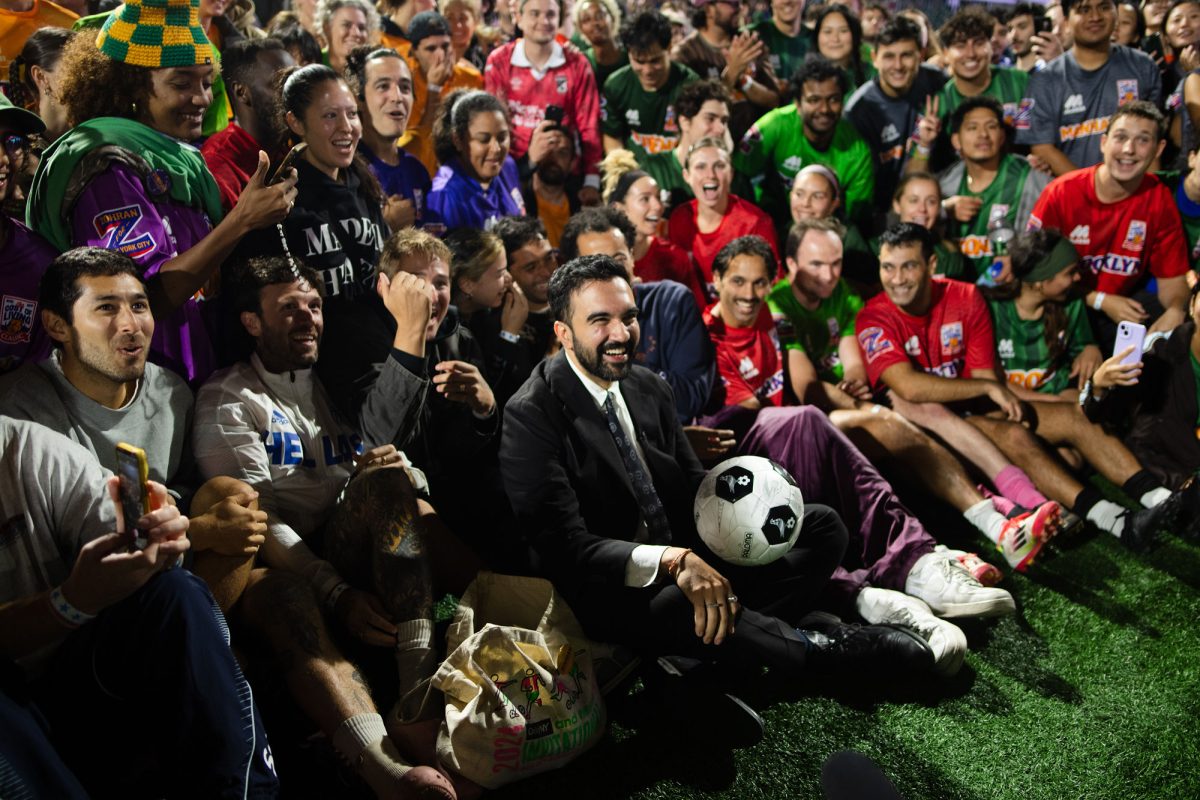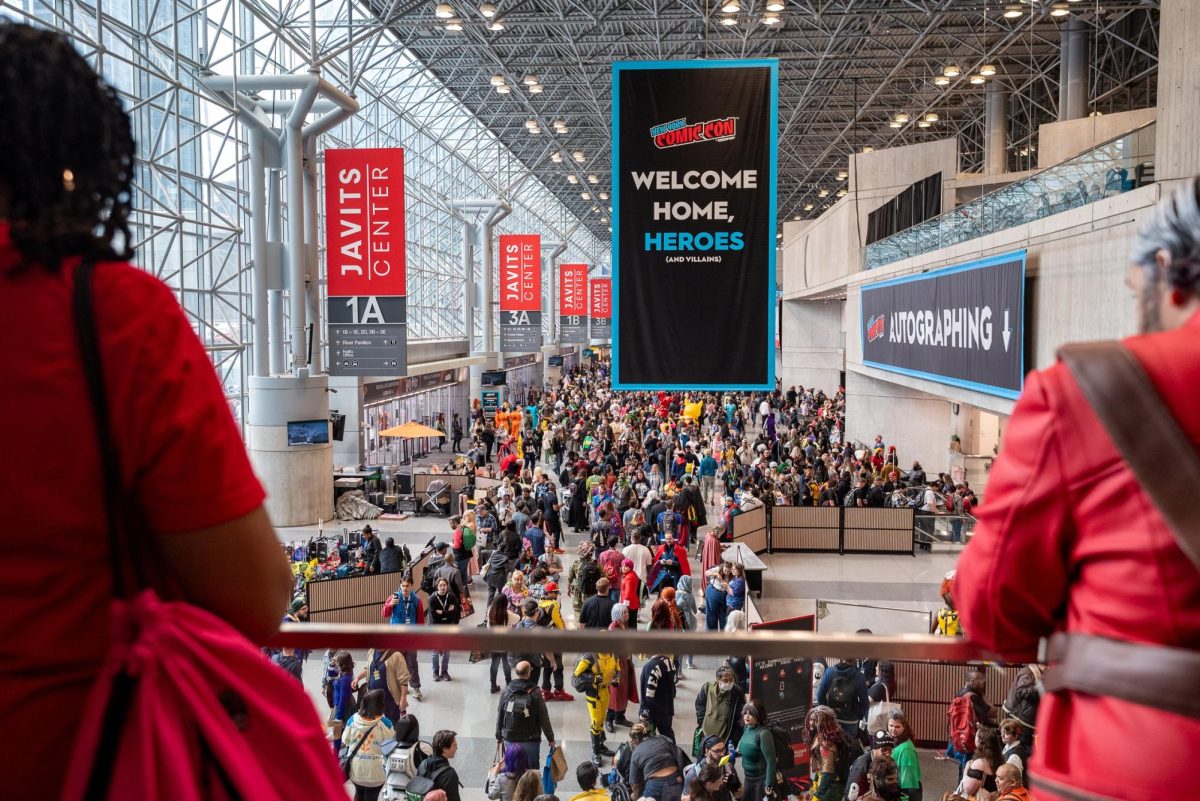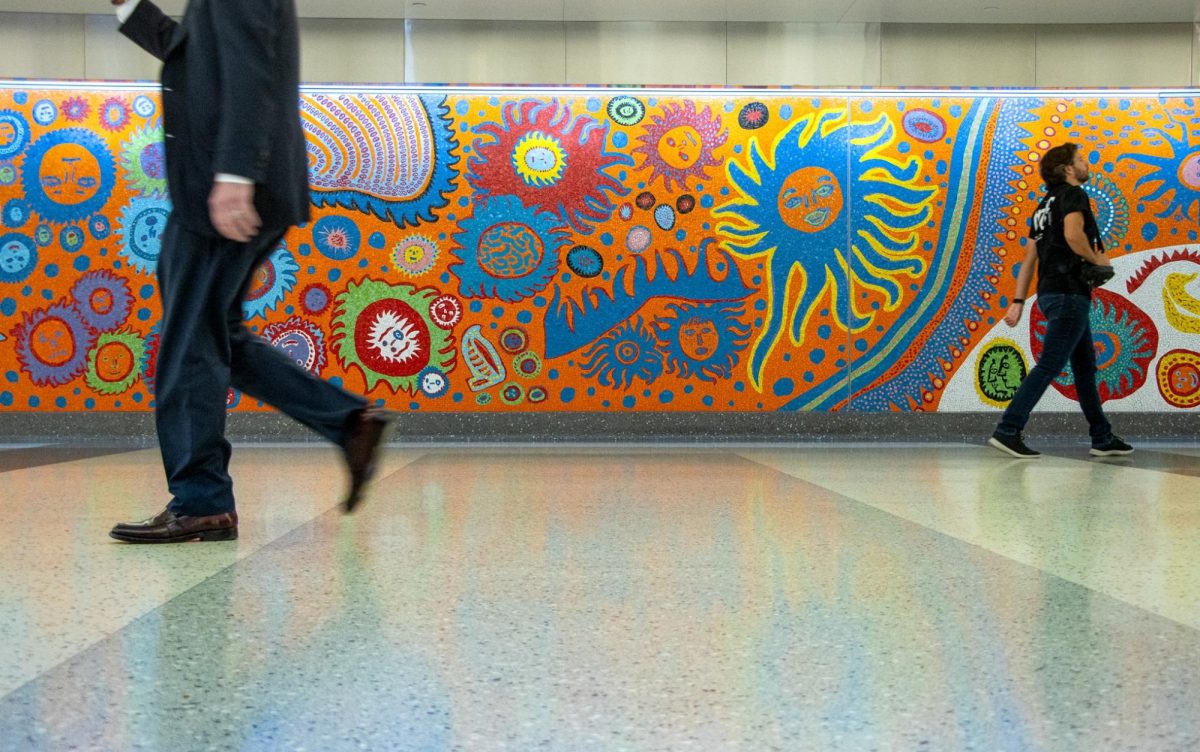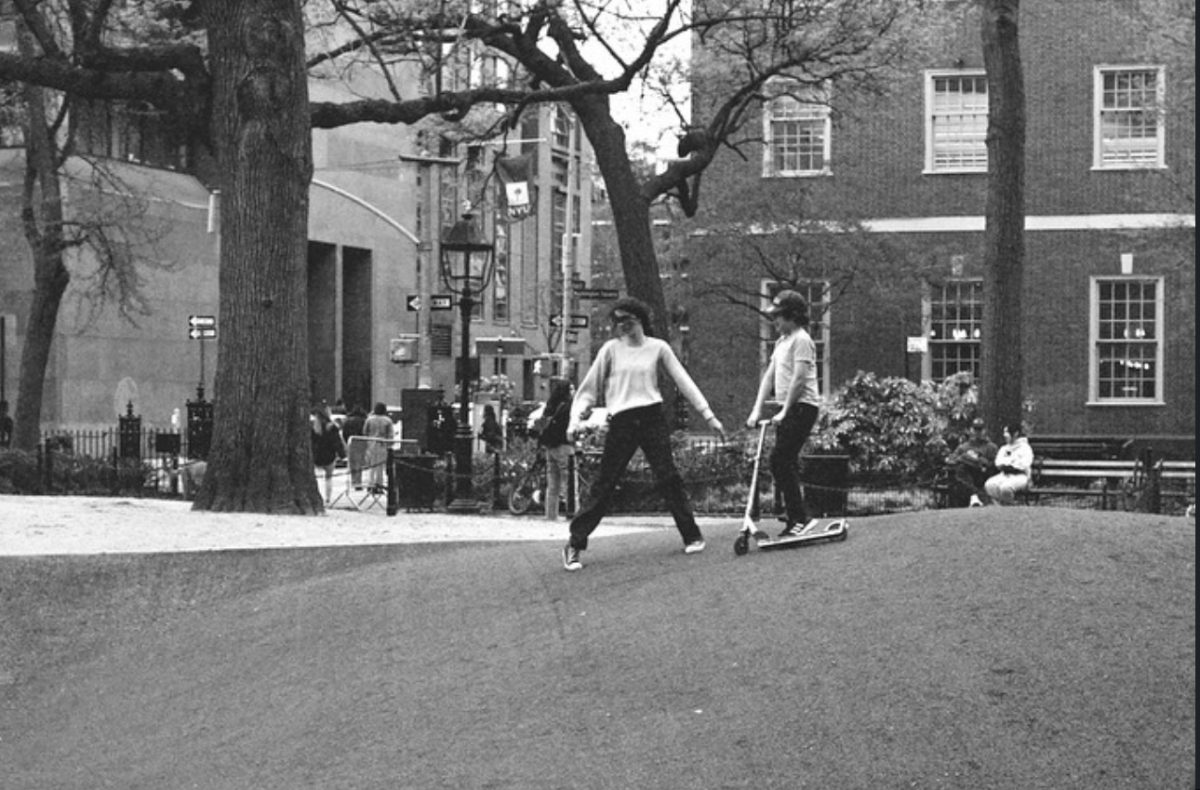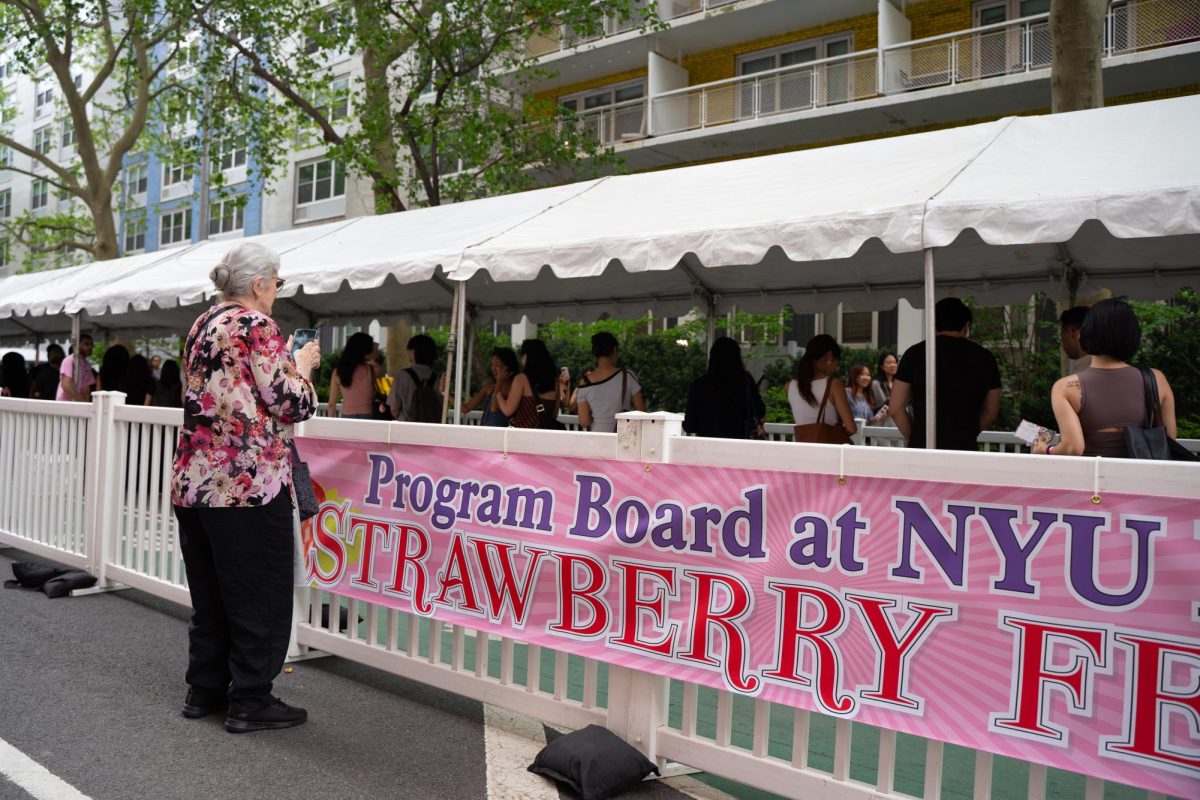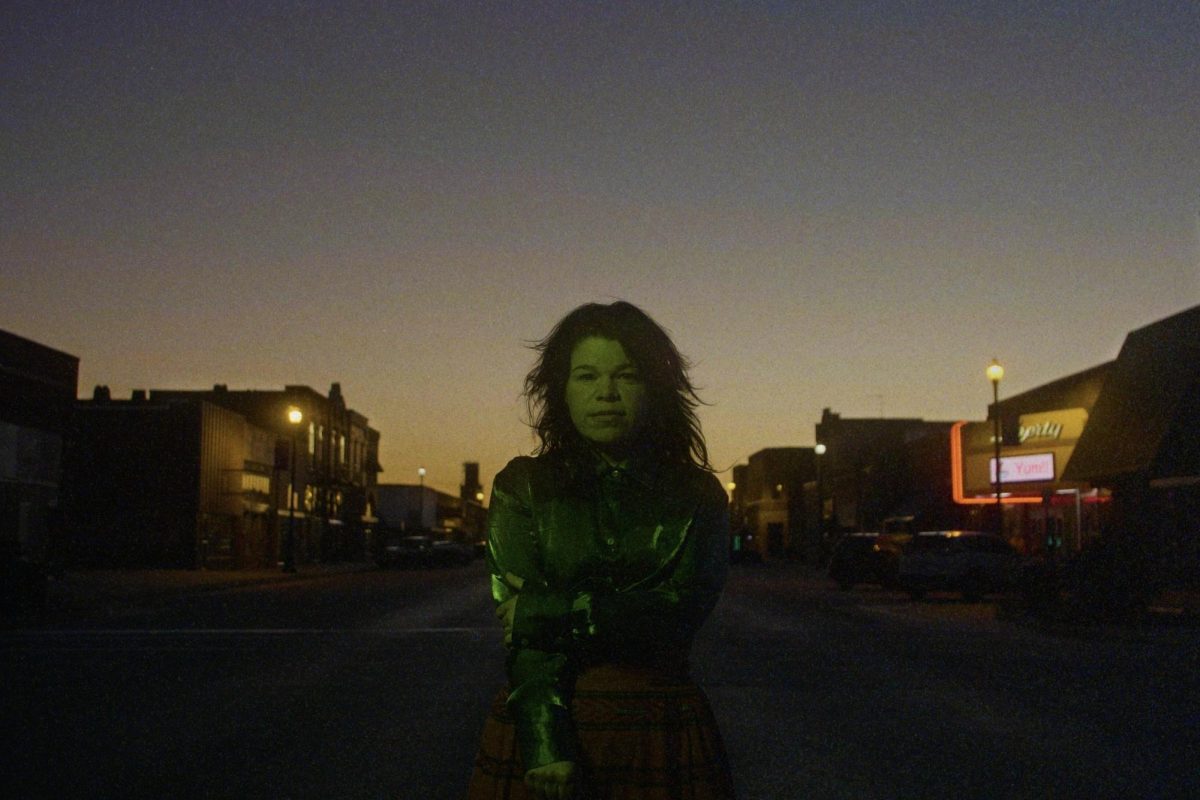For Samantha Crain, home isn’t a singular place. As a self-taught guitarist and songwriter, she has been on the road as a touring musician since age 19. Whether for her independent work — which won the Indigenous Music Award for best rock album in 2019 and three Native American Music Awards — or her time performing in bands, music has often been a solitary endeavor.
On her recent album release, “Gumshoe,” Crain turns over a new leaf, exploring what it means to find a sense of constancy and become more dependable through the people she meets and relationships she creates. Her textured folk-rock sound features interpolations of strings and brass across each track, as well as her own rich voice and the occasional improvisation. The titular song is deeply personal while also taking on an air of fiction, telling the story of two detectives who learn to lean on one another, a tale reflective of her own journey of self-discovery.
“I think I’ve just sort of purposely taken this idea that I’ve had of myself for so long, being this very independent person, having a lone wolf mentality,” Crain said. “I understand that I can still be that person, but I can make a conscious effort to invite other people into my life so I can learn from them and learn more about myself.”
In addition to her personal musical pursuits, Crain has situated herself as a storyteller by scoring for film. Her compositions have featured on films like Erica Tremblay’s Sundance-nominated “Fancy Dance,” as well as the documentary “Drowned Land.”
This interview has been edited for length and clarity.
WSN: Could you tell us about how you first became invested in guitar and songwriting?
Crain: My dad played guitar whenever we were growing up, and so there were guitars around the house. I think he had tried to teach me a couple times, but I am a very stubborn person that sort of only does things when they decide they want to do them. So for whatever reason, around 16 or 17, I picked up the guitar and locked myself in my bedroom to try and learn it, teaching myself through some books that we had around the house and writing these little songs. And around the same time, I was going to go see a lot of DIY shows in Oklahoma City. I realized that a lot of these people were driving in and out of town with their friends in these bands and playing songs that they were also writing in their bedrooms. So at that moment, it felt like it could be a place where I fit in and could extract some of this creative energy inside of myself.
WSN: As much as the songs on “Gumshoe” seem to revolve around reaching outwards to people, it seems quite anchored in place, too. How has your time in Oklahoma influenced this particular record, whether sonically or in terms of that idea of homecoming?
Crain: I guess stylistically, I’ve always been kind of confused about people’s perception of Oklahoma and, like, what music from Oklahoma sounds like. In my experience with the shows that I was going to as a kid, or even the shows that I go to now — The Flaming Lips, this crazy psychedelic rock band, is from Oklahoma. But I think people think that it’s like, only country music comes from Oklahoma or something like that and I didn’t really grow up listening to a lot of country music. I think there has always been this idea that, like, if I write something that is more folk-leaning or country-leaning, then that’s more honest to my roots. But I don’t really see it like that.
I just feel there’s so many aspects of the music scene around [Oklahoma] that it can be whatever it wants. I don’t think it’s as simple or as black and white as that, but especially with the internet, I am of the age where I had full access during high school and stuff like that. So, like, I was definitely already experiencing things outside of whatever my one little city was … I’ve traveled so much. I’ve been touring so much for my adult life that I feel like it’s more about leaving home. I think that influences me and my sound almost even more so than being [Oklahoma], if that makes sense.
WSN: How does your indigenous background influence your work?
Crain: On previous records, I’ve written songs in the Choctaw language, which is really important to me, being on my own journey of learning the language of my ancestors … I didn’t include any Choctaw language songs on this record, mainly because I’ve started to have a different relationship with it, personally. It felt like I was almost doing a disservice to think of ideas in English and then translate them to Choctaw. So I need more time at this point to work on writing songs from a Choctaw perspective. I am currently writing songs in Choctaw, but I’m going about it in a different way that takes a little bit longer.
I do feel like it is important for me to be visible as somebody with Choctaw heritage, because I didn’t have that when I was growing up. It’s important for younger Indigenous artists to be able to see that there are people out there making contemporary things and having different experiences of their Indigeneity out in a public way. That’s what led me to do the beadwork cover art for all of the songs that I’ve been putting out. I actually didn’t really know how to do that … and I did not really have the budget to do that, to pay someone to do that. So I said, “What better way to reenact this idea of gumshoe-like curiosity than teaching myself how to do something in real time?”
WSN: How does your creative process differ when you’re developing scores for film, and have those experiences in scoring influenced your personal songwriting process in turn?
Crain: When you’re scoring a film, you’re trying to help a director achieve their vision. You’re not really imposing your thoughts or your feelings about how a scene should be on them. That was the biggest learning curve for me. “Fancy Dance,” which was the first film that I did score, was learning how. You have to keep working towards what the director wants. Because it’s their vision, it’s their world that they’re creating. Whereas with my own songwriting, I’m basically just having conversations with myself. When I started doing film scoring, I have found that I have started a lot more of my own songs with an instrument sound or a rhythm that I like. The instrumental film scoring world is [about], “What kind of instrument evokes this feeling?” That’s really the only crossover that I found, that it’s expanded my palette when it comes to my own songs.
Contact Eleanor Jacobs at [email protected].



